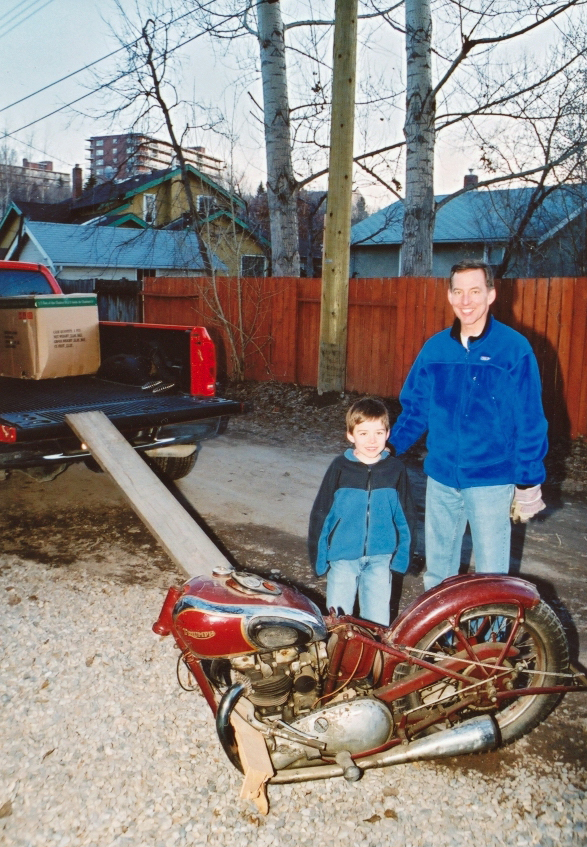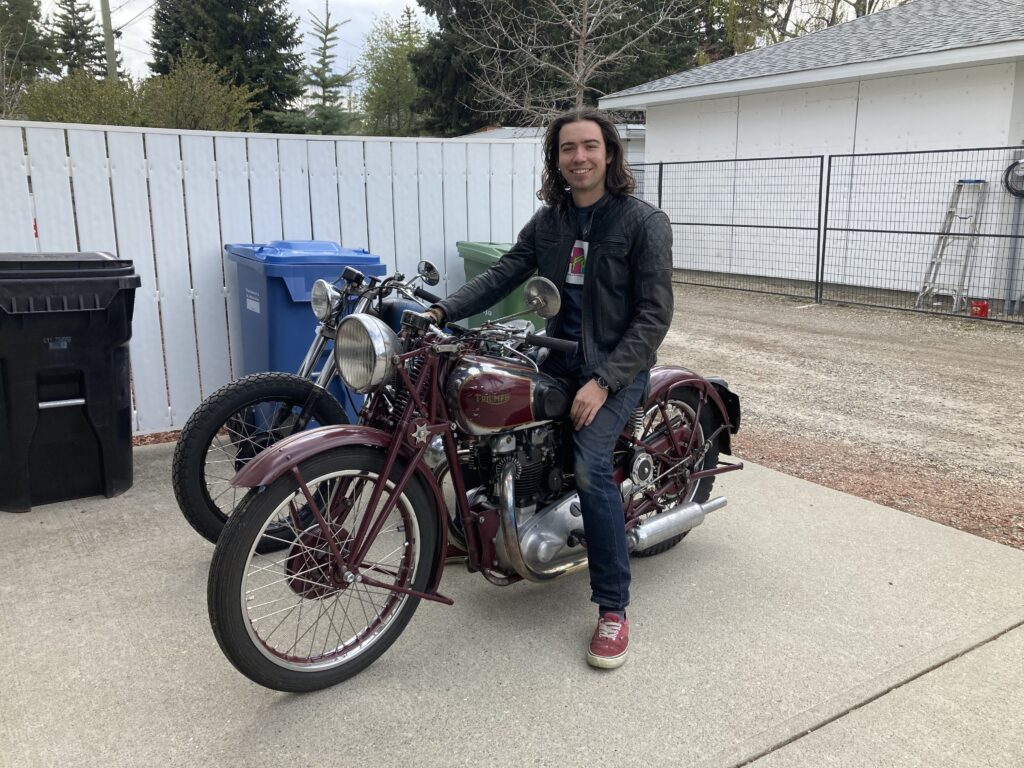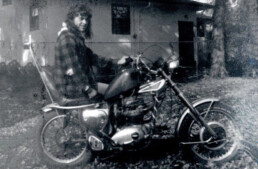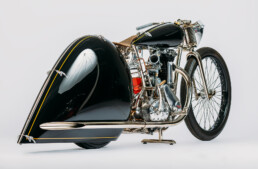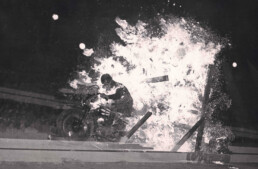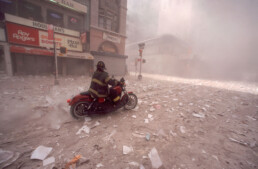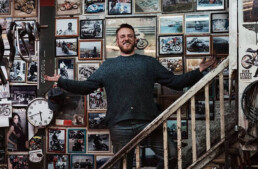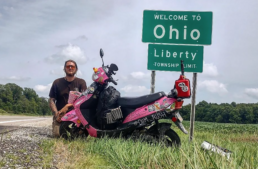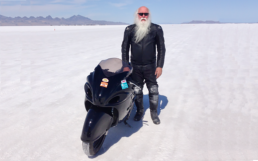Cross-Country Antiques: the First Transam
CROSS-COUNTRY ANTIQUES: INAUGURAL TRANSAMERICAN MOTORCYCLE ENDURANCE RUN
Really nervous. That’s how event organizer Kelsey Jackson felt when riders launched their antique motorcycles down the twisting two-lane blacktop on September 4, 2025, from Jennette’s Pier in Nags Head, North Carolina, on the first leg of the inaugural TransAmerican Motorcycle Endurance Run. While hoping the event would be fun for all involved, she was also stressed people wouldn’t show up in the small towns and villages where ‘cyclists would stop for layovers. Prior to the event, “I worked with each community and got press releases out and worked with either the visitor bureau or Chamber of Commerce, and sent out flyers and social media blasts to encourage folks to turn out, even if they’re not motorcyclists,” Kelsey said. “I must tell you I was really nervous because I’ve never done this before. I’m a digital media girl, and I have written tons of press releases, but working with towns and communities was new to me. When we pulled into our first town, which was Apex, North Carolina, there were actually people there and I was like, ‘Oh, thank God!’, because I was worried no one would show up.”

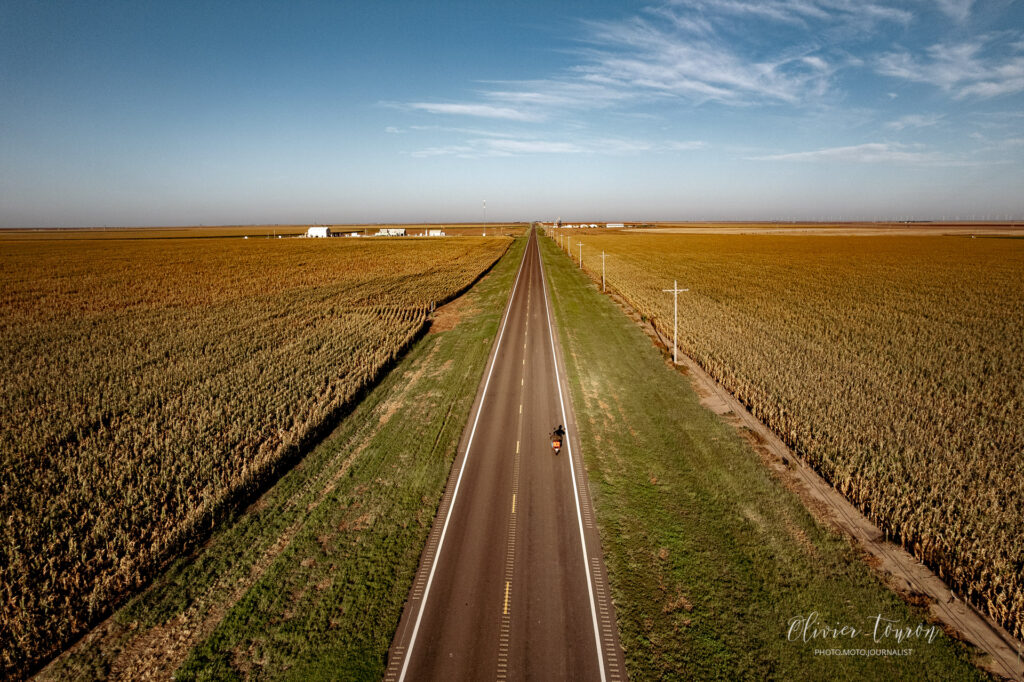
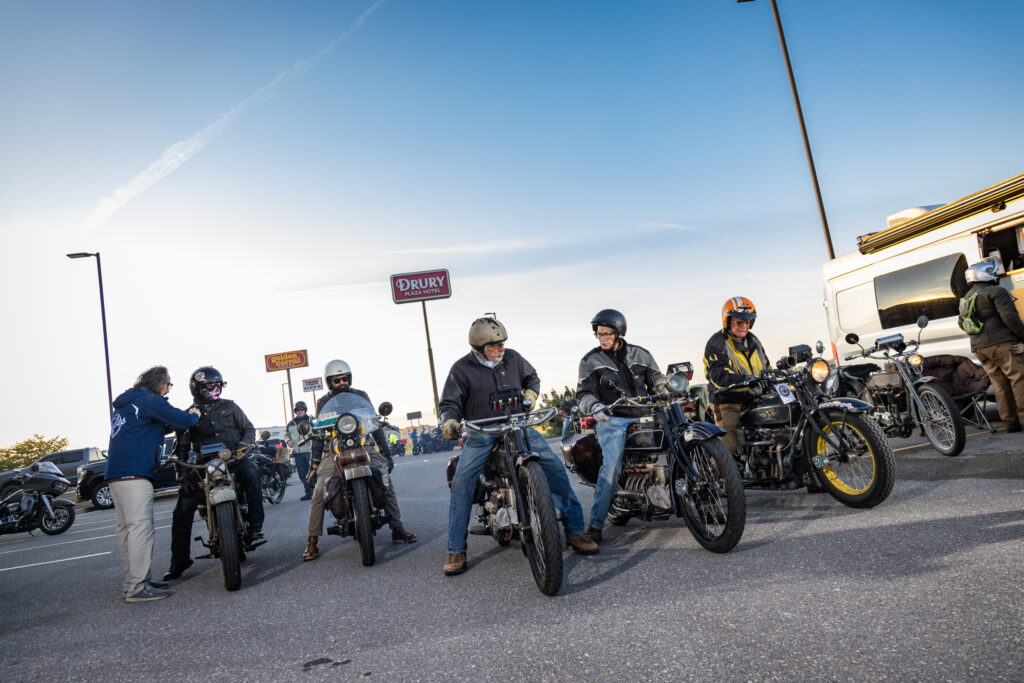
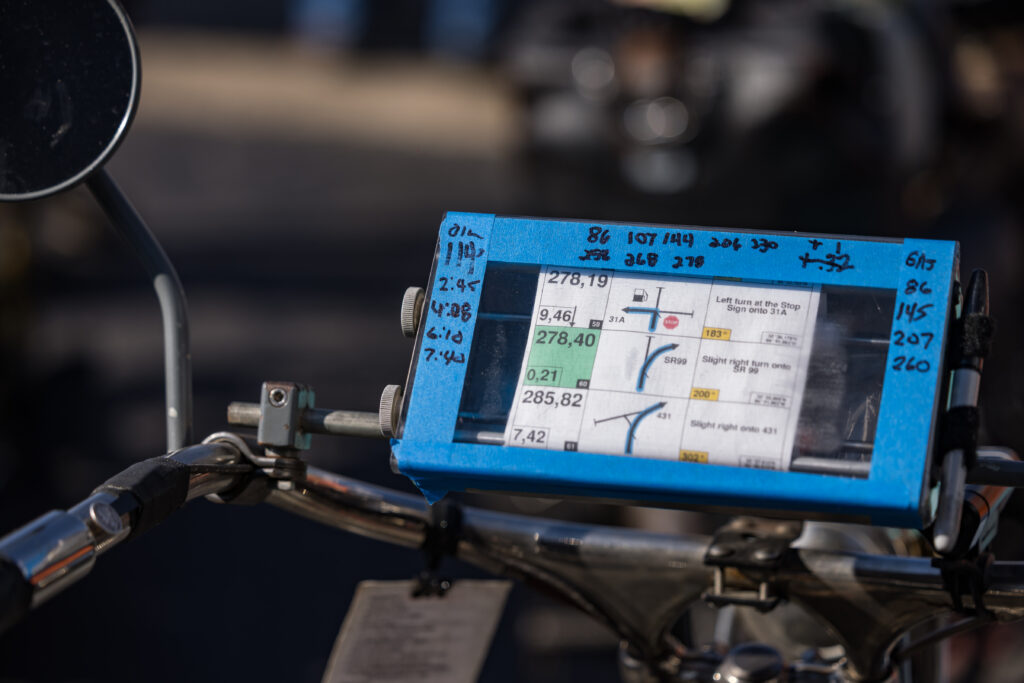
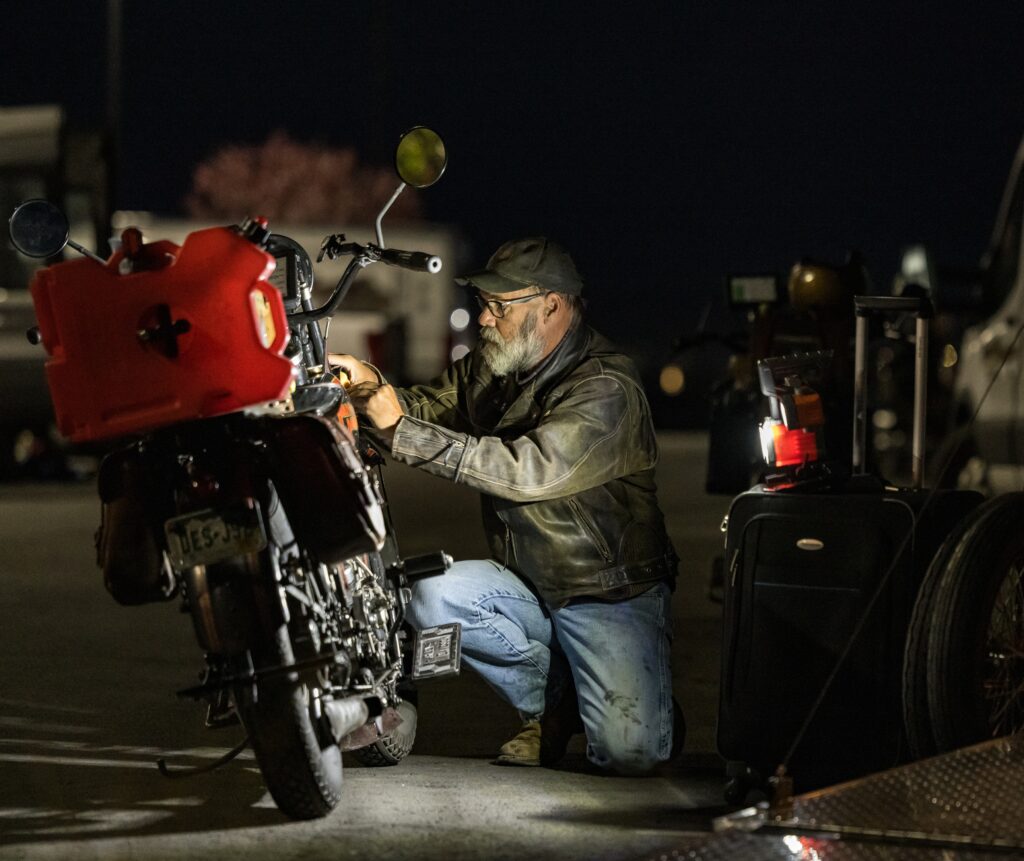

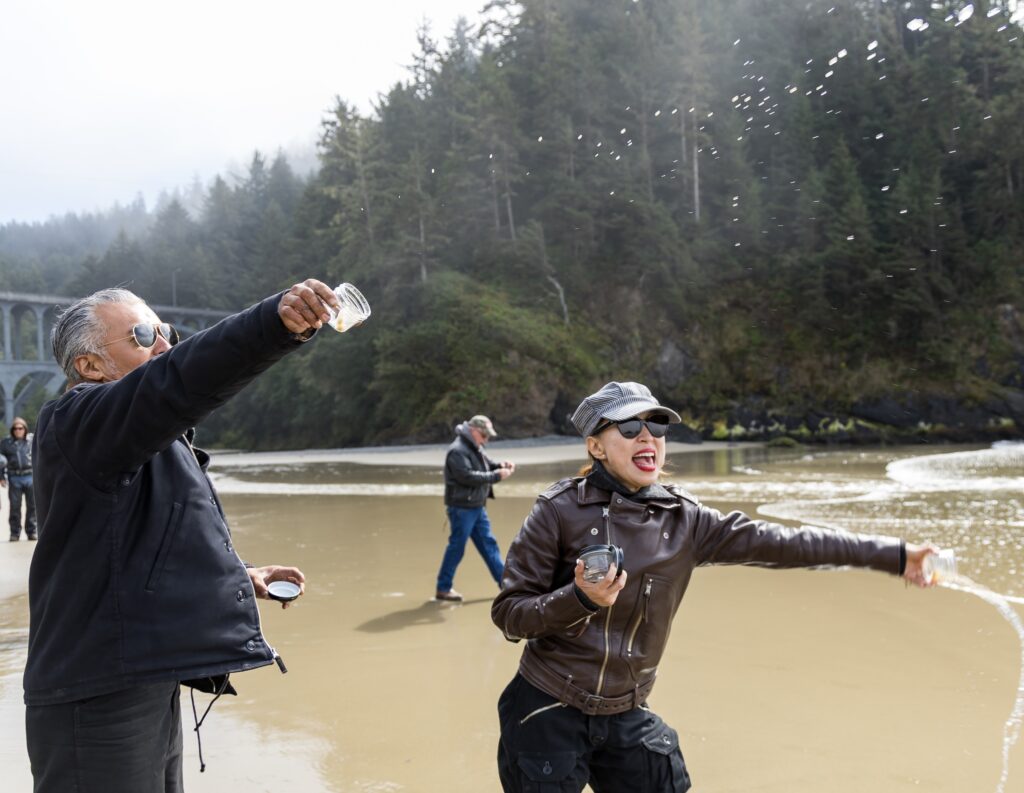
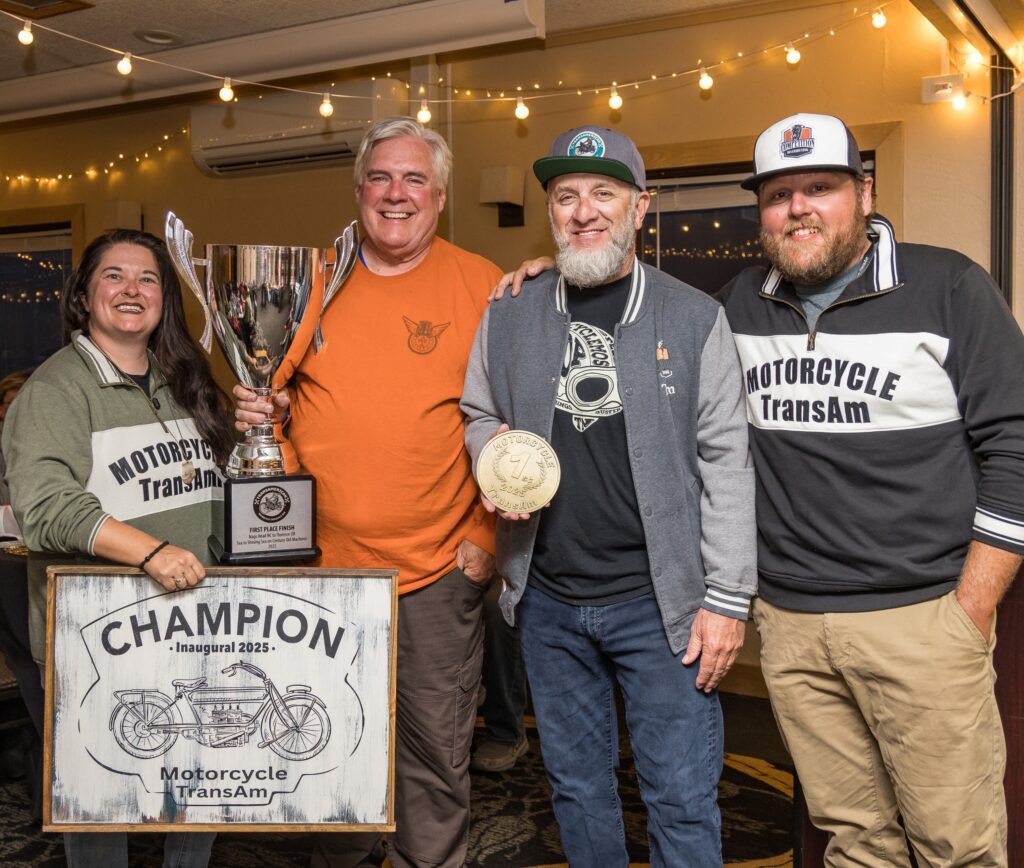
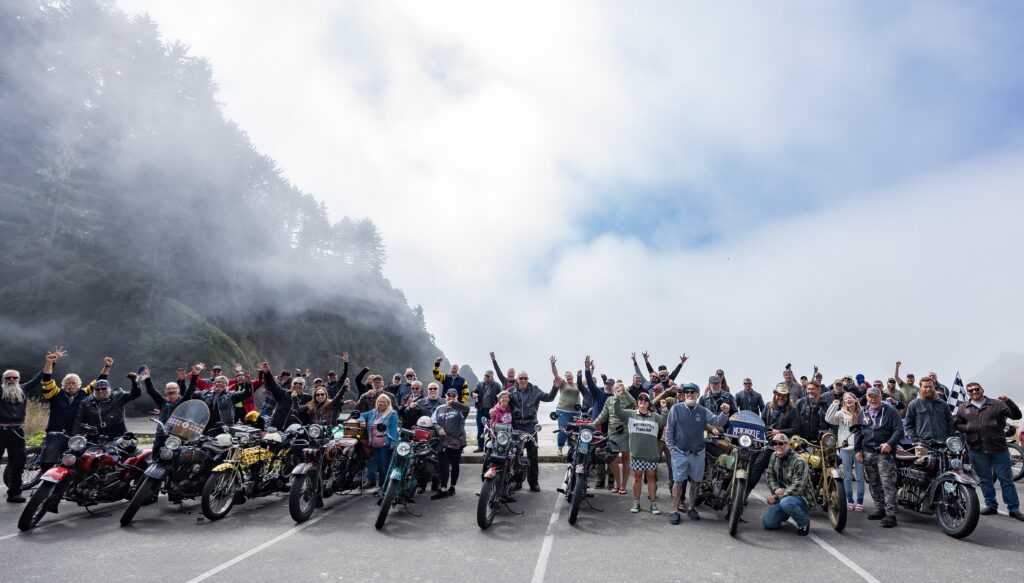
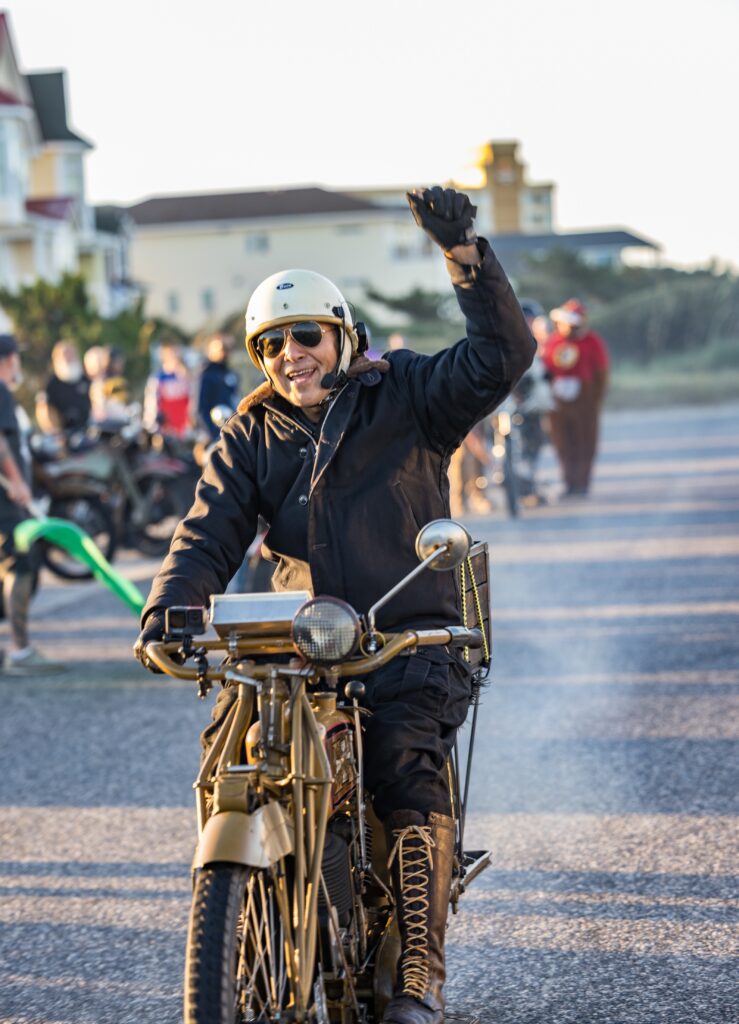
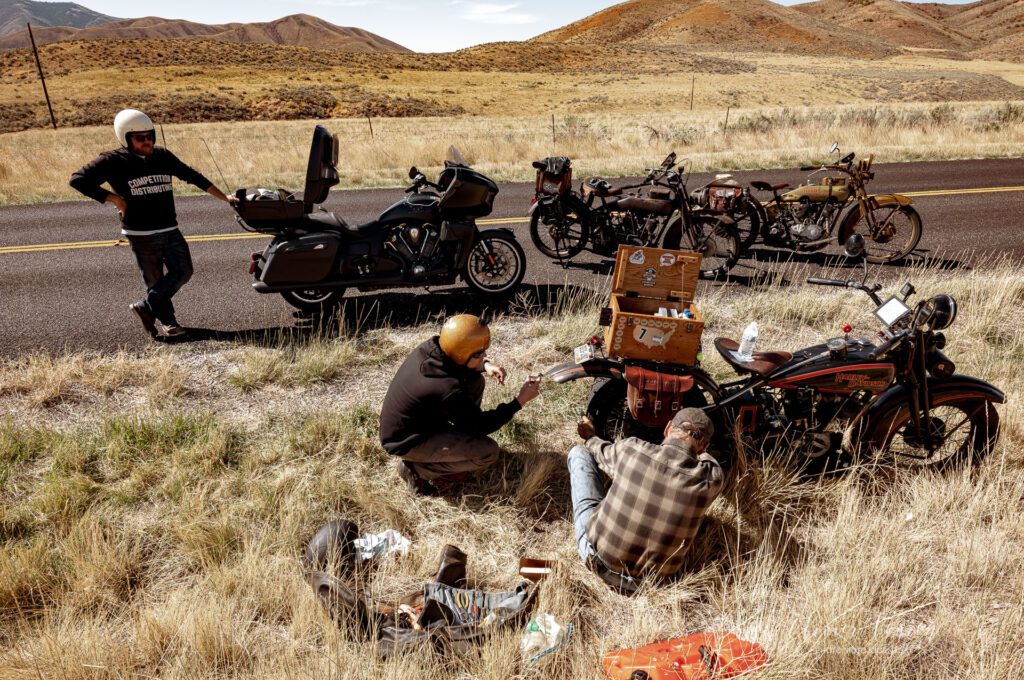
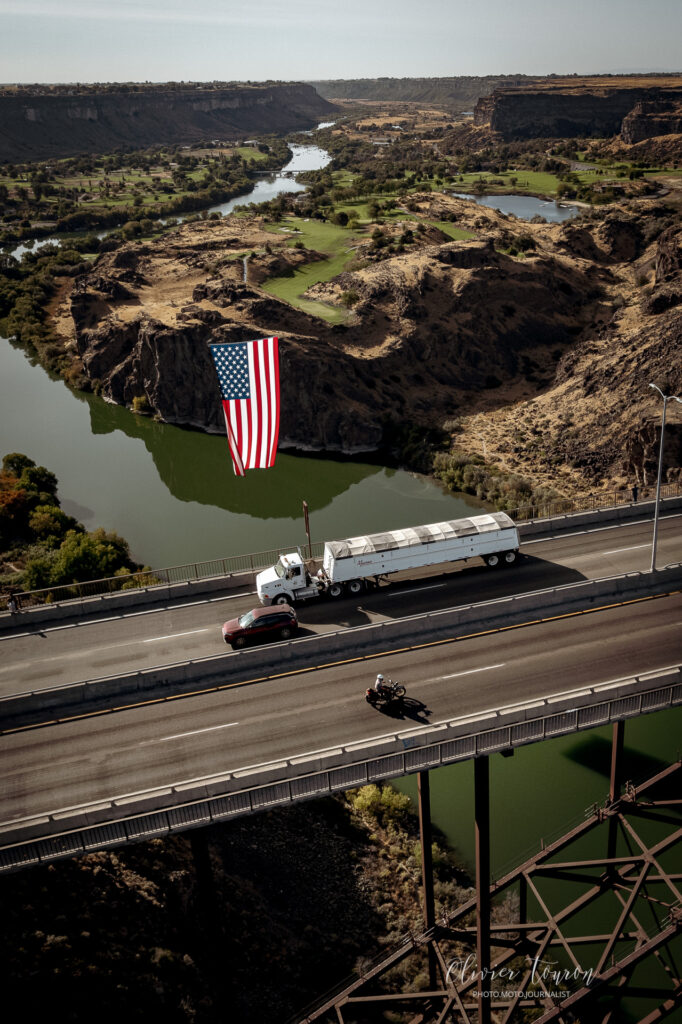
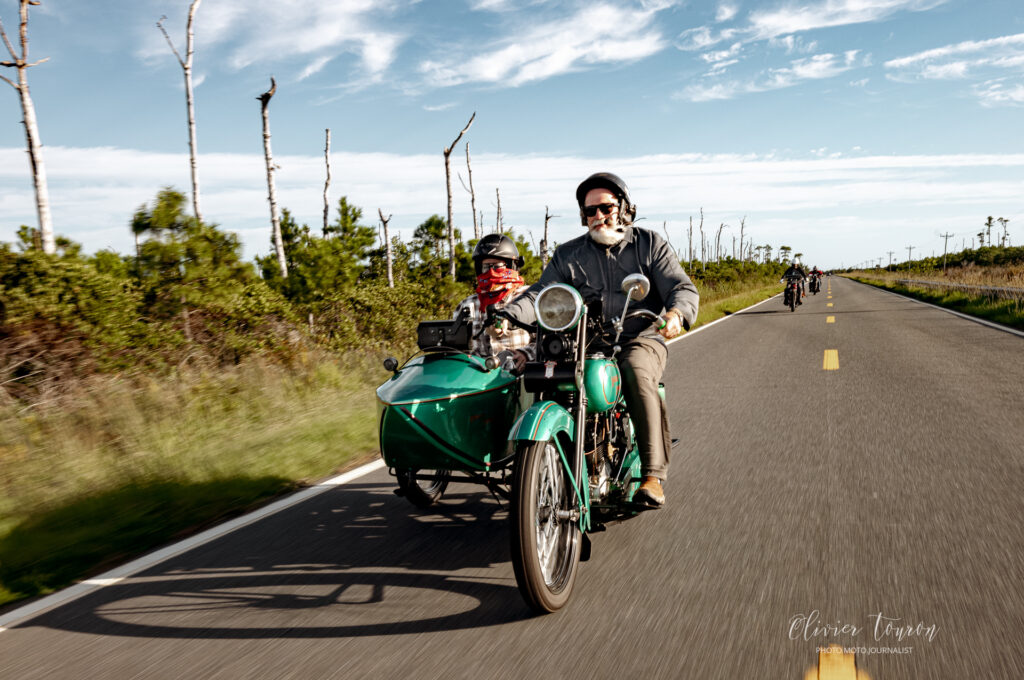
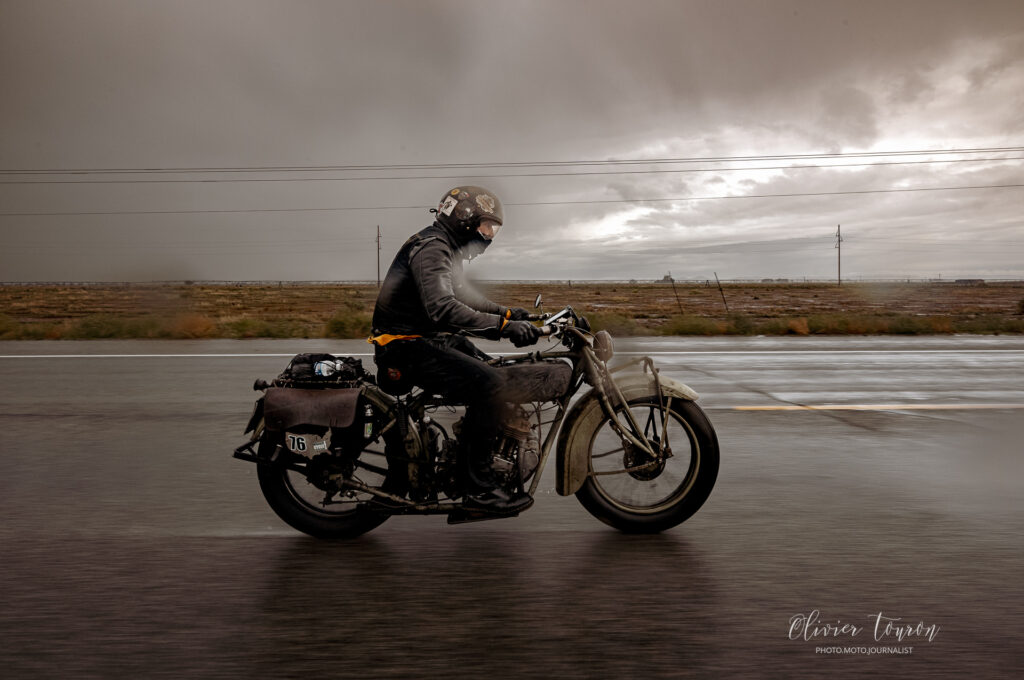
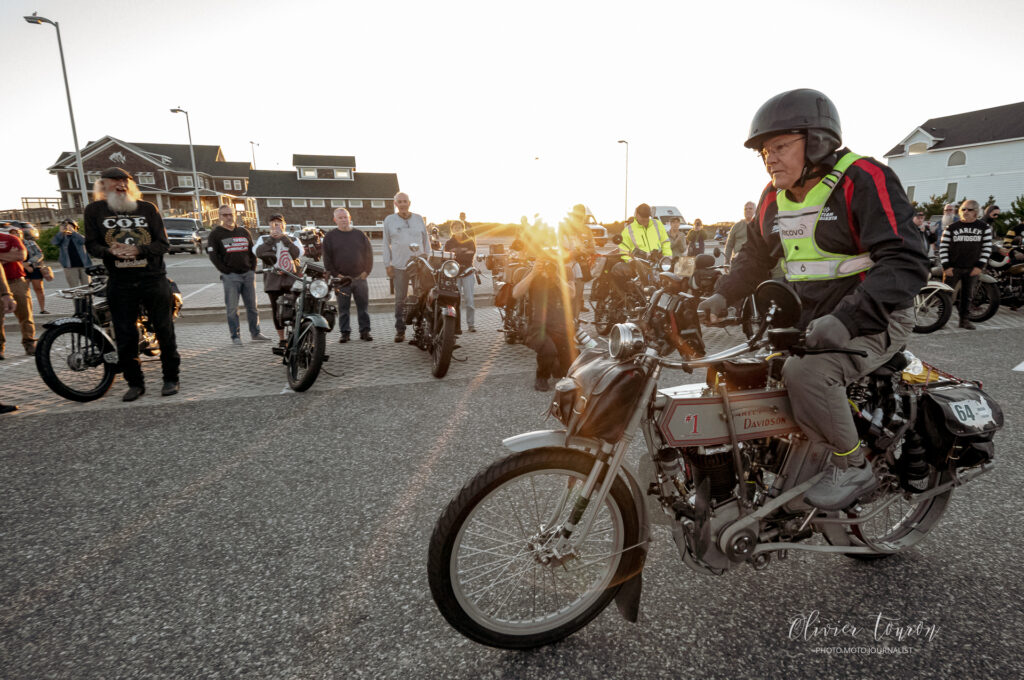
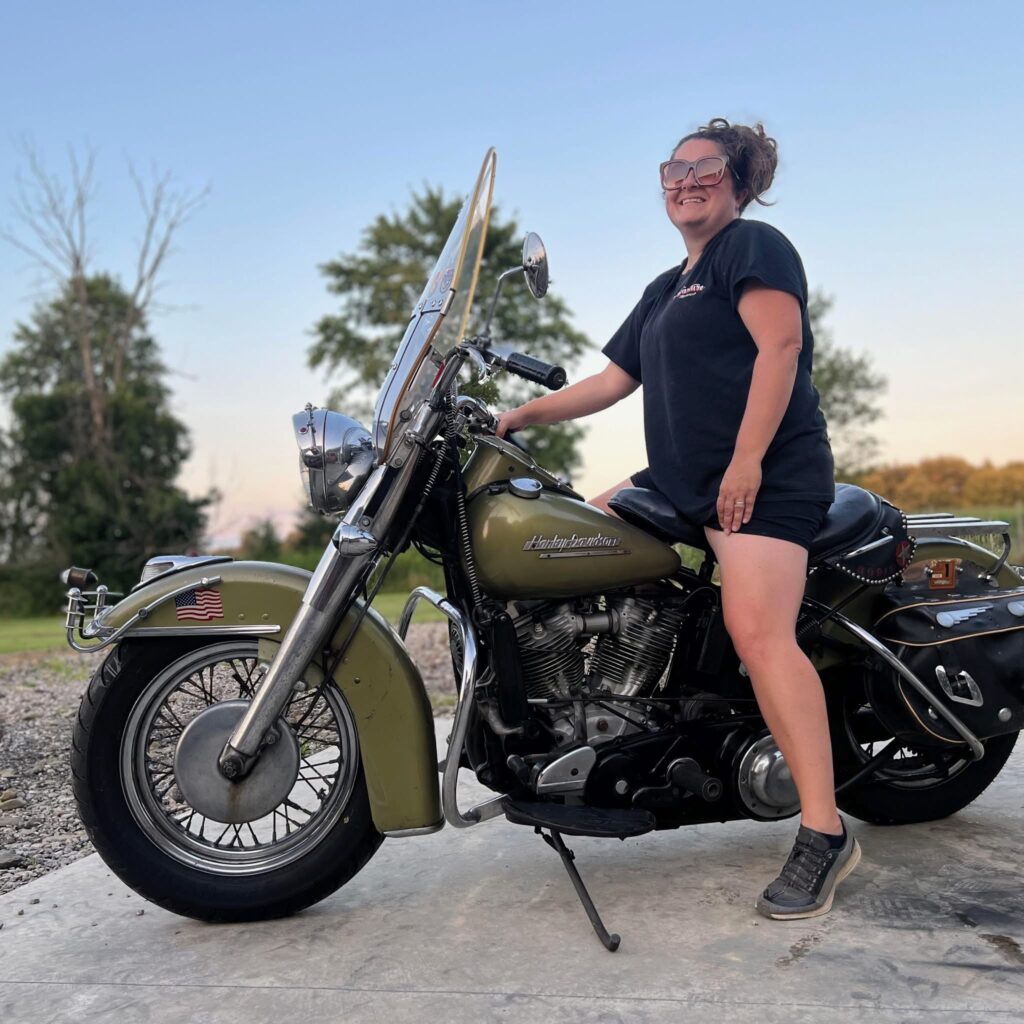
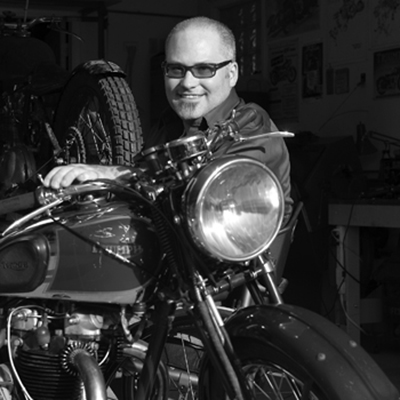
All Due Respect: Rich Ostrander's 883
For all the cool antique American motorcycles Rich Ostrander has restored, ridden and repaired over the past six decades, there’s a slightly more modern model he holds in high regard. It’s a Harley-Davidson he says never got the respect it deserved. “I’d pull in somewhere and guys would say, ‘I see you’re on your sister’s machine’, like it was a lady’s bike, and it had little to no significance,” Rich says of his 1987 883 Sportster. “I’d always say 'let’s take the big fat pig you’ve got there up into the hills, and let’s do it'. That 883 would run the twisties like you wouldn’t believe. Not bad for a bike that sprung from the WWII military bikes to Daytona winners to the favorite of the Angels in Oakland in the 1960s, to one of Harley’s longest produced models and best sellers.”
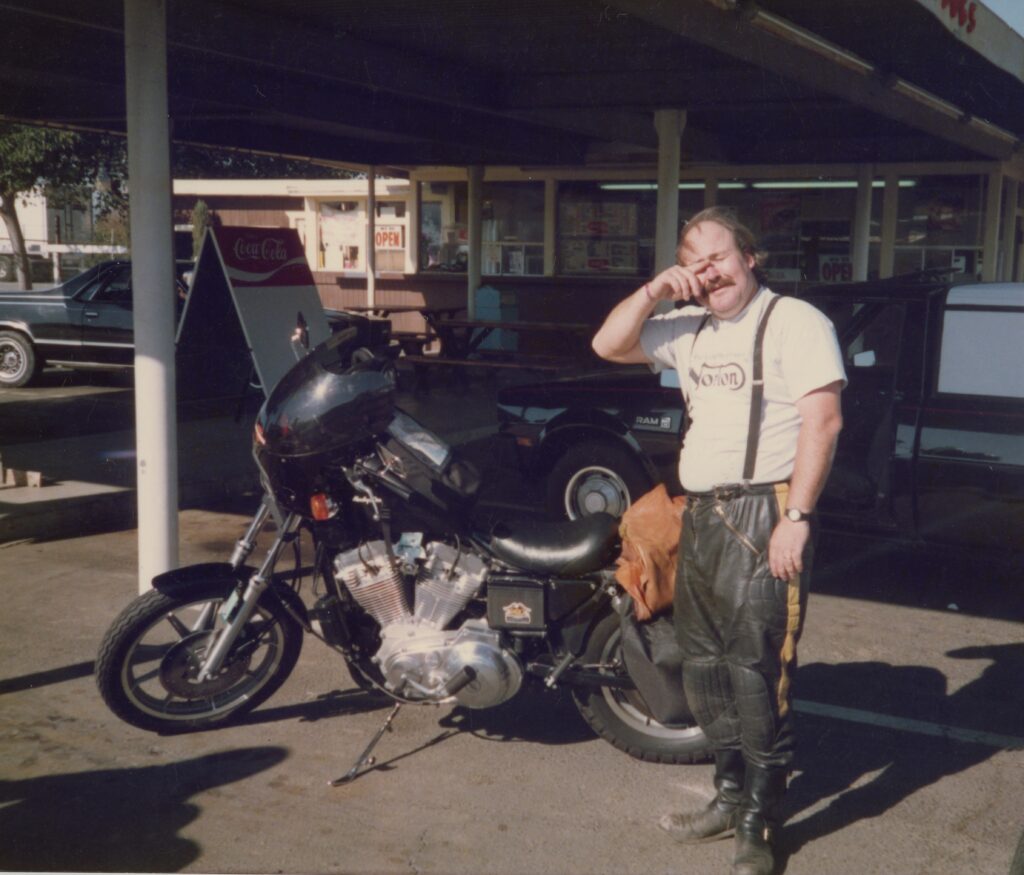
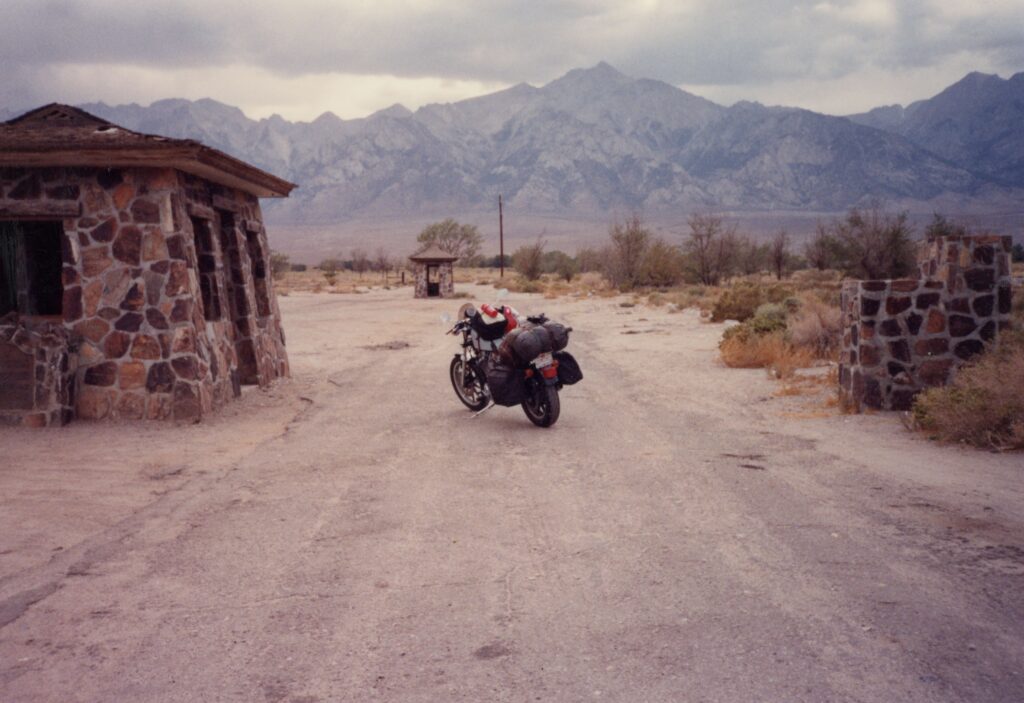
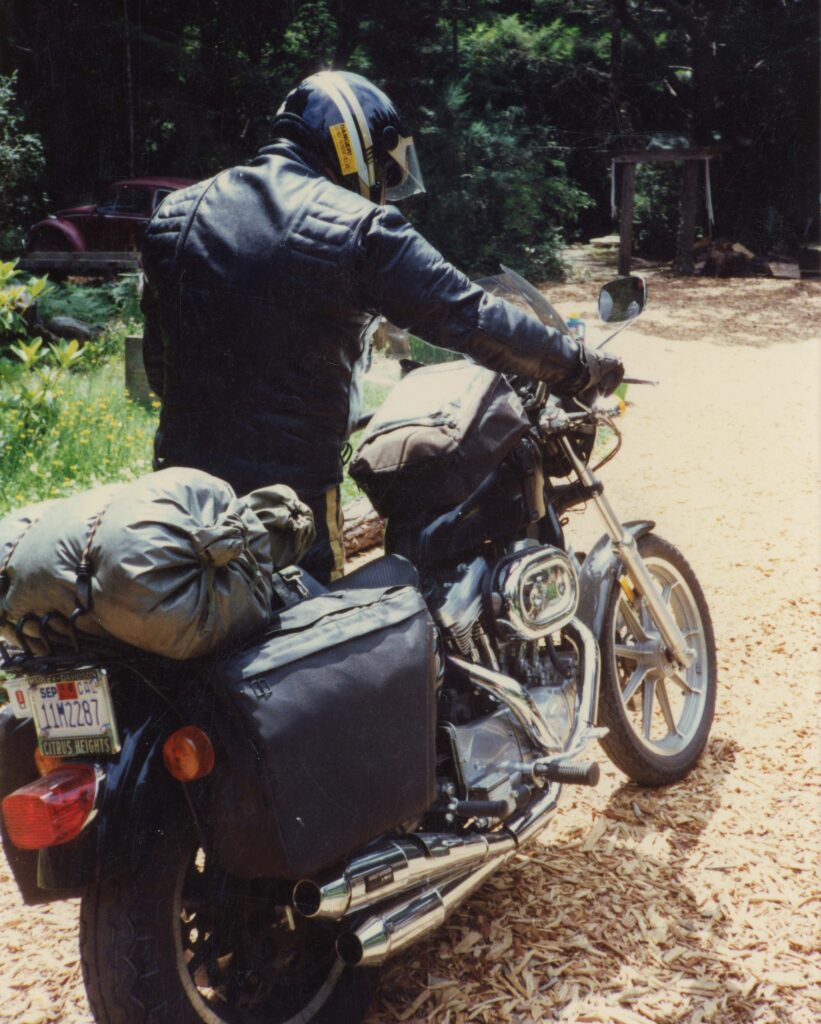
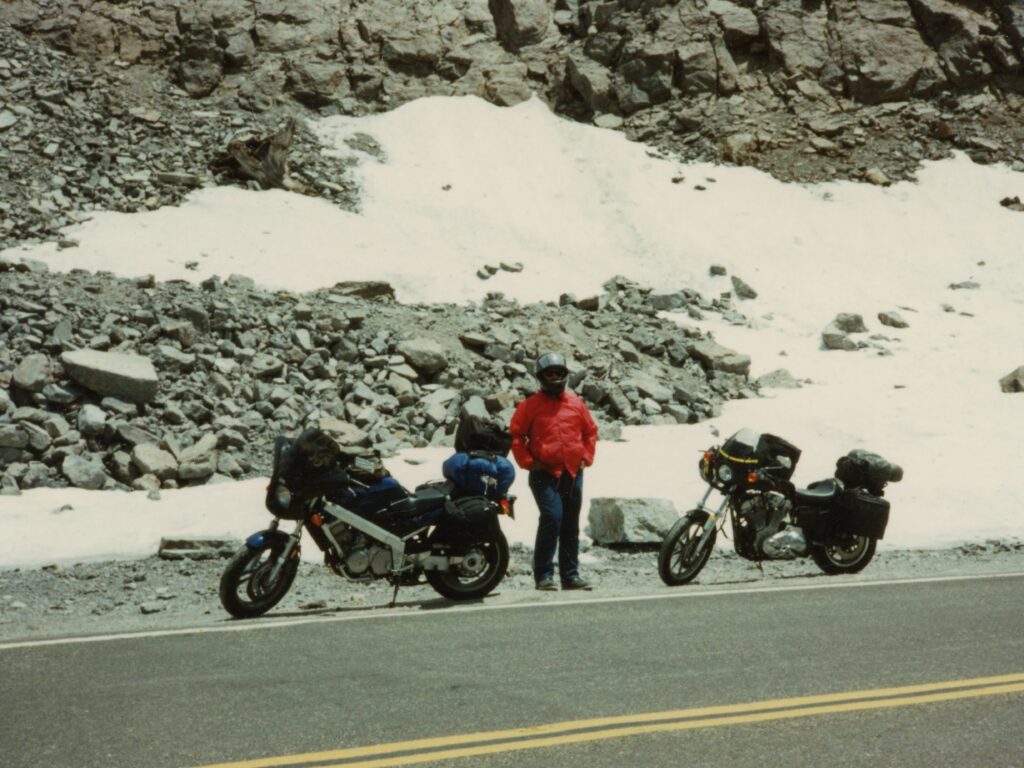
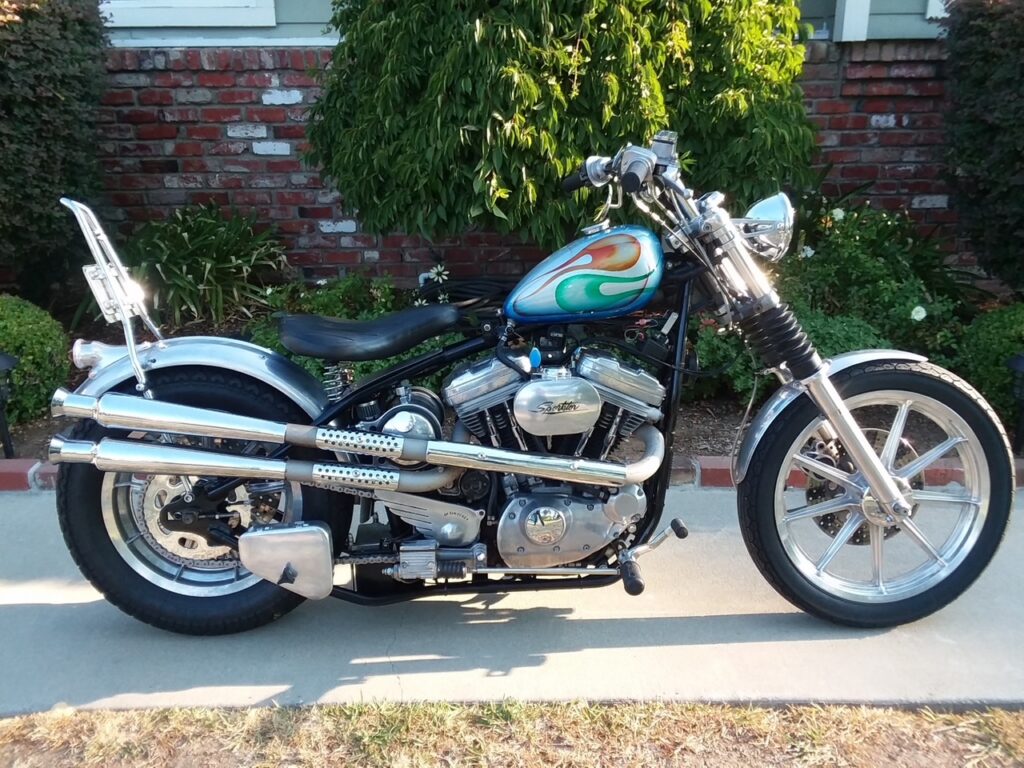


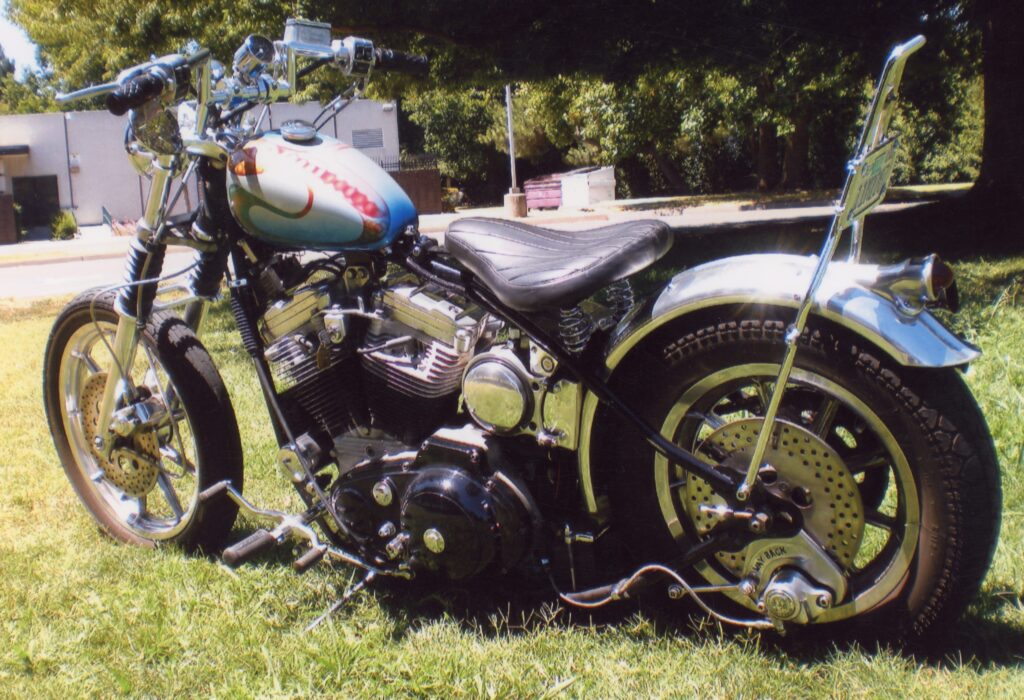
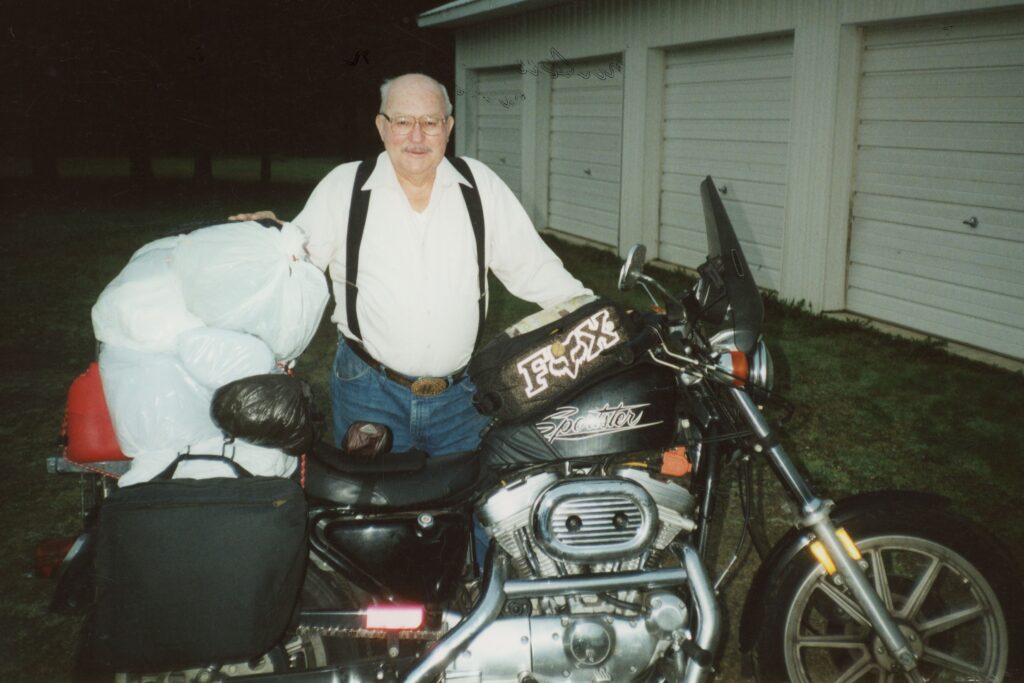
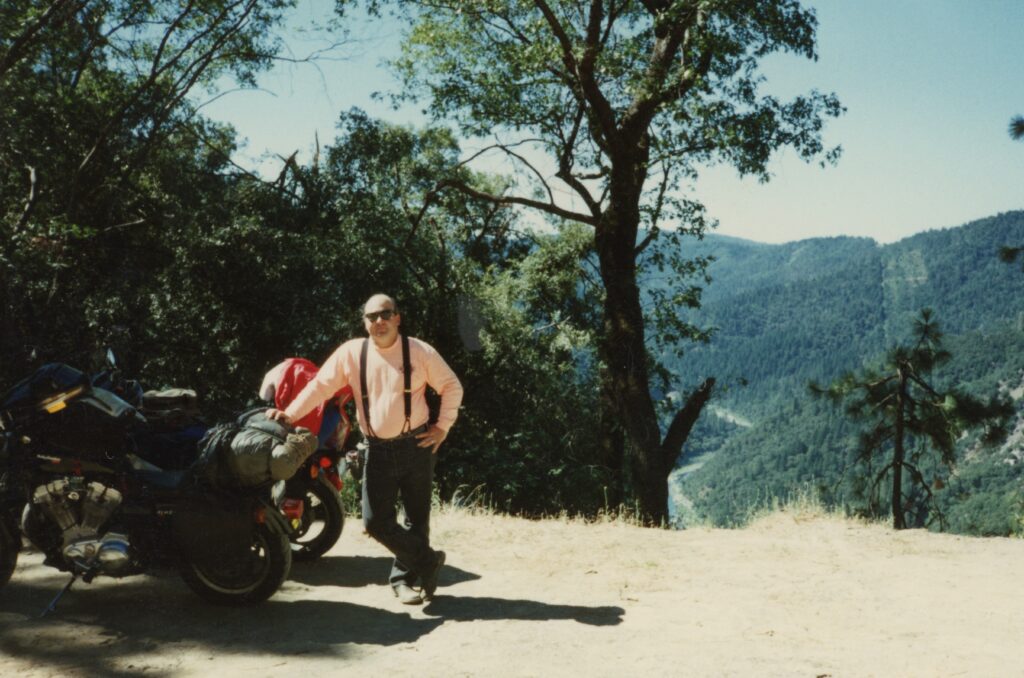

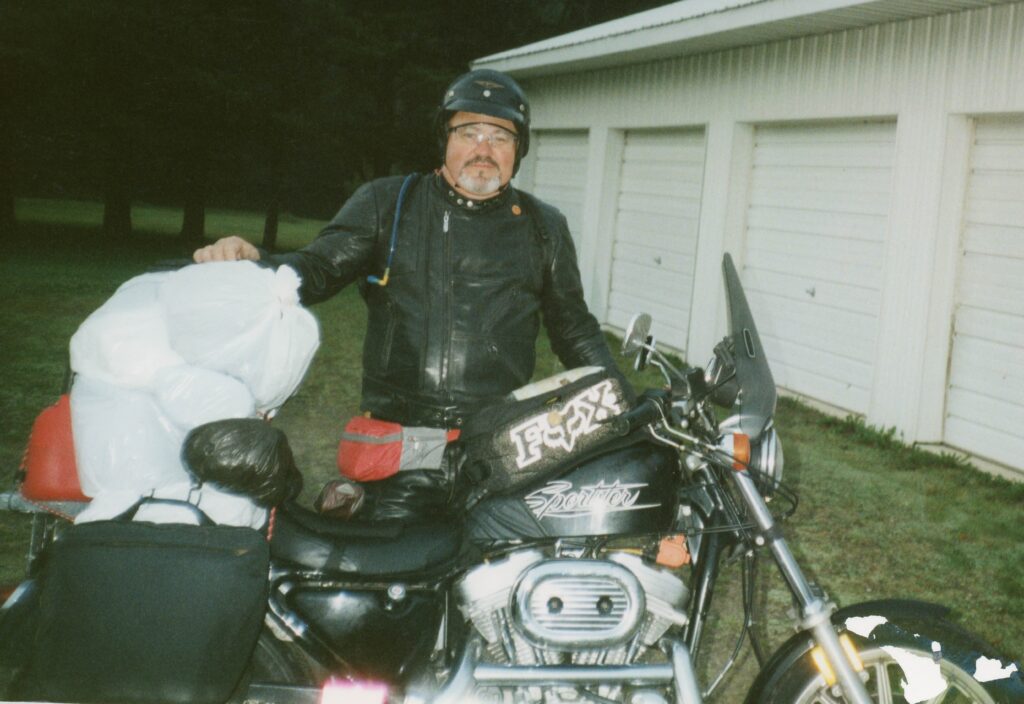
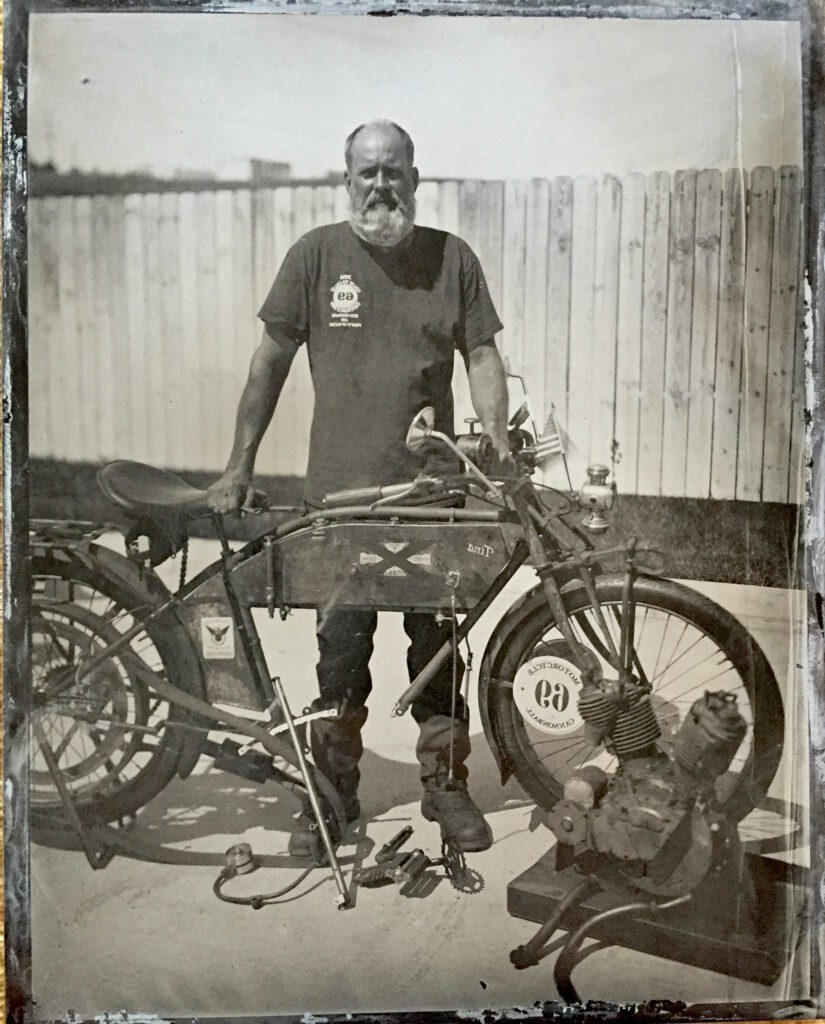

Peter Egan: Landings in America
Had a Playboy magazine editor accepted one of Peter Egan’s stories, we might never have enjoyed his outstanding talents as an automotive and motorcycle journalist. While working as a foreign car mechanic in the 1970s, Peter wrote two novels and several creative short stories in his off-hours. But, as he explained during a recent telephone interview from his home in rural Wisconsin, he was instead sent endless rejection slips. “I’d send the short stories into serious magazines,” Peter explains, and laughs and continues, “Playboy, and so on. But lo and behold, you know, they’d rather have Norman Mailer than Peter Egan on their pages.” The world might also not have been treated to Peter’s latest project, Landings in America: Two People, One Summer and a Piper Cub. Published by Octane Press and set for release on August 12, the hardcover book is an insightful memoir/travelogue told in Peter’s distinctive writing style, recounting a flying expedition he and his wife Barbara undertook in 1987.




With his love for airplanes, he also took flying lessons during high school. He passed the ground school training but only had an hour or two of actual flight time under his belt, before his dad made him quit; he was spending money on the lessons and not saving for college. “But to me, it’s all the same,” he says of airplanes, cars and motorcycles. “Adventure with vehicles and places you can go and things you can do.” When he was writing for the magazines, he often enjoyed finding a car or a motorcycle that “had the same spirit as the trip I was taking,” he says. For example, a 1963 Cadillac that he drove to the Mississippi Delta to visit the home of blues music. “A real blues mobile,” he says of the land yacht.










Testing Their Mettle - Don Emde and Freddie Ludlow
Motorcyclists of yesteryear were made of sterner stuff. That becomes plainly obvious when reading motorcycle racer and author Don Emde’s book, Freddie Ludlow: His Life on Two Wheels. Ludlow, born in Los Angeles near the turn of the century in 1895, grew up alongside the nascent motorcycle industry. Today, the age of 13 sounds rather tender, but that’s how old Ludlow was when he quit school to get behind the handlebars of an Indian motorcycle to deliver messages for Western Union. Soon, he and his fellow motorcycle chums were racing, with Ludlow and crew taking on motordrome, boardtrack and dirt track events and just about anything else that tested the limits of man and machine. Clearly intelligent and resourceful with tools, Ludlow began working as a young mechanic at Will Risden’s Indian Motocycles in L.A. where he mingled with some of the brightest lights of the sport, including Paul “Dare Devil” Derkum and Jake DeRosier.











Vintagent and Reality TV Star David Genat
Motorcycles and the riding community have opened many doors for former model and current actor/reality TV star David Genat. Through his modeling career, he was on contract with Ralph Lauren and did a shoot with them featuring one of his prized vintage motorcycles. In Brooklyn, he participated in a ride hosted by Union Garage with U.K. football star David Beckham, who represented Belstaff. “I got to be a part of that crew riding vintage Triumphs around New York City with David Beckham, which was pretty cool,” David explains. “Motorcycles have always opened these really cool doors for me, and I got to be on “Ride with Norman Reedus” because of my motorcycle. I did all these little things through doors that opened that I don’t think would have otherwise.”











Slow Burn: Auctioning the Moto Talbott Collection
It took a blown motorcycle engine to change Nick Smith's relationship with Robb Talbott from client to friend. Before the engine incident, Nick (an auction consultant at the time) had worked with Robb either acquiring or dissuading the purchase of machines for the Moto Talbott Collection in Carmel Valley, California. During The Quail Motorcycle Gathering’s (now MotoFest) Quail Ride through the twisting canyons of Carmel Valley, however, Nick was passed at rapid velocity by The Vintagent’s own Paul d’Orleans, busy road testing the Revival Cycles J63 Schwantz Ducati custom. Like a dog to a rabbit, Nick gave chase to the silver blur, but using full throttle up the long, steep, twisting canyons blew a hole in the crankcase of his 1965 Triumph T120C hot rod.









Interested in the bikes of the Talbott Museum collection? Head over to ClassicAvenue.com, visit MotoTalbott.com, or follow along on Instagram: Nick’s is @classicavenuemotoring.com and Robb’s @mototalbott.

No Regrets: Rich Ostrander AKA Dr. Sprocket
For more than 50 years motorcycles figured prominently in Rich Ostrander’s California garage. Now, it sits empty. In October 2024, Rich was diagnosed with a massive stage 4 terminal brain tumor. “No cure,” he says, bluntly. With surgery, however, “They got most of it, but it will be back, it's a real aggressive type. Six months max if I take no action. With action, which I'm doing, maybe two or three years max if you cross your fingers and don't hold your breath.” It’s a prognosis that would take anyone’s breath away, but Rich is facing his future with the greatest of dignity. “It’s life, you gotta’ be a realist,” he told me recently during a telephone interview. “I’m like the old farmer. It is what it is, and you can’t worry about it. If it’s right in front of you, you can grab it and wrestle it a little bit. But you can’t worry about it because unless it’s hands on there’s nothing you can do. I’ve had the absolute best life; you couldn’t buy it, you ain’t got enough money. I’ve got no regrets and wouldn’t want to do one thing different.” He adds, “Nobody gets out alive, the leading cause of death is birth. Once you’ve realized that you might as well get on with it.”














Top 10 Mecum Las Vegas 2025
If ever there was a time to watch and possibly bid at a Mecum Las Vegas Motorcycle Auction, 2025 is the year to participate. Numerous collections – 28 of them! – will be rolling through the South Point Hotel & Casino from January 29 through February 1. Some of those collections, such as the one amassed by Urban S. Hirsch III, contain machines, bicycles, art, books and brochures of the kind that haven’t been seen on the market for decades.
It’s an exciting year and Hirsch’s significant collection of more than 100 mostly pre-1916 American motorcycles form only part of the 2,000 machines on offer. There are more than 100 Harley-Davidsons, half that many Indians, three Crockers, one father-made Brough and three upstart son-built Brough-Superiors, five Vincents and hundreds of other European and Japanese machines. So, how to choose only 10 highlights? Realistically, almost any motorcycle from the Hirsch collection is a Top Pick, but I’ve singled out one (OK, maybe two) and you can read about them below. From exotic to unremarkable, in no given order, are 10 machines on my radar this year.


R533.1 1951 Series C Rapide Sidecar




R351.1 1965 Harley-Davidson FLH Electra Glide




T115 1970 Ducati 450 MkIII Desmo Single




R320 1957 Triumph Model 21 No. 1






Mike Blanchard: One Good Idea Well Realized
Celebrating creativity, from metal and wood working to photography to watch making to painting, is something RUST Magazine does with aplomb. Published first in print for four years from 2002 to 2006, the magazine went into hibernation for several years before reappearing in 2017 as an online-only publication at Rustmag.com. “It was successful, it did really well,” RUST co-founder Mike Blanchard says of the traditional ink-on-paper book. “It had a distribution rate of over 10,000, and we printed every two months. It had good ad sales, too.” But, Mike says, “At a certain point it just became easier to do it online. When you do a print magazine, you end up with pallets of leftover magazines, because you don’t just print 10,000 – you print 11,000 or 12,000.” To disperse extra copies at that time, rather than tipping them into the recycling bin, Mike gave them to Vern Tardel in Santa Rosa, California. Vern makes and markets parts to help an enthusiast put together a traditional 1950s Ford hot rod. When packing an order, Vern would place a copy of RUST in the box – and that led to a few subscriptions not only in the U.S., but globally. Now, regardless of a physical address, one need only point their browser to Rustmag.com.



During his recuperation, his mom bought him the first U.S. release of Meet The Beatles in mono. He played it on repeat, and it was the soundtrack to his time in the dark. It was a pivotal moment, but music was just another aspect of creativity for Mike. His grandfather on his mom’s side was a musician who inspired him, and growing up, Mike sang in the church choir and toured the Western United States and parts of Canada. “And when I was in college, the guys who were guitar players all had great girlfriends, and we all thought that’s a pretty good way to meet girls,” he laughs. Between different bands and projects, including the country sounds of Mike Blanchard and the Californios (mikeblanchardandthecalifornios.com), he has produced five records. He says, “All good art is one good idea well realized – to me it’s all part of the same thing. I’m just a curious person and I love exploring making and creating; that act of creation is really intoxicating.”

Of his creative energy, he credits dad Jerry Blanchard for sowing the early seeds. “My dad is a craftsman and he taught high school machine shop. A lot of my parents’ friends were filmmakers or artists or musicians, and I was just super into making things. We spent a lot of time in the school shop after hours and on weekends as my dad was working on projects. The wood shop and the machine shop were connected, and we spent time in both. From an early age my dad taught us to weld, and I was making knives or swords. As well, my dad made a lot of crazy props for different movies. We were just taught to make things -- my dad didn’t want to buy us toys or things like that, but he’d buy us a file or saw or give us a tool so we could just make our own.”

As a junior high school student, Mike and a friend made short movies – monster movies, American Civil War movies, Three Musketeers movies. “We’d sew the costumes and make the props,” Mike says. “My friend’s dad was into bikes, and he had an Indian Chief over the fireplace, a really nice 900SS Ducati and a gorgeous Ferrari in the garage.” While being surrounded by such desirable rides, the Blanchard’s daily driver was a 1934 Rolls-Royce 20-25 Gurney Nutting. “We were just super into vintage cars, too,” he says. “My dad had figured out Rolls-Royce makes the best car, and he found out he could buy a used Rolls-Royce for the same price he could buy a new Chevy – so he bought a used Rolls-Royce. I remember going to the port in Long Beach at night and watching the Rolls-Royce coming down the plank from the side of the ship – it was kind of crazy.”

Photography is a large part of Mike’s identity, and he’s held a camera in his hands since a teenager. “My dad’s best friend was a photographer and filmmaker, and he taught me how to shoot photos and how to develop stuff in the darkroom, but I really took after it when I got a Nikon for high school grad.” And there was no shortage of photographic inspiration. “Ansel Adams’ secretary was our next-door neighbor, my dad worked with Wynn Bullock’s wife, and some of his friends were Edward Weston’s sons – these were all people who were the cream of the crop of West Coast art photography. and I got to meet these guys and handle original artwork. That was all just curiosity, and being curious about life and creating things,” he says. Mike went to college to take Journalism and Photography, but he didn’t finish the program because in the 1980s he’d essentially talked his way into shooting for the seminal skateboarding magazine Thrasher as a staff photographer. “It was shortsighted, dropping out, because my parents were paying for it, but I thought why should I get a degree in journalism when I can just go do journalism?” He adds, “I did go back in my 50s, paid for it out of my pocket, and finished my Journalism degree at Sacramento State University.” Speaking about the transition from West Coast art photography to shooting half-pipe drop ins and backside axle stalls on pool edge coping, he says, “It’s trying to tell a story, and to make something visual and exciting. You look at art and you read books, that’s how you train your eye because you react to things instinctively in the moment.”

Mike had been skateboarding since 1973 or ’74, and he realized he likely wasn’t good enough to be a professional skater. With his camera skills, however, “I could have a career, if you will, in skateboard photography.” Speaking about his time with Thrasher, he says, “It was amazing. It was the heyday of skateboarding. There was a ton of money in it and people were flying all over the place. And the other interesting thing is, if you look at skateboarding and what’s come out of that, people who were really into skateboarding also moved on to art, motorcycles and hot rods. Guys like Steve Caballero, Max Schaaf, Rodney Jesse; all these guys were involved in other creative ventures, and I love that convergence. I’m convinced very few people are super laser focused on any one thing. Curious people, creative people, they have very broad interests and I like that intersection of various things.”

Hence, the very essence of RUST Magazine, a publication filled with well-written stories and Mike’s photography, and those of other shooters. As for Mike, he’s favored Nikon Fs as a film camera, together with a Rolleiflex. “They’re like different tools, appropriate for different things – sometimes I’ll use the Leica, sometimes the Rolleiflex or the Nikon, but the Fuji X100 is a digital camera I often have with me because it’s small and such a good camera. I also have a nice Nikon digital camera, but I’m just looking for an interesting look from a lens that might do something different.” He also appreciates vintage cameras. “The cameras from the 1950s and 1960s, there’s nothing better than that as a mechanical device,” he says. “They’ve moved on to plastics and computerized electronics and those cameras do a beautiful job but as a mechanical object they’re nowhere near in the class of quality as a ‘60s Rolleiflex or Leica, or an F or F2 Nikon – there’s nothing better than that.”

Another interest of Mike’s is wrenching. It’s an outgrowth of his dad’s influence. When getting some of his first vehicles on the road, which were motorcycles, he worked to keep a Kawasaki 500 triple in running condition. “You build up a kit of tools buying crappy vehicles to keep them going. At one point I had a mobile repair business, and then I was recommended to this great shop (Barber’s Shop Automotive in Sacramento) doing Alfa Romeo, Ferrari and Volvo – I ended up being one of the owners and started a motorcycle/scooter dealership (Scooter City) as part of the business and I ran that for 10 years. We did a ton of vintage motorcycle work and I built a bunch of bikes, but I sold my share in 2020.” One of Mike’s go-to rides is his 1974 BMW R90, but his collection includes an Aermacchi, a Vespa, several Hondas and a Gilera.


Mike’s a painter, too, and says working with oils and watercolors came along with his interest in photography because it helped train his eye. “You get to work with composition, color, and again, the best way to become a good photographer is to look at paintings and to read.” Recently, Hotwater Gallery in Carlsbad began showing some of Mike’s photography, and that’s something he’s excited about as he’s never been represented by a gallery. For the future, he plans to continue doing exactly what he’s been doing. “Playing with our three grandkids, writing some more stories, shooting some more photos, painting more pictures, playing more music. And I’m working on a book right now – I’ve just finished up my edit of hundreds of rolls of film and worked it down to 150 images; now I’ve got to make the final selections and write the copy for my book filled with skateboard photography. Speaking of always having something to do.” Follow Mike’s adventures on either of his two Instagram feeds; @rustmag and @thecalifornio.

He sums up his celebration of craft, craftspeople and those who are learning and the stories he runs in RUST Magazine with this, “When you make something, it’s an act of learning, it’s an act of love but you also learn. It doesn’t matter what it is; it is about constant problem solving. And you always have to be humble.”

Ross Metcalfe and the AMCA
In a Winnipeg movie theatre in 1963, an impressionable youth witnessed Steve McQueen launch his motorcycle over a barbed wire fence in The Great Escape. Although it was McQueen’s good friend Bud Ekins who performed the stunt in that memorable movie scene, the young Ross Metcalfe wouldn’t have known that. “I always tell people I saw Steve McQueen jump over that barbed wire fence, and thought, ‘Cool, I’m getting a motorcycle, man.’” Since then, Ross has avidly dedicated himself to motorcycles, particularly old machines. He most recently spent 12 years on the Antique Motorcycle Club of America’s Board of Directors, sitting as Vice President and then the last five years as the club’s President. He stepped back from the role late in 2023, some 50 years after he first joined the AMCA in 1973.
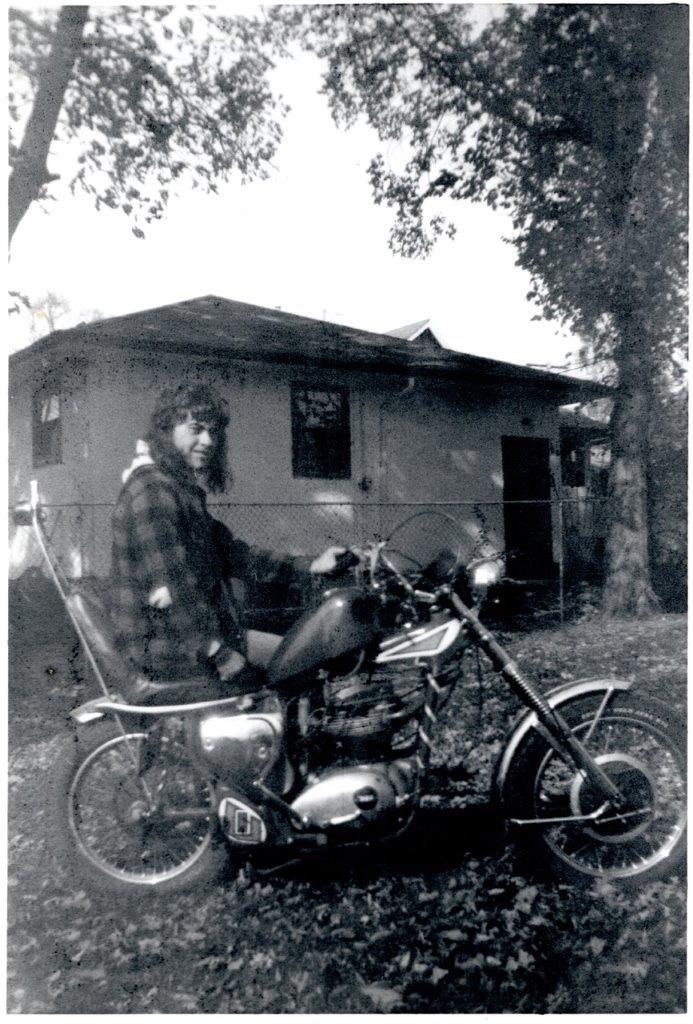


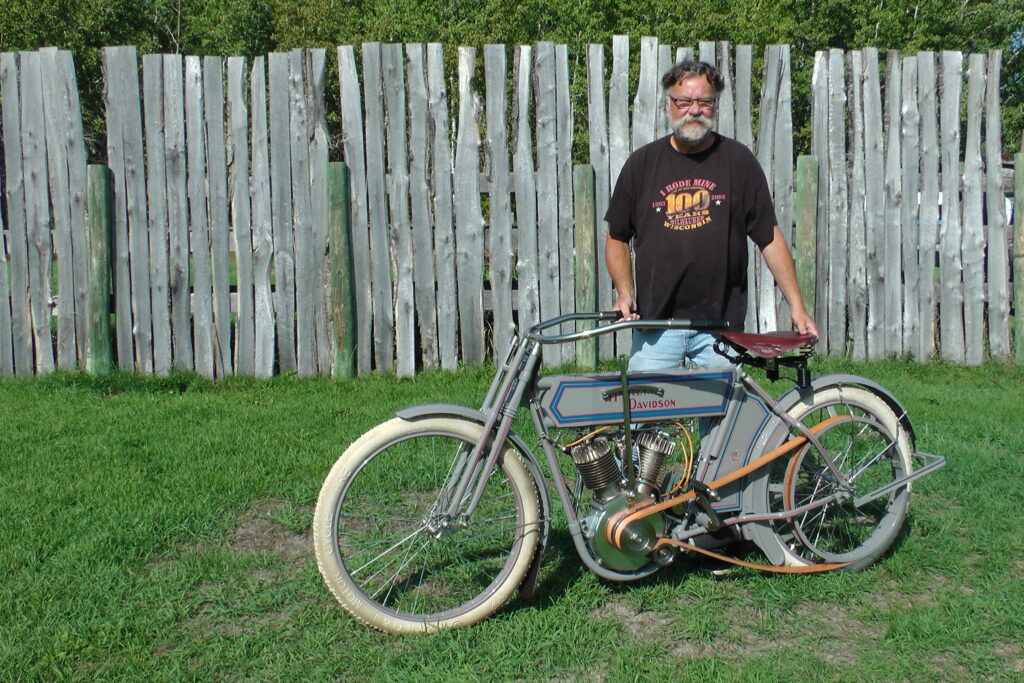
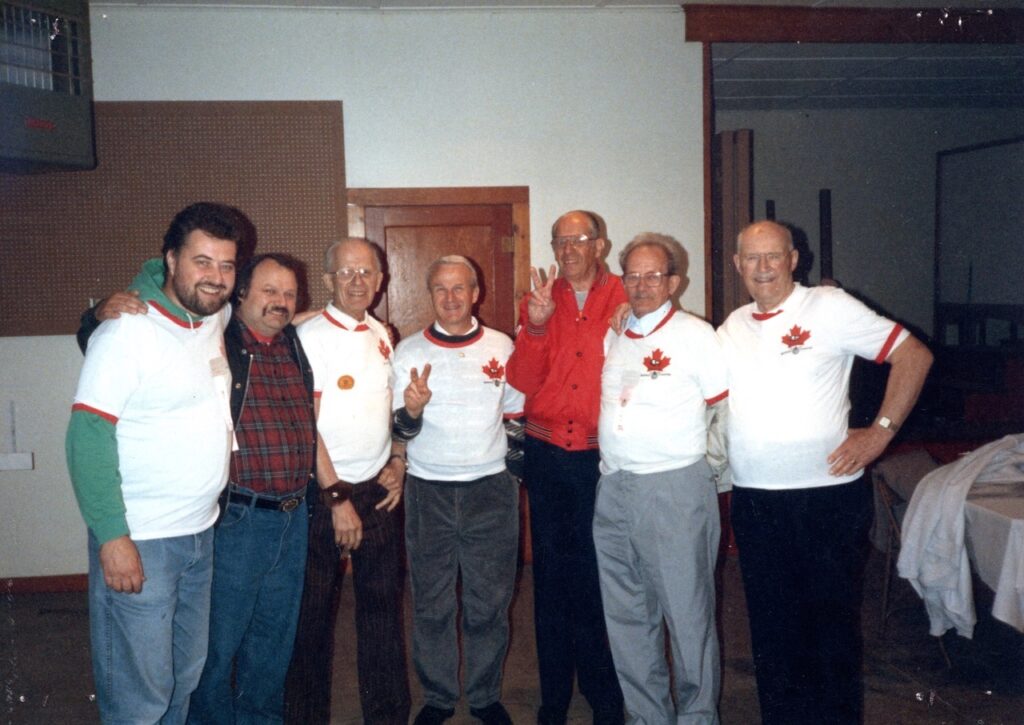

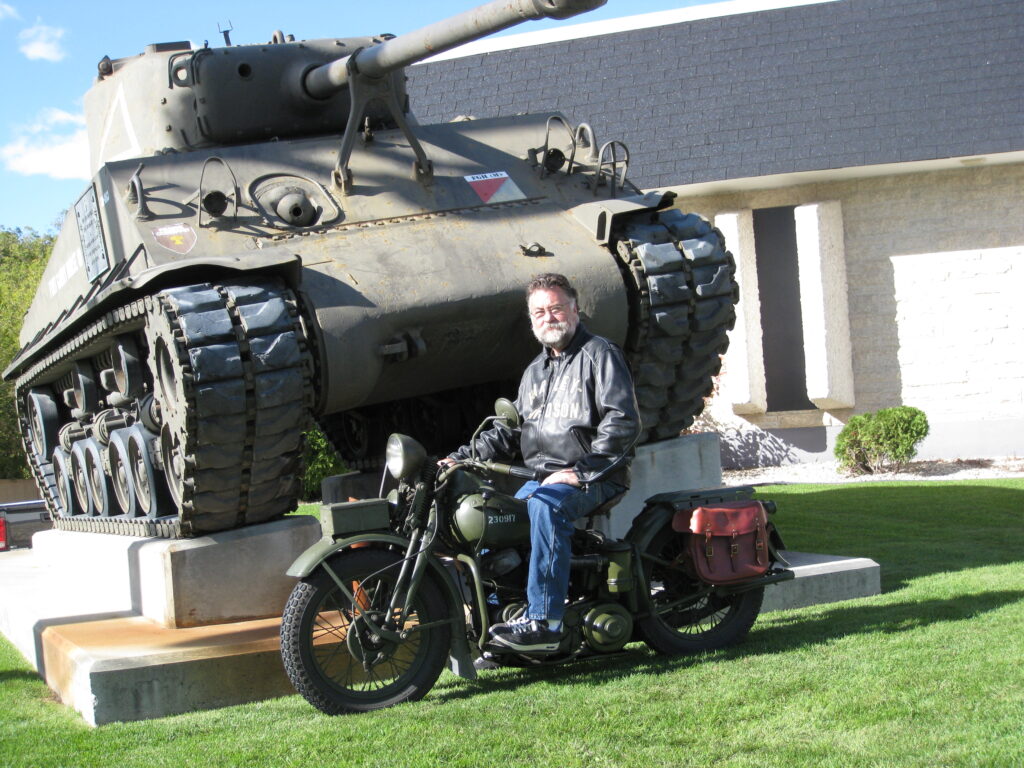
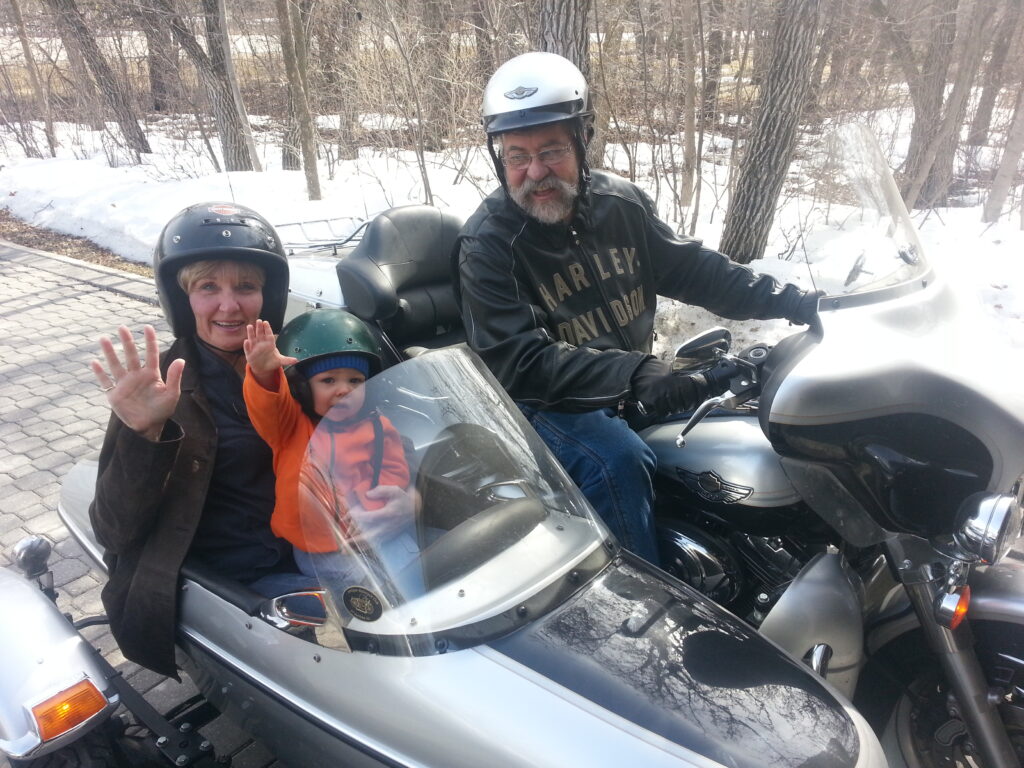
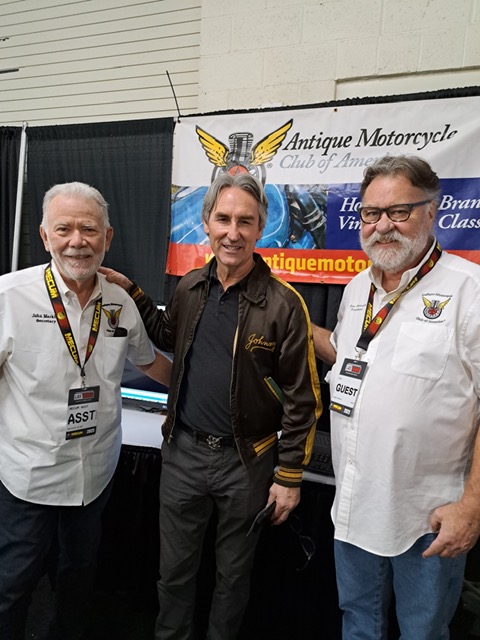
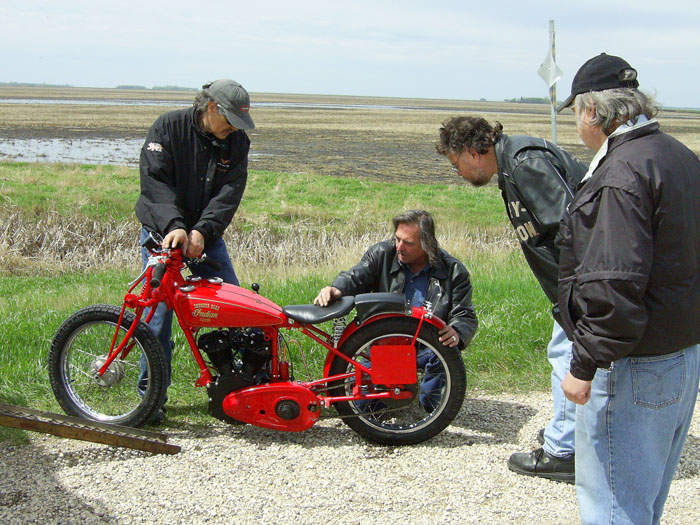


Moto Craft: Where Speed Meets Art
A few familiar events on the North American motorcycle calendar include The One Moto Show, The Mama Tried Motorcycle Show, The Handbuilt Motorcycle Show and The Quail Motorcycle Gathering. If a couple of Canadians swing it, their fresh new Moto Craft Show could join those revered and well-respected extravaganzas as a must-see motorcycle exposition. On June 7 to 9, 2024 the Moto Craft Show will inhabit over 30,000 square feet of the Queen Elizabeth Building at Exhibition Place in Toronto. “We want to redefine how motorcycle shows are put across in this country,” says show co-promoter Alex de Cartier. He continues, “We feel there’s a real lack of culture in the motorcycle show scene, because basically all we’ve got are the trade shows.” In collaboration with his friend Steve Menzie and the crew at Alex’s Flying Squirrel Motorcycle Co., last fall they mounted On Any Saturday. This was essentially a takeover of the Distillery District in Toronto, where 500 to 600 motorcycles showed up, rode down the laneways and packed out the area. Vendors and bands were on hand, and Alex says it was a very successful event.


Meanwhile, Steve made a pilgrimage to the Bike Shed Show in England, and that’s when some ideas were cemented about what could be done in Toronto. “There are a lot of motorcycle shows in Canada, but we didn’t feel that any of them were representative of the things we wanted to see,” Steve says. “I was blown away by the Bike Shed Show, and that whole experience, and I thought we could do something with our combination of skillsets.” The skillsets include what Alex has done with Flying Squirrel Motorcycle Co. Named after the vintage liquid-cooled, twin-cylinder Scott 2-stroke model, Flying Squirrel was in the past a parts and service shop in the East End of Toronto. About five years ago, Alex bought the company and turned it into an event and lifestyle space, including a membership area where subscribers can store or work on their machines or enjoy a beverage in the lounge or cafe. It is, in a nutshell, “A destination and a place for people to be that isn’t people standing around in a strip mall parking lot kicking tires,” Alex says. “It’s a homebase and a platform for like-minded people to share ideas. And that’s what Steve and I did, we shared our ideas.”






Kingston Custom: Oehlerking's Magic Machines
With a background in motocross racing, wrenching, metal working and retailing new motorcycles, Dirk Oehlerking draws from a deep well of experience when crafting his custom builds. At the age of six, Dirk built his first custom – a bicycle with a long, stretched out fork in the style of an Easy Rider machine. That ignited a passion for wheels and then engines, and ever since he’s been heavily involved in motorcycles and other machines. Although he spent several decades pursuing other aspects of the industry, he came full circle in 2010. “I was at the Custombike Show in Bad Salzuflen in Germany,” Dirk says. “Seeing all those custom bikes inspired me enormously. I decided to sell my business, a Yamaha motorcycle dealership, because I wanted to design and build motorcycles with my hands again.” That’s when he established Kingston Custom.
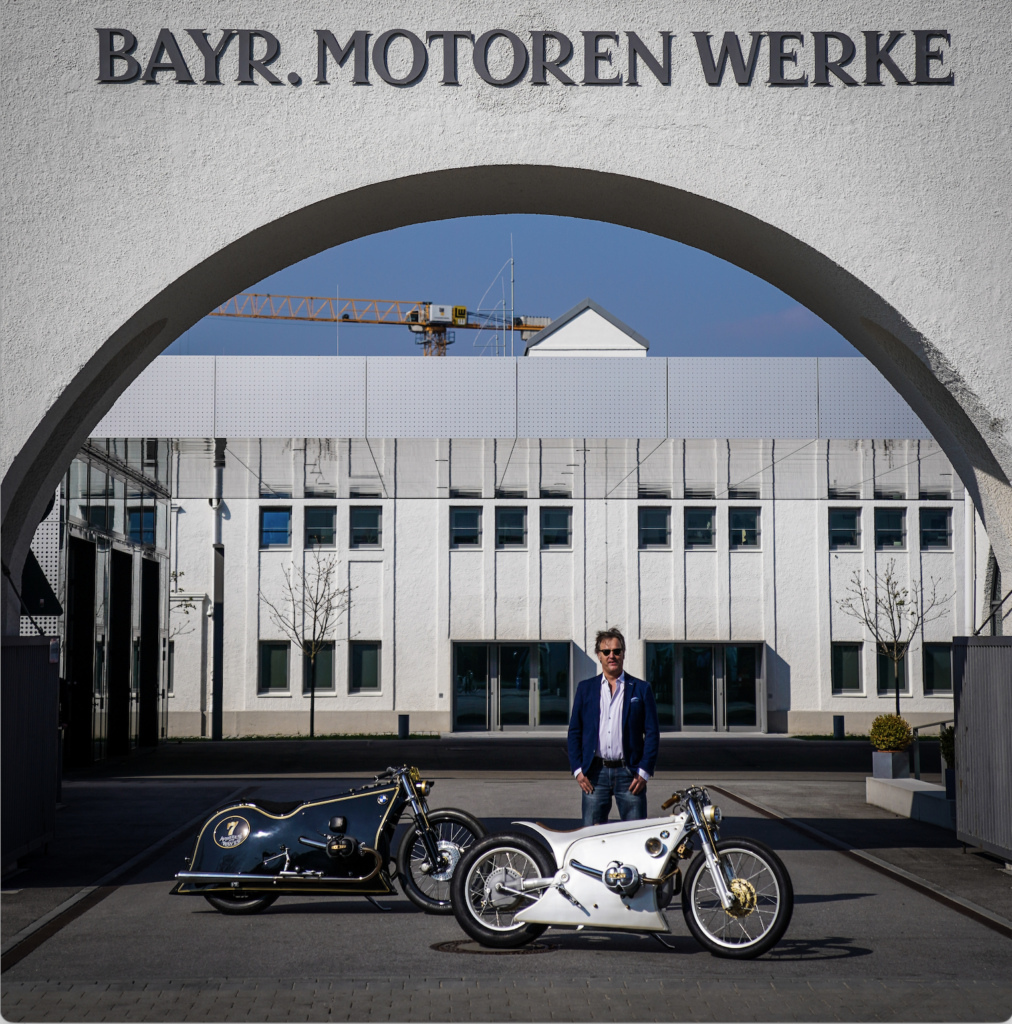
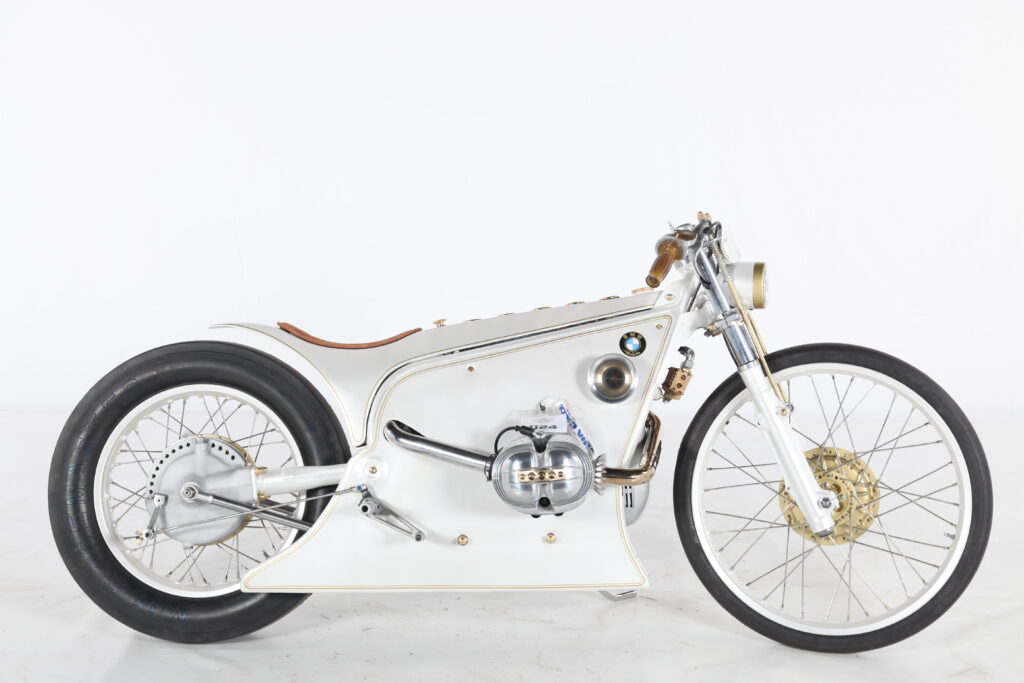

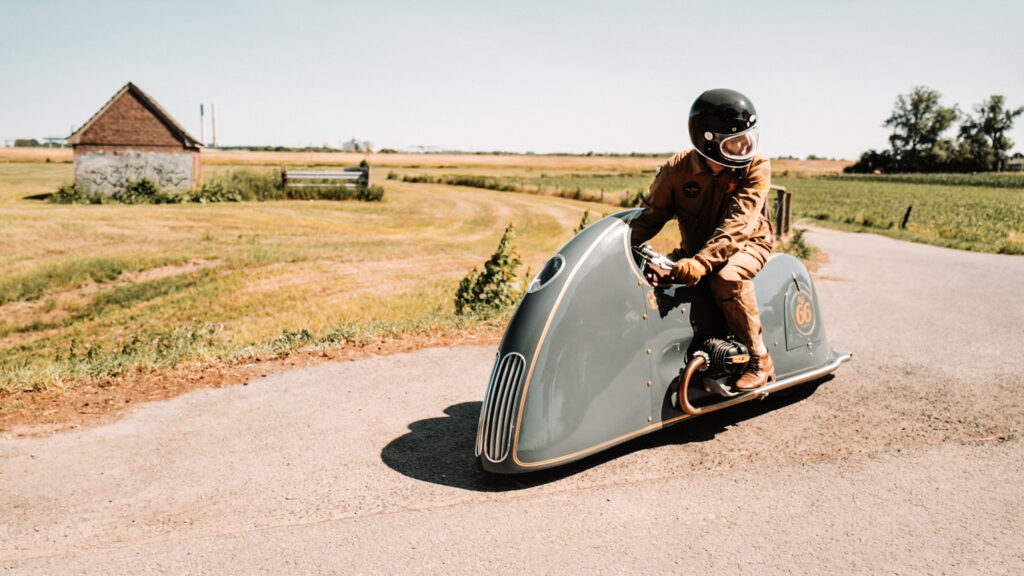
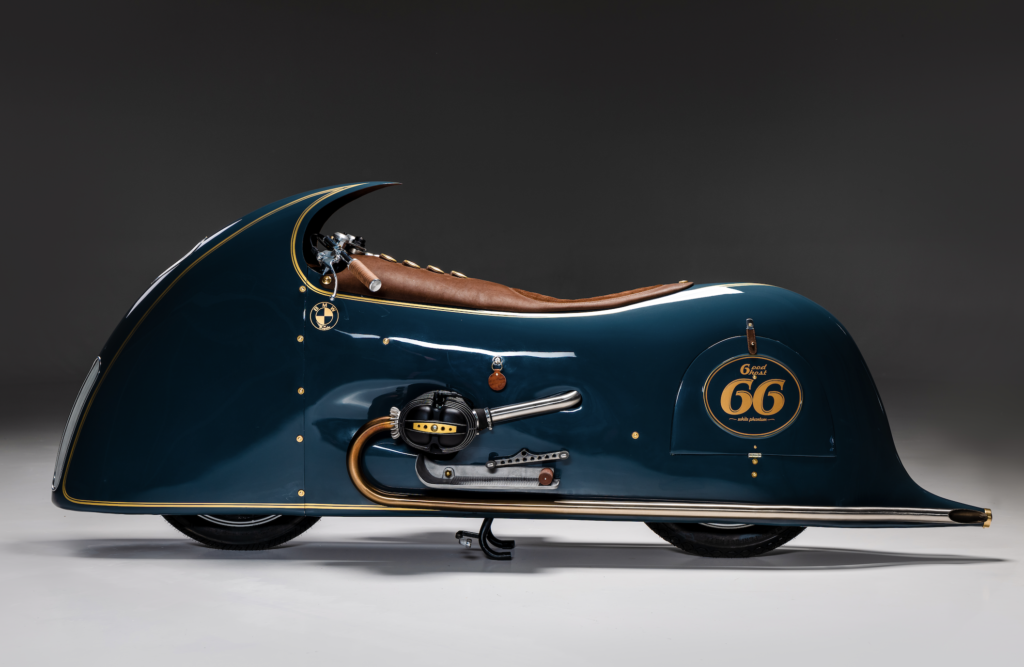
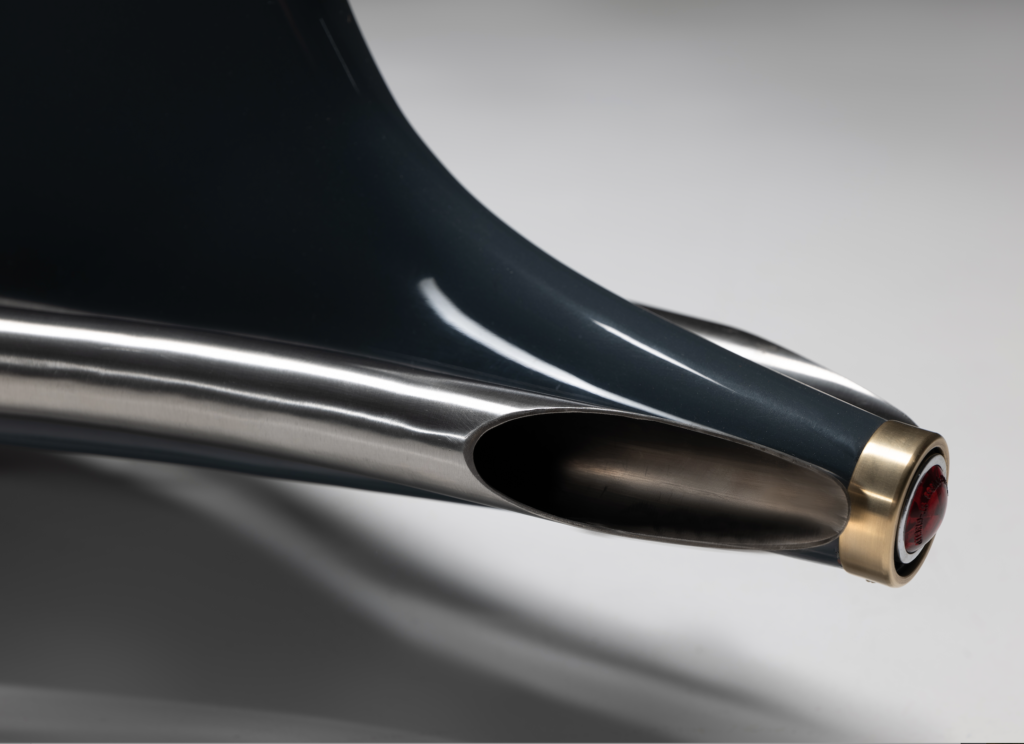
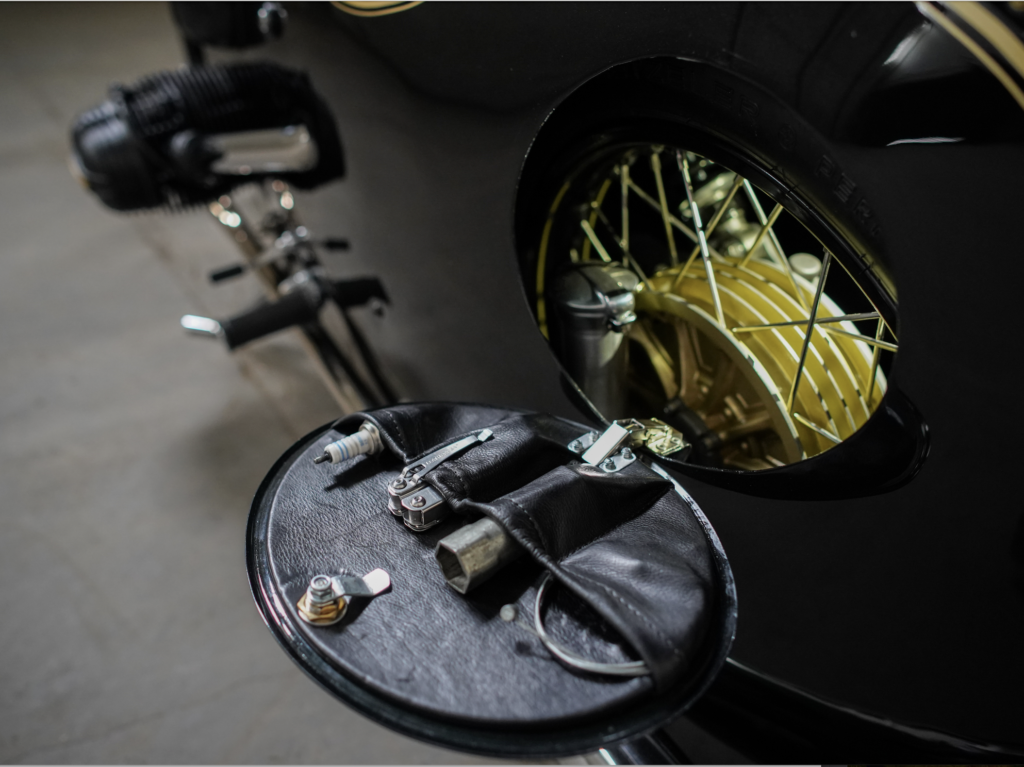
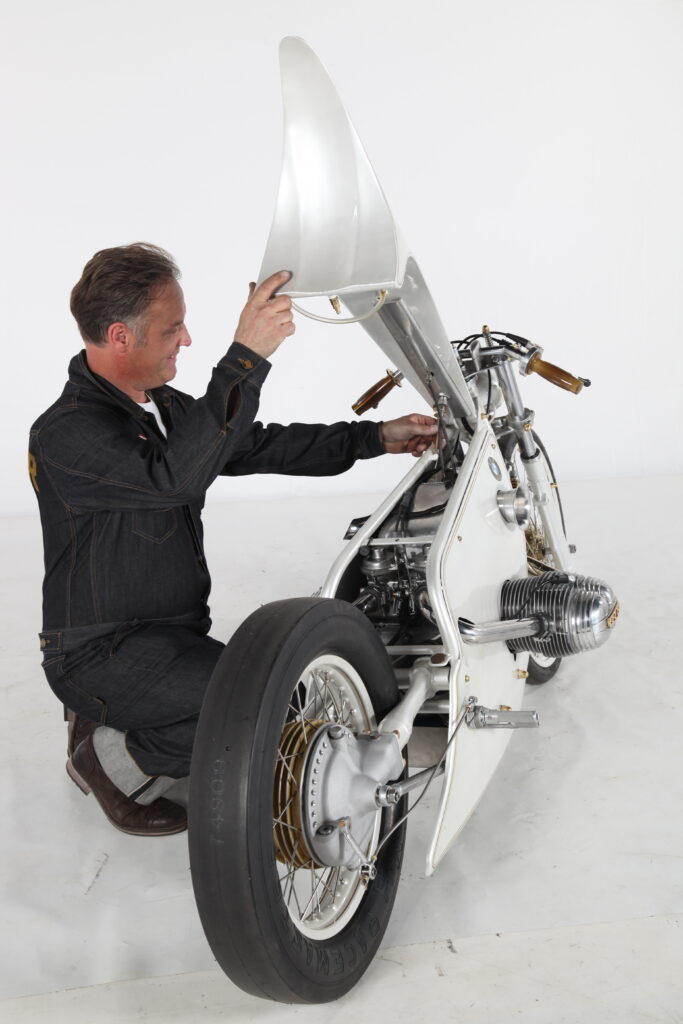
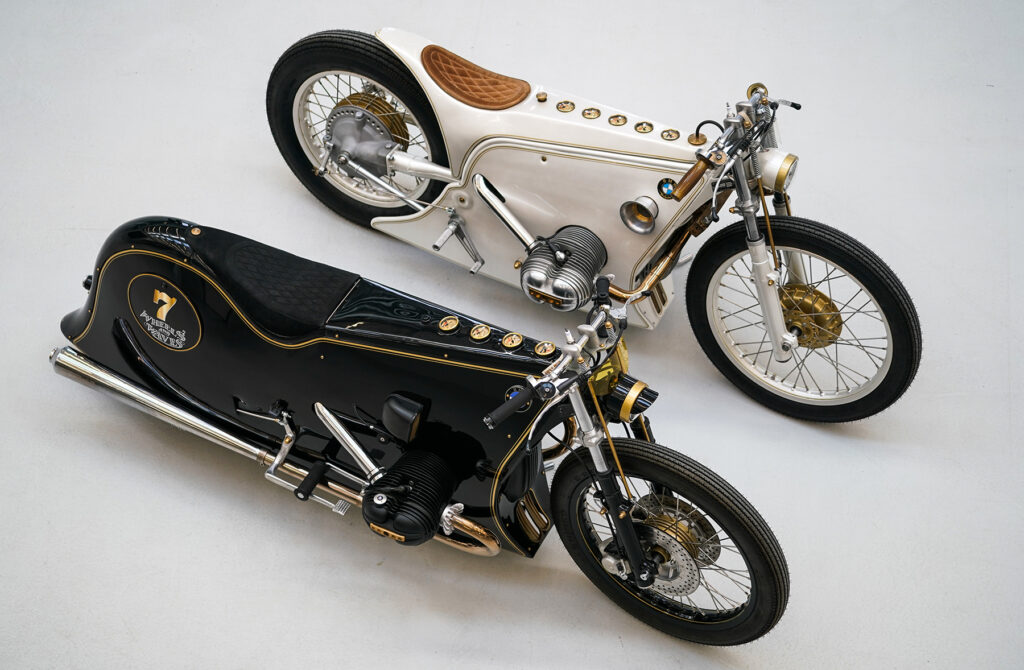
[Stay tuned for a special Gallery feature on each of the three Kingston Custom motorcycles shown here. These unique pieces of rolling sculpture are for sale, with a percentage of the proceeds benefitting the Motor/Cycle Arts Foundation, a 501c3. Contact Paul d'Orléans for details.]

Hell on Wheels - Jimmy 'Daredevil' Washburn
Performing death-defying stunts aboard his Harley-Davidson in the 1930s and 1940s, Jimmy ‘Daredevil’ Washburn was the Evel Knievel of his day. Descriptions of his feats appear in dozens of period newspapers, including the San Jose News and Santa Clara’s The Sportsman. Writers in those publications used a touch of purple prose to describe Jimmy and his hair-raising daredevilry – including riding while blindfolded and jumping over his wife, Vi. Here’s an example from a front-page story in the March 3, 1941, edition of The Sportsman. “To Jimmy Washburn, going motorcycle riding is not the breezy pleasurable sensation which comes to the average motorcyclist. You see, Jimmy specializes in riding his high-powered velocipede through plate glass windows, burning walls and into brick walls!”
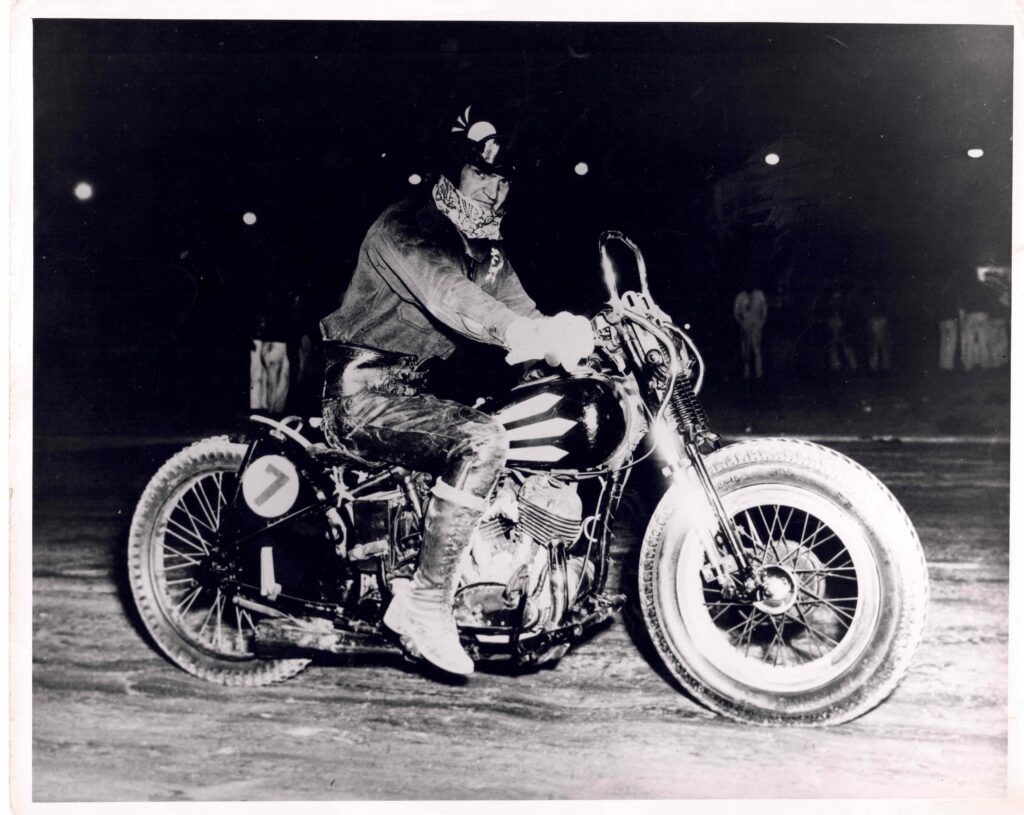
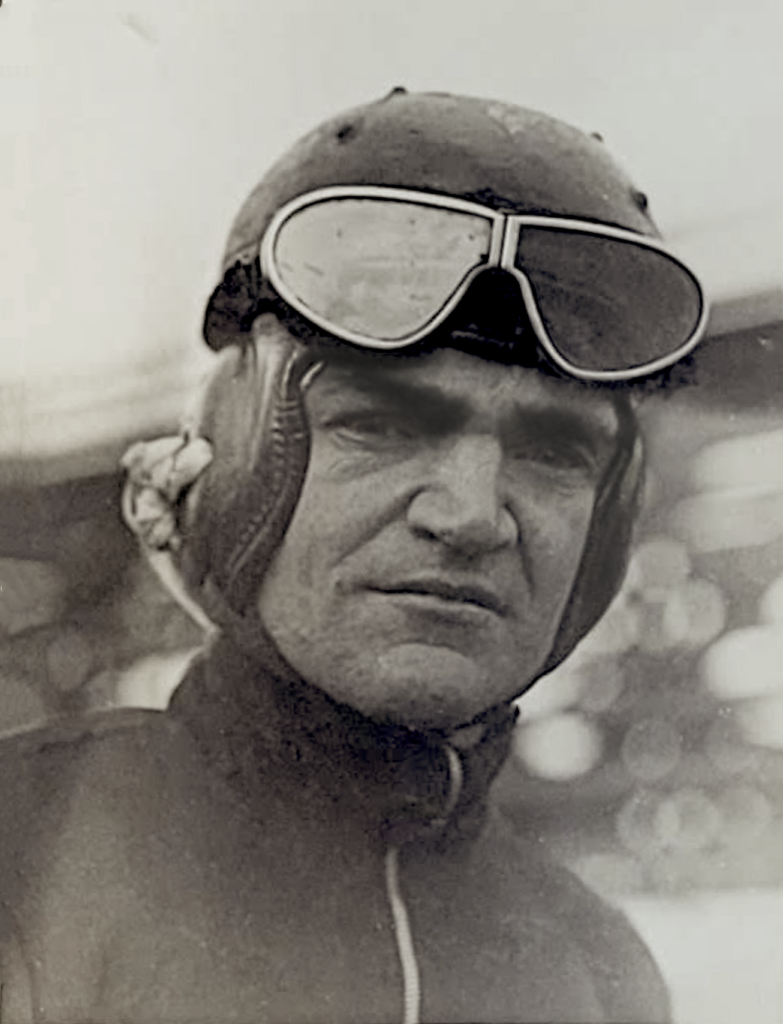
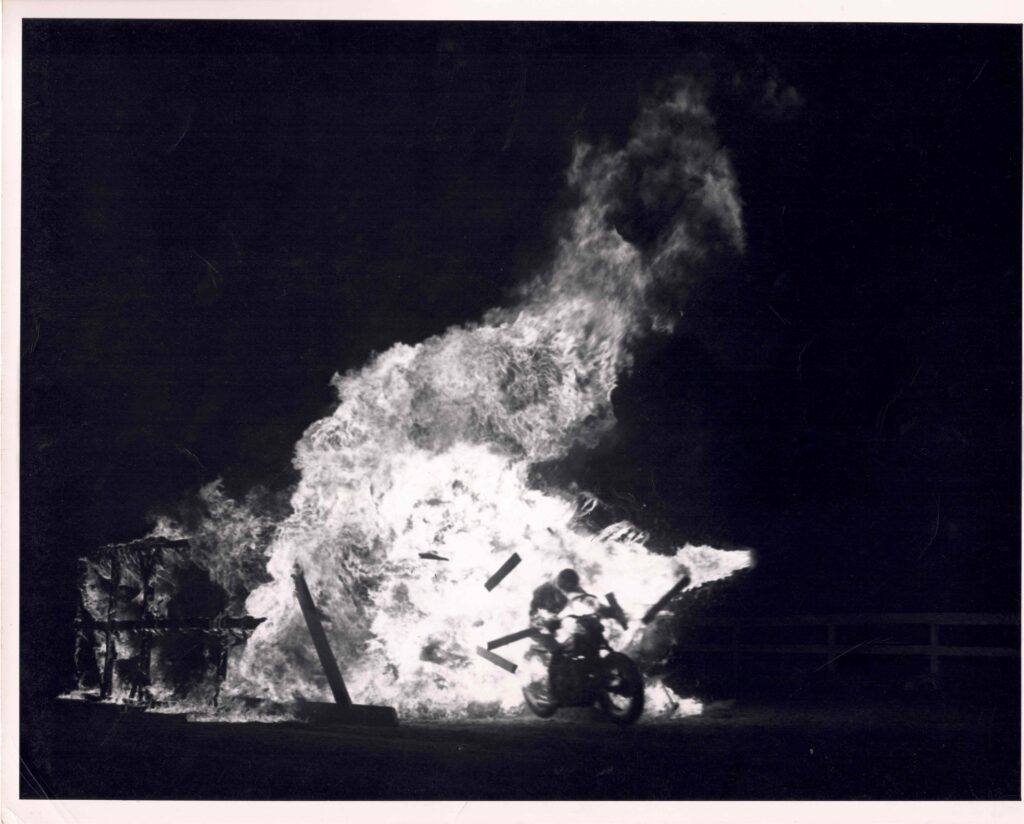
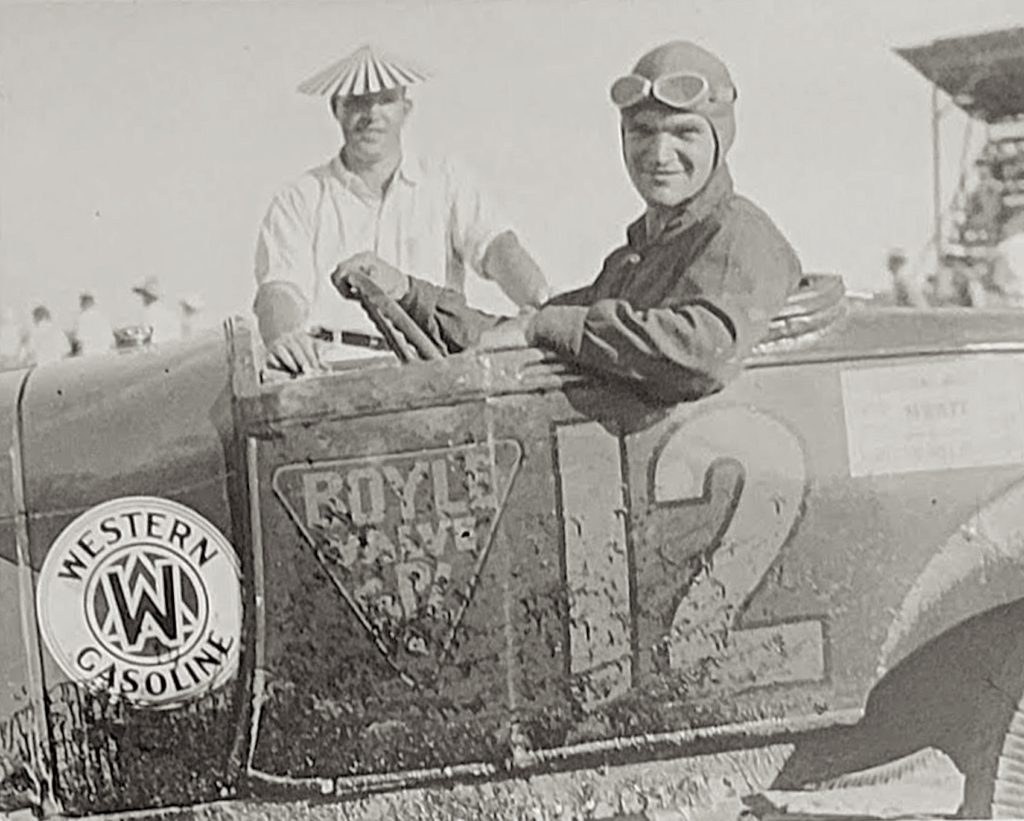
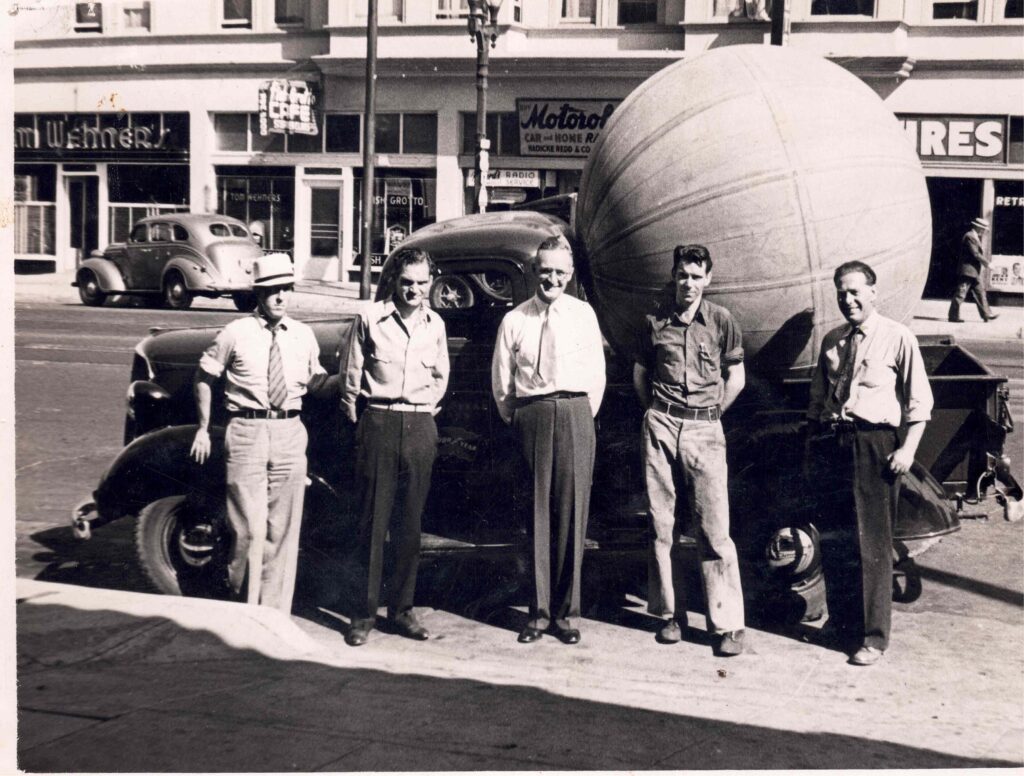
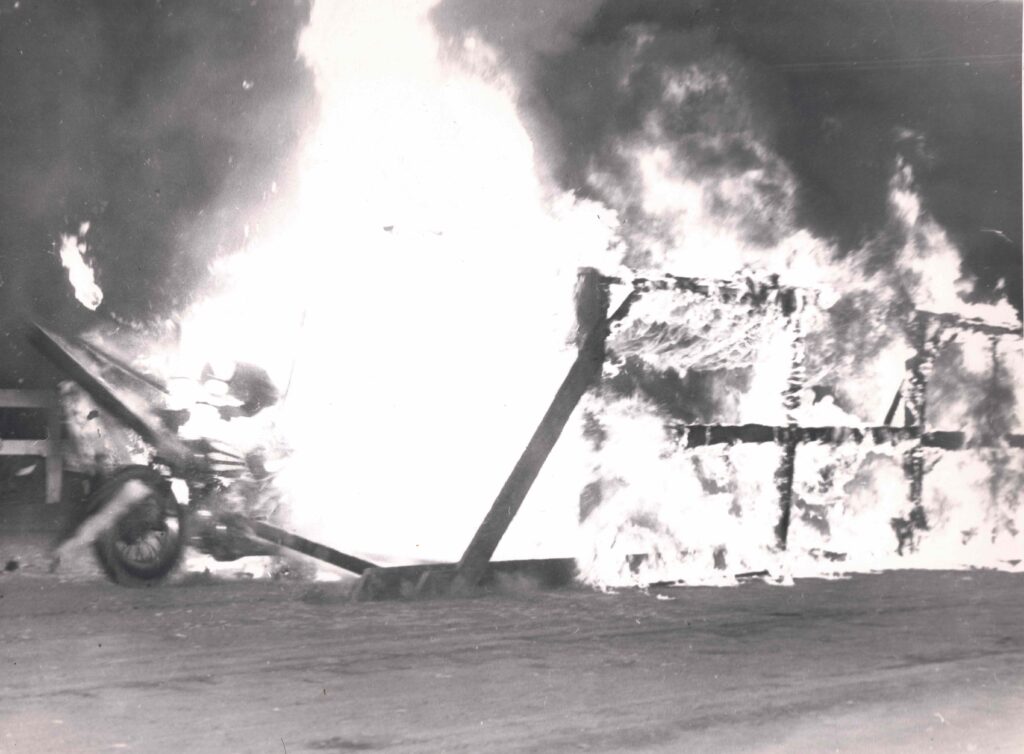


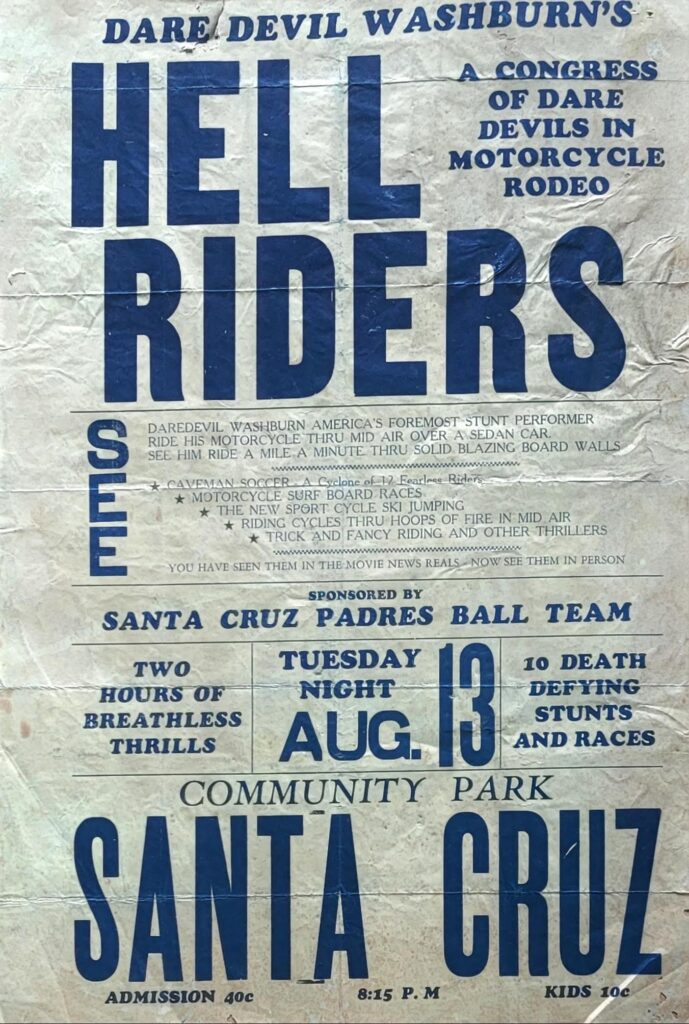
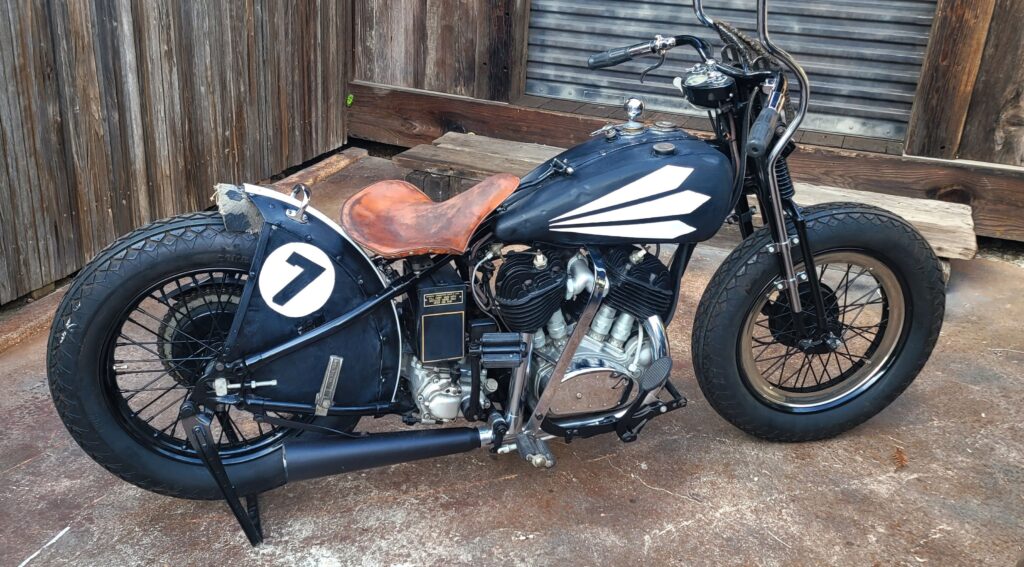

Freeze Frame - Allan Tannenbaum
Motorcycles, photographs and stories are intricately intertwined in the life of legendary New York-based lensman Allan Tannenbaum. After decades of capturing stunning and important images of musicians, world altering events and simple moments of everyday life, a few years ago Allan was invited to share his work and experiences at a Motos and Photos NYC event. There, he met filmmaker and motorcyclist Jean Pierre Kathoefer, or as he prefers, JP. “We met there first, and then several more times at other motorcycle events,” says JP, whose daily rider is a KTM 990 Adventure. Born in Germany, JP began riding at a very early age aboard a Yamaha PW50. A career in IT brought him to New York some 10 years ago, but filmmaking took precedence after purchasing a GoPro camera – and then becoming very proficient with all manner of movie equipment. Six years ago, JP founded the video production company johnnypuetz Productions.
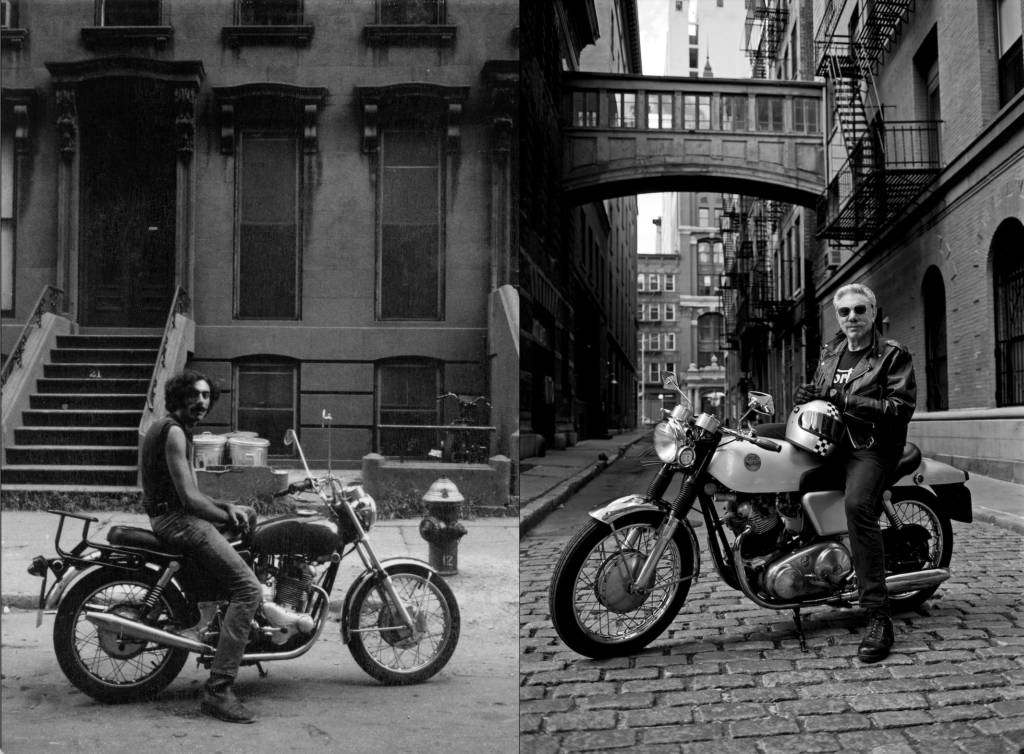
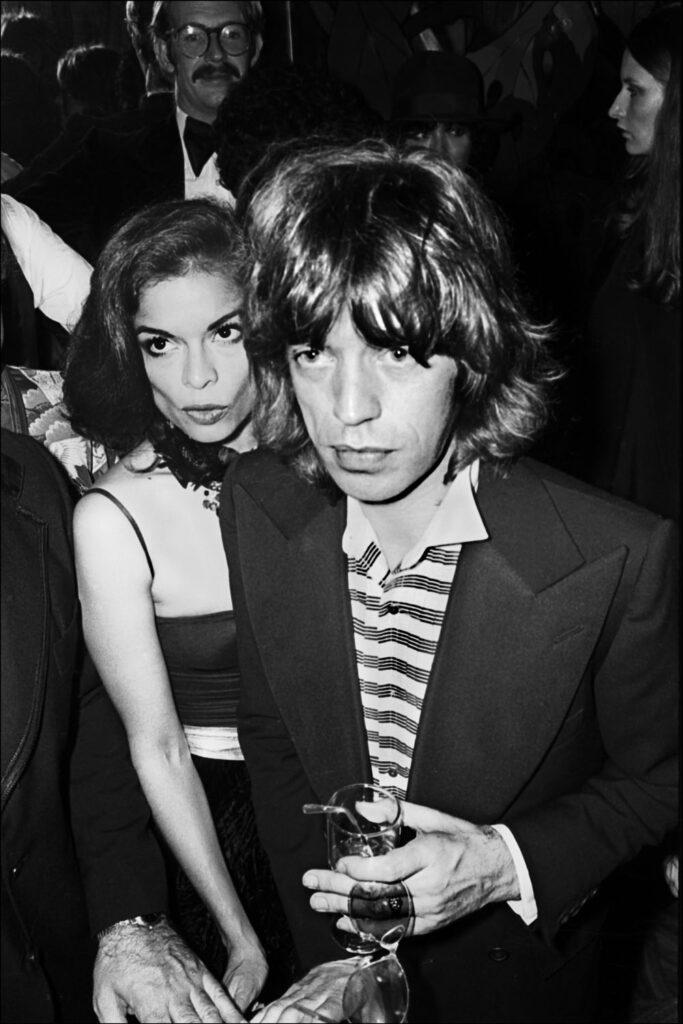
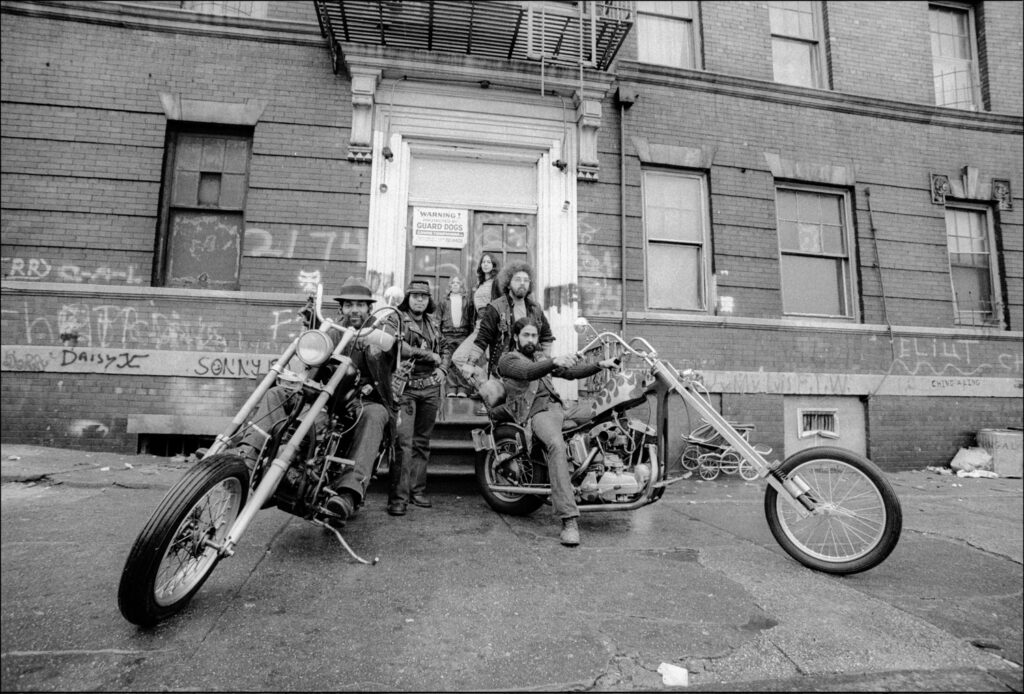
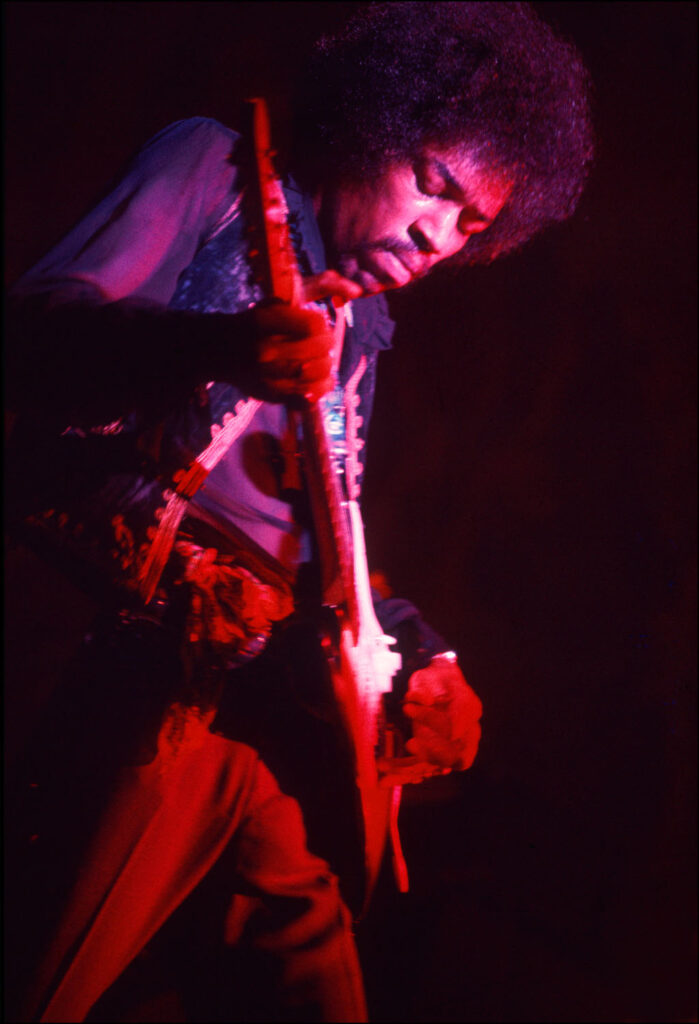
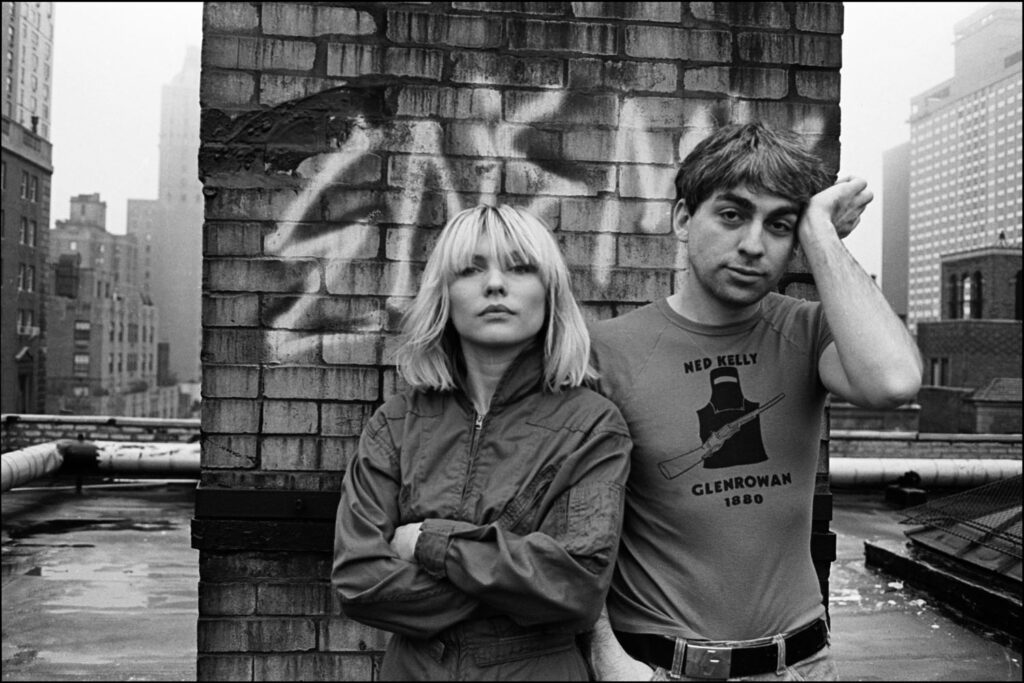
From 'SoHo Blues - A Personal Photographic Diary of New York City in the 1970s' by SoHo Weekly News chief photographer Allan Tannenbaum.
In the summer of 1964, after his sophomore year at Rutgers University, Allan and a friend with a 1940 Studebaker sedan drove the car across Route 66 to Los Angeles and up the Pacific Coast Highway to San Francisco where they stayed with friends in a loft on the Embarcadero. “That was, I guess, my first big adventure,” he says. It was also when he experienced his first yearning to learn about photography. While in San Francisco, outside the main post office, Allan witnessed an anti-Vietnam war demonstration. “My friend had a nice 35mm Miranda camera which he’d left in the car, and I felt the urge to take pictures. I wanted to use the camera, but realized I didn’t have a clue. That was it, I said I wanted to learn how to take pictures.”
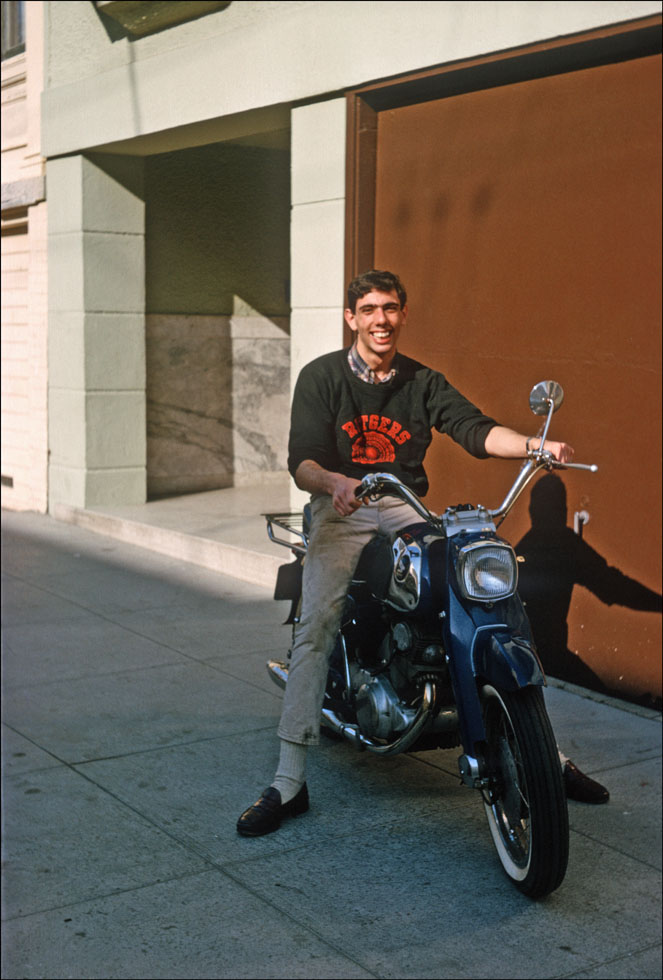
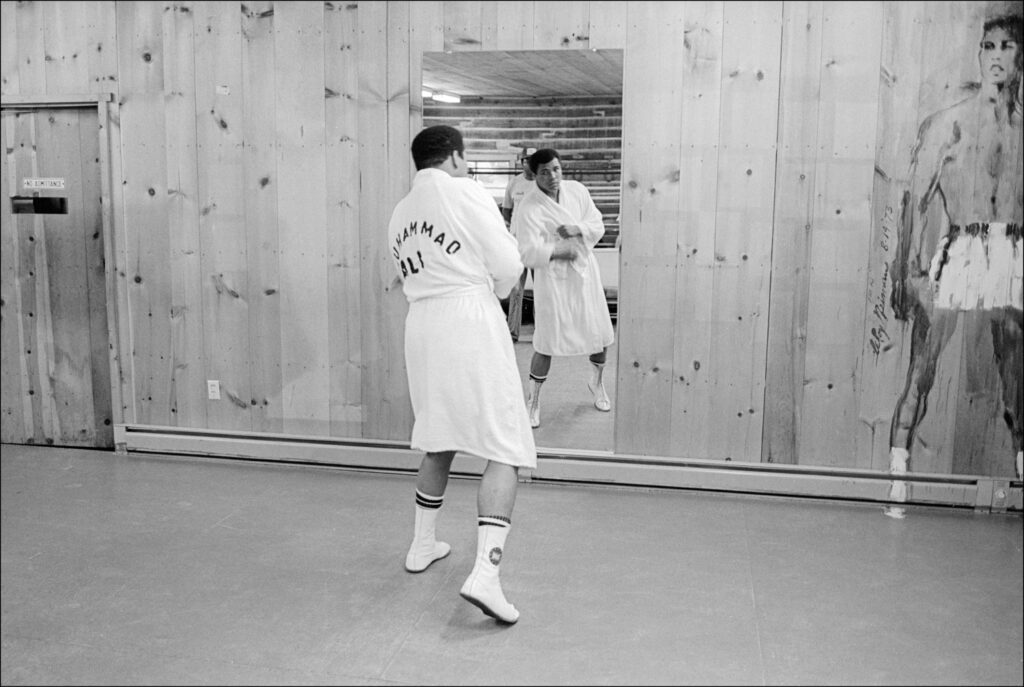
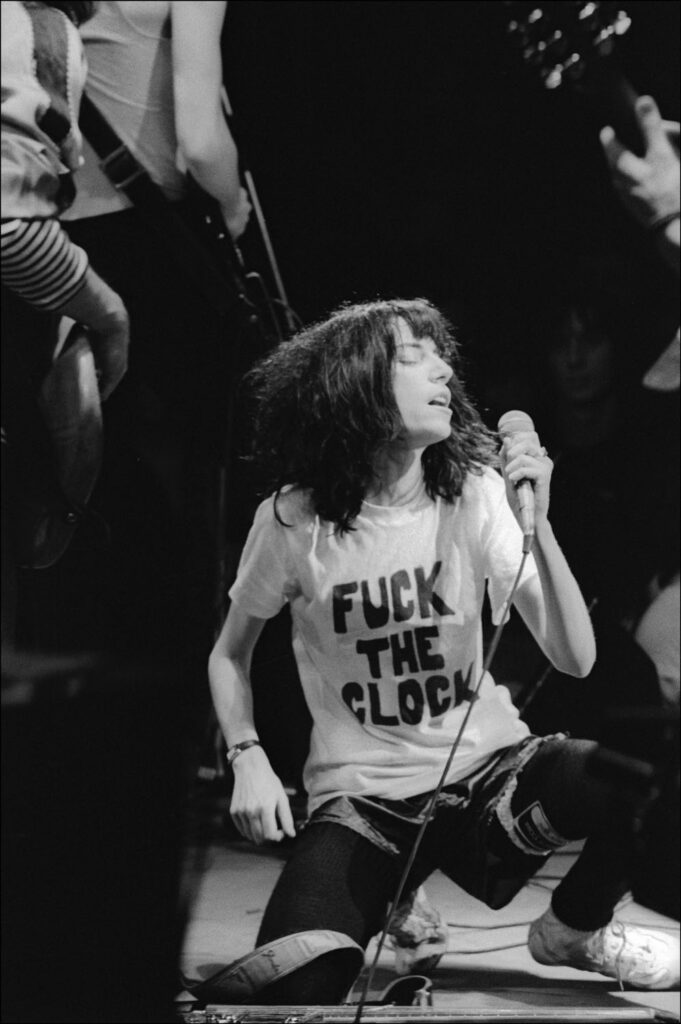
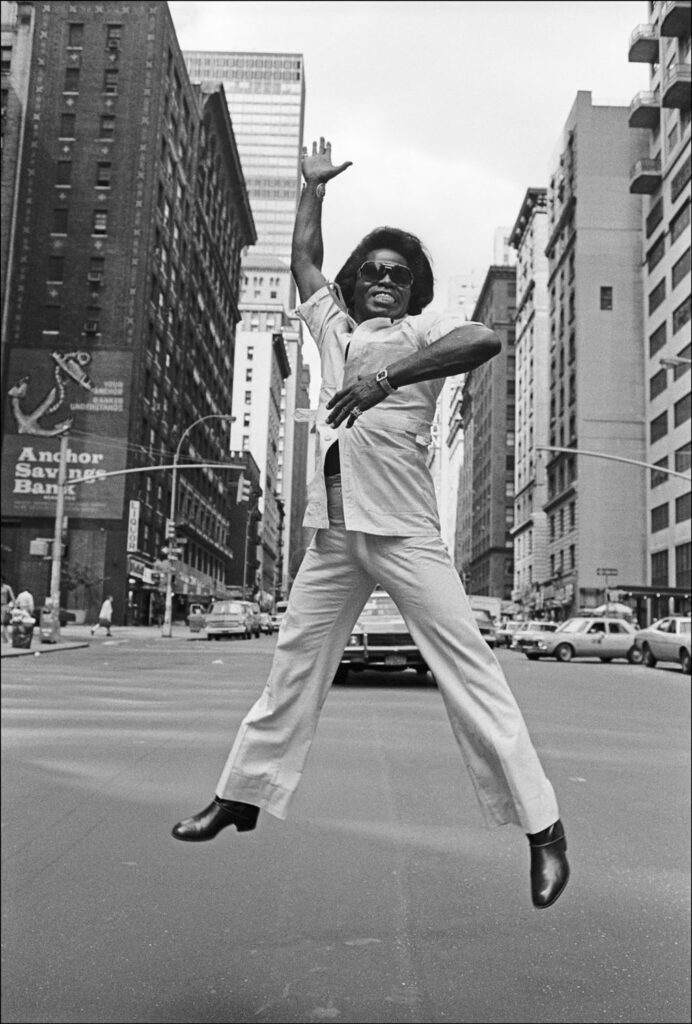
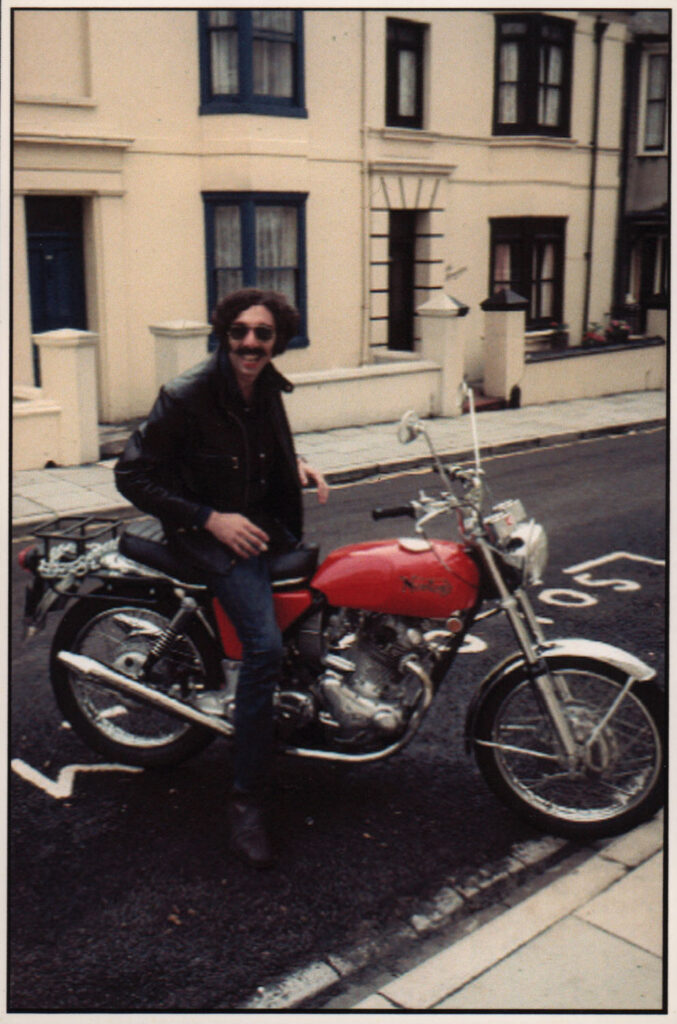
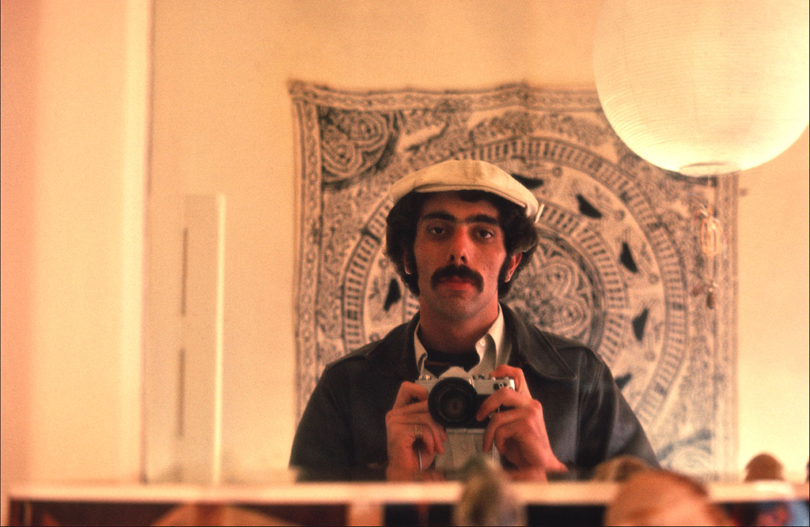

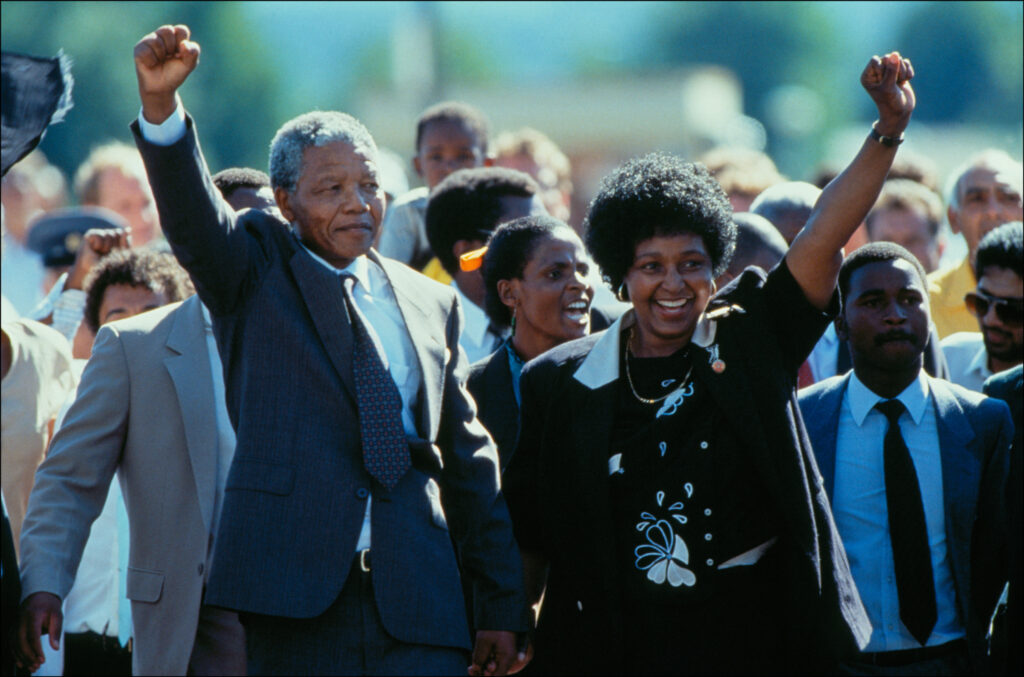


Firefighter Tim Duffy arrives downtown on his Harley-Davidson after 1st tower had collapsed. [Allan Tannenbaum]
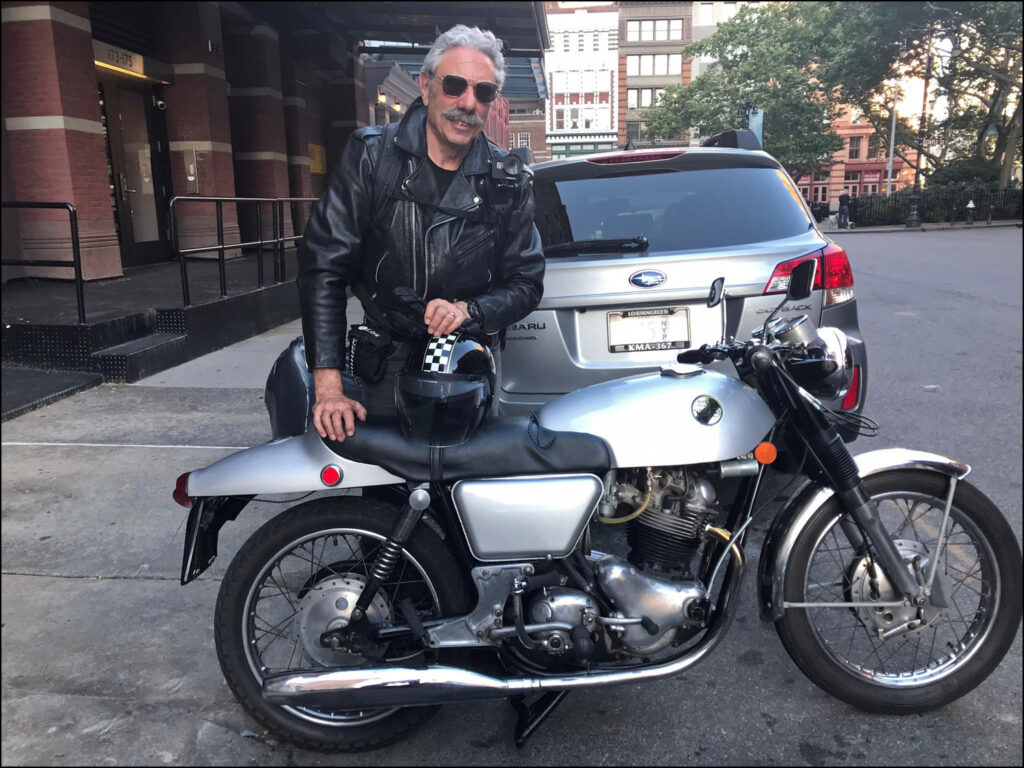
You can watch the full film about Allan Tannenbaum, 'Back to the Present', on vimeo.

Ben the Pipe Bender - Raysons Exhaust
So much of what makes an antique, custom, vintage or race motorcycle visually appealing is the line of its exhaust pipe – or pipes. How the tube bends and flows. How it tucks in and flares out. And that’s just the aesthetics. More to the point, a correctly built pipe is required for a 2-or 4-stroke internal combustion engine to make optimal power. It’s both art and science, and Ben Hardman of Raysons Exhaust in the U.K. has established himself as one of the best when it comes to forming bespoke motorcycle pipes and silencers. For more than a decade, custom builders, racers and restorers have been relying on Ben to craft exquisite systems for their various projects.

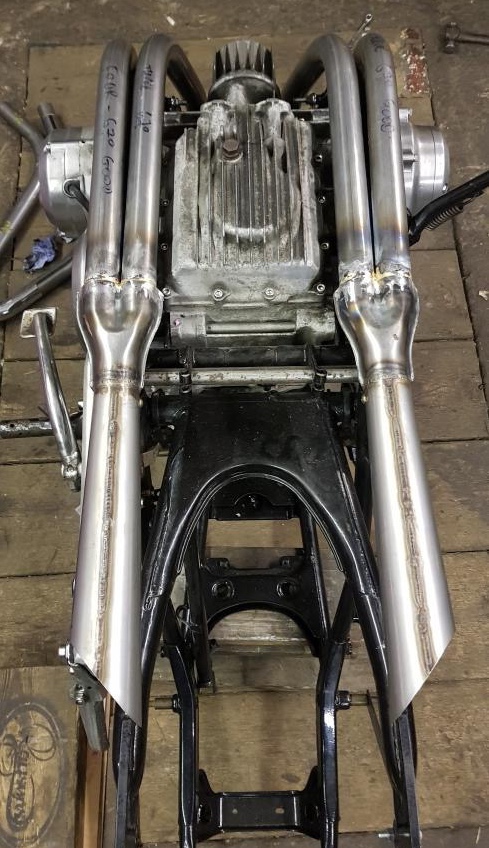
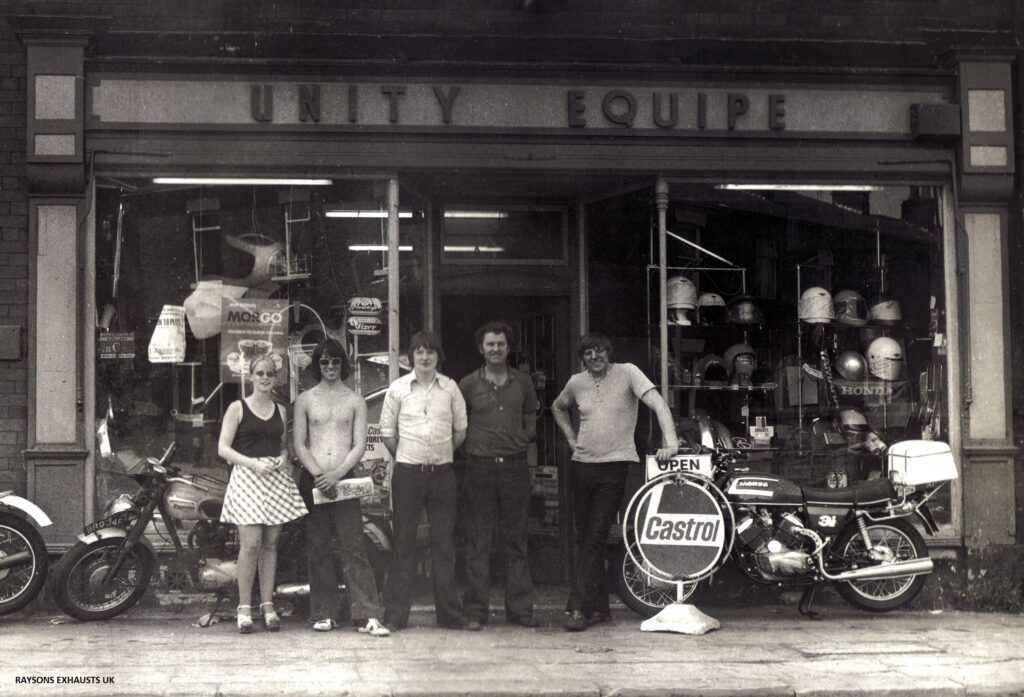
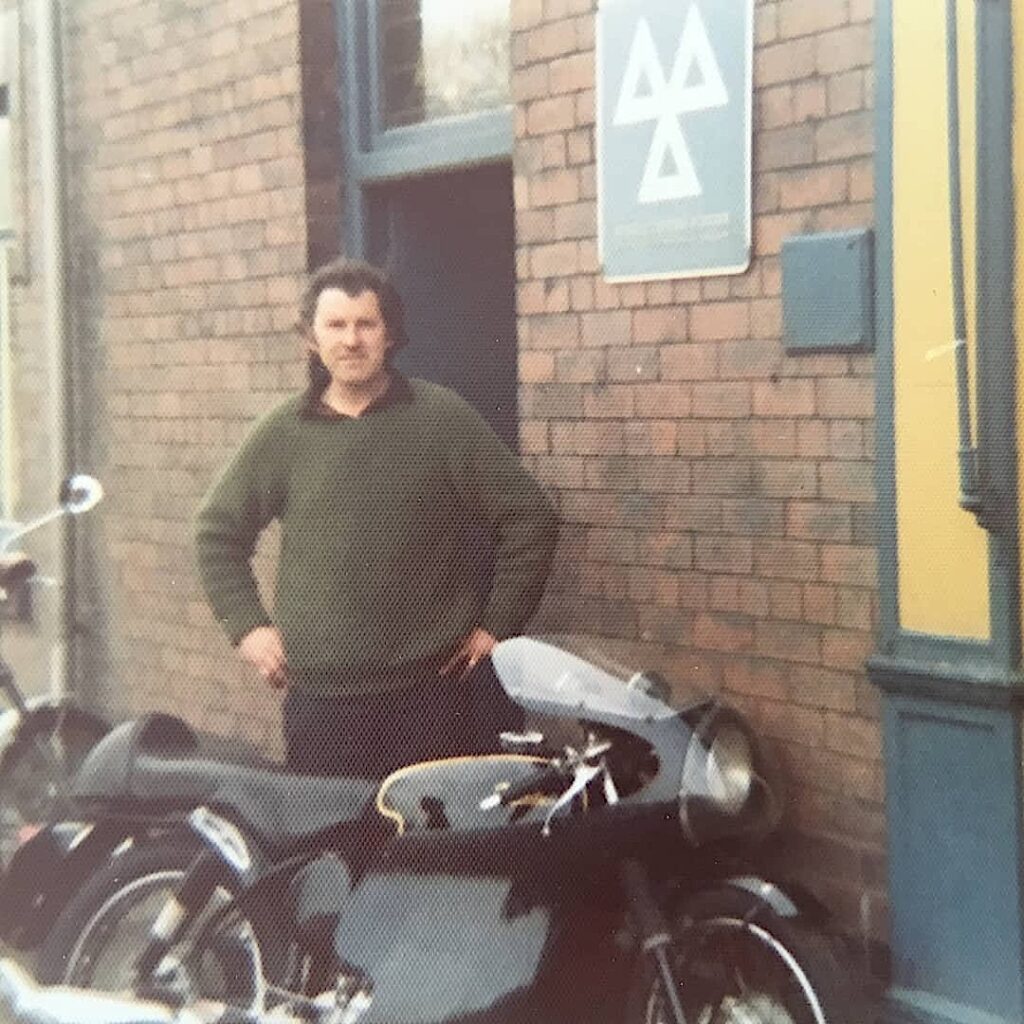
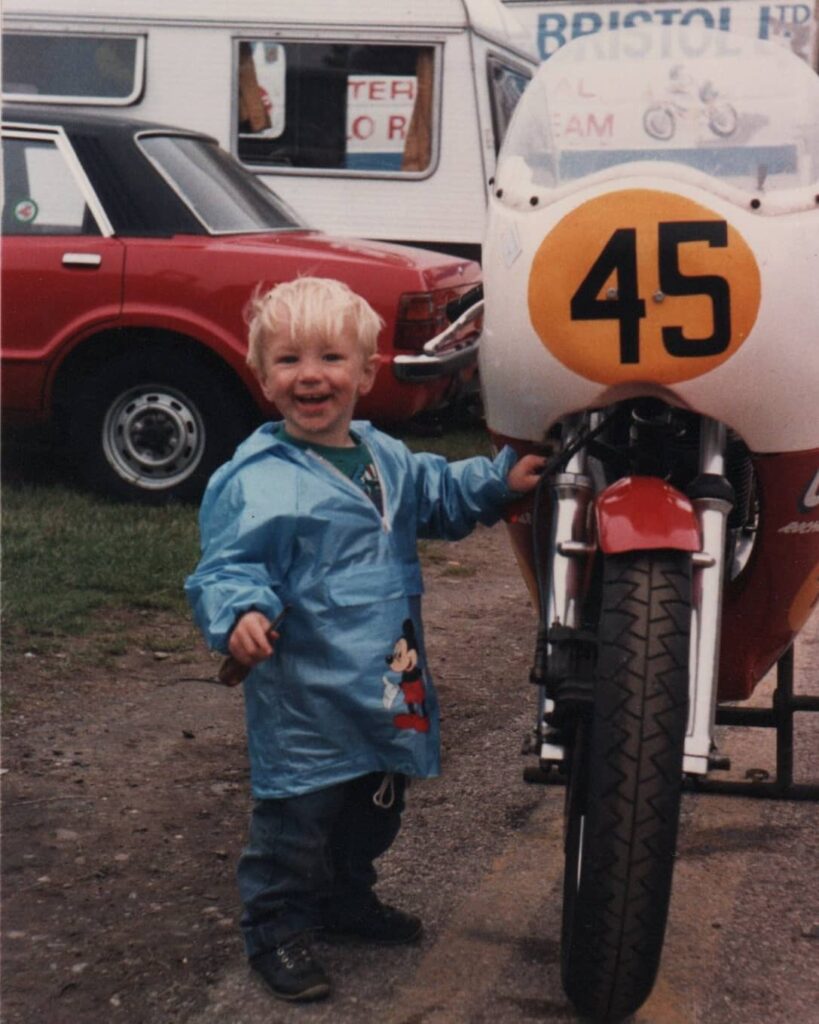
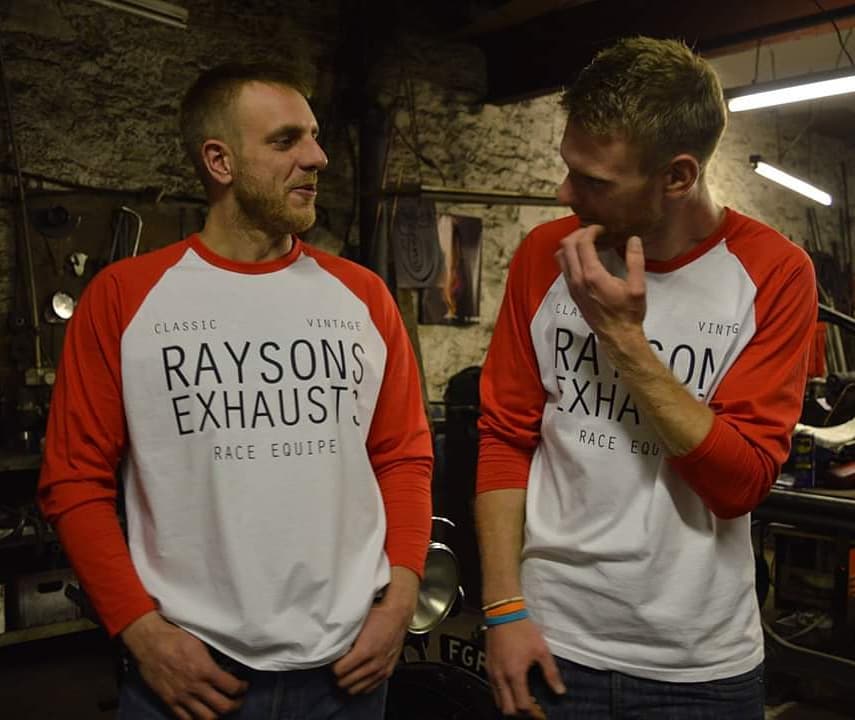
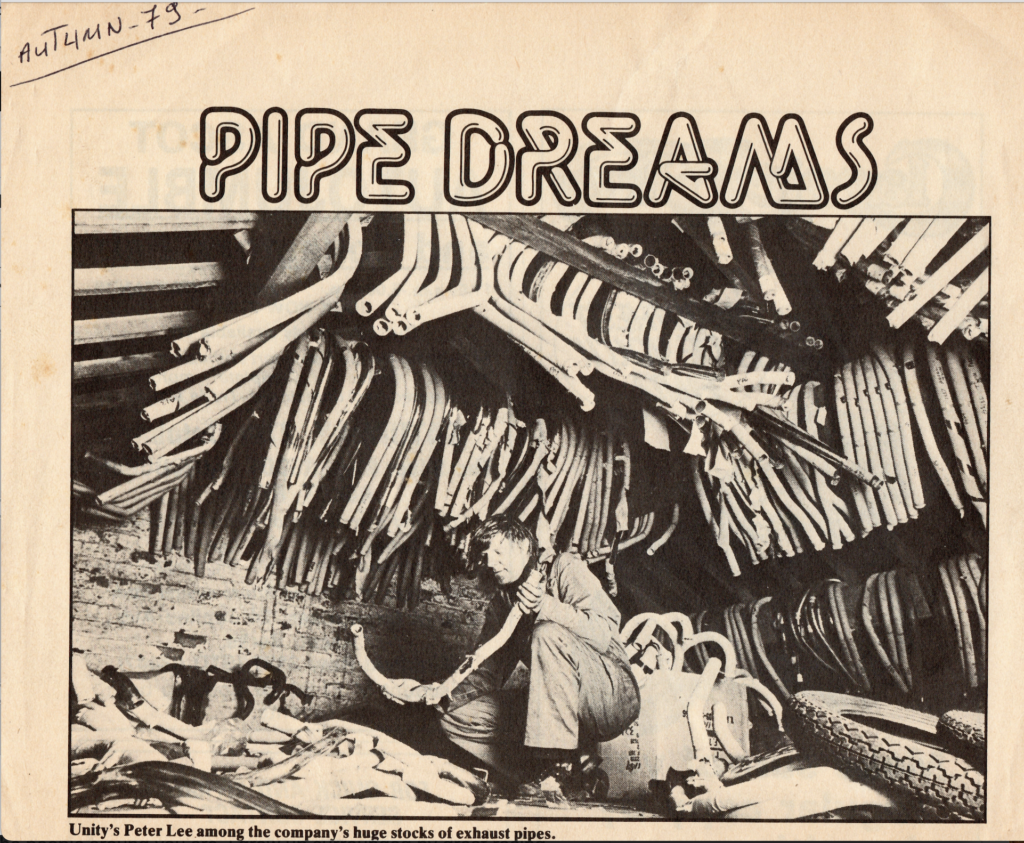
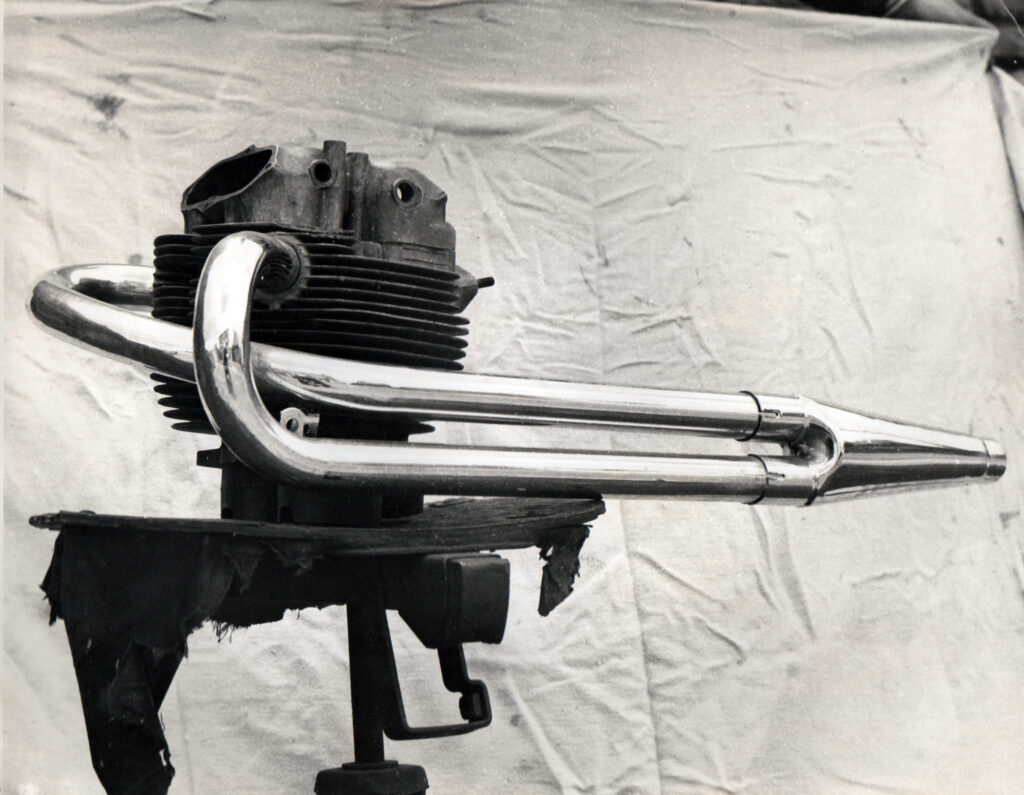
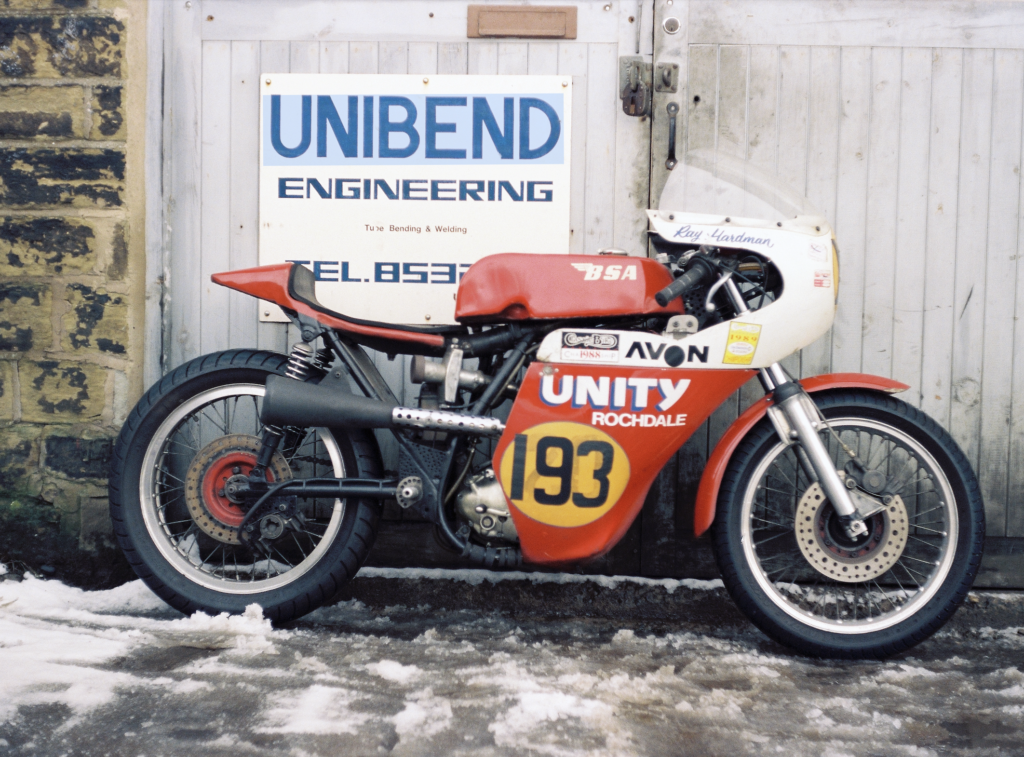
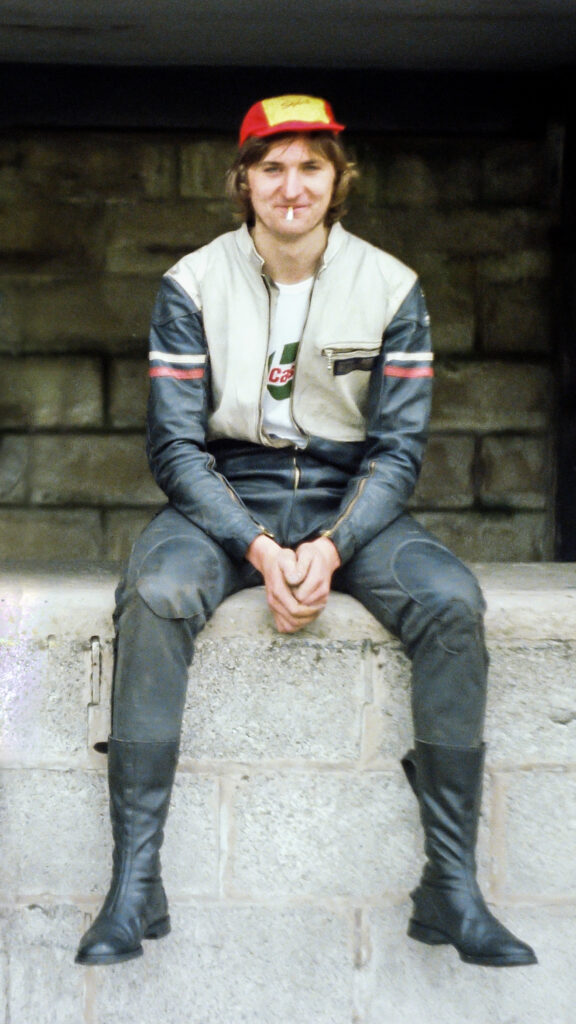

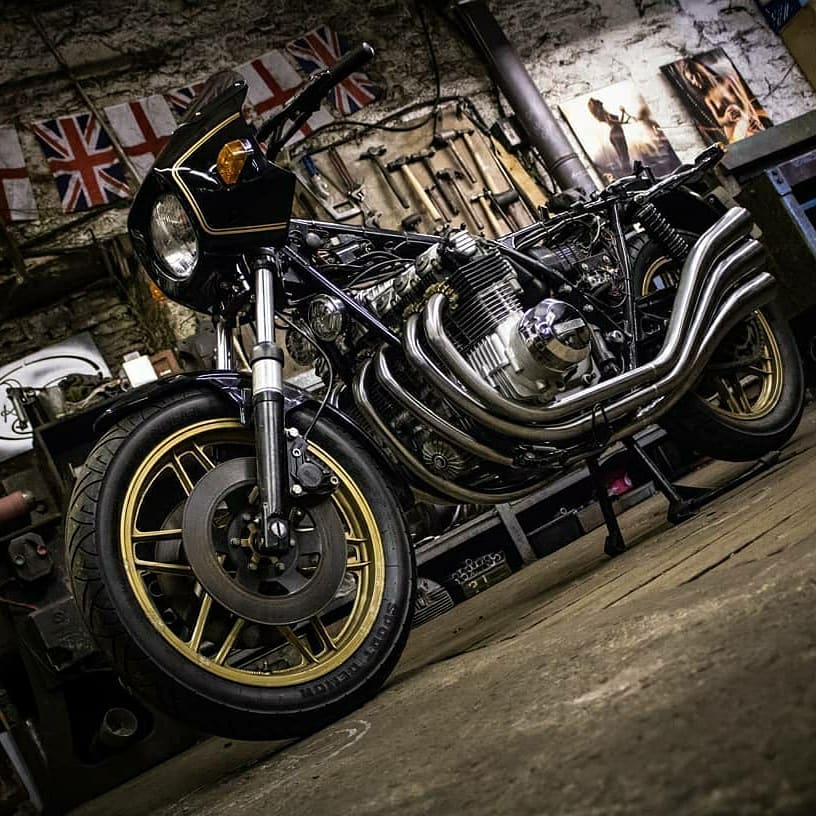
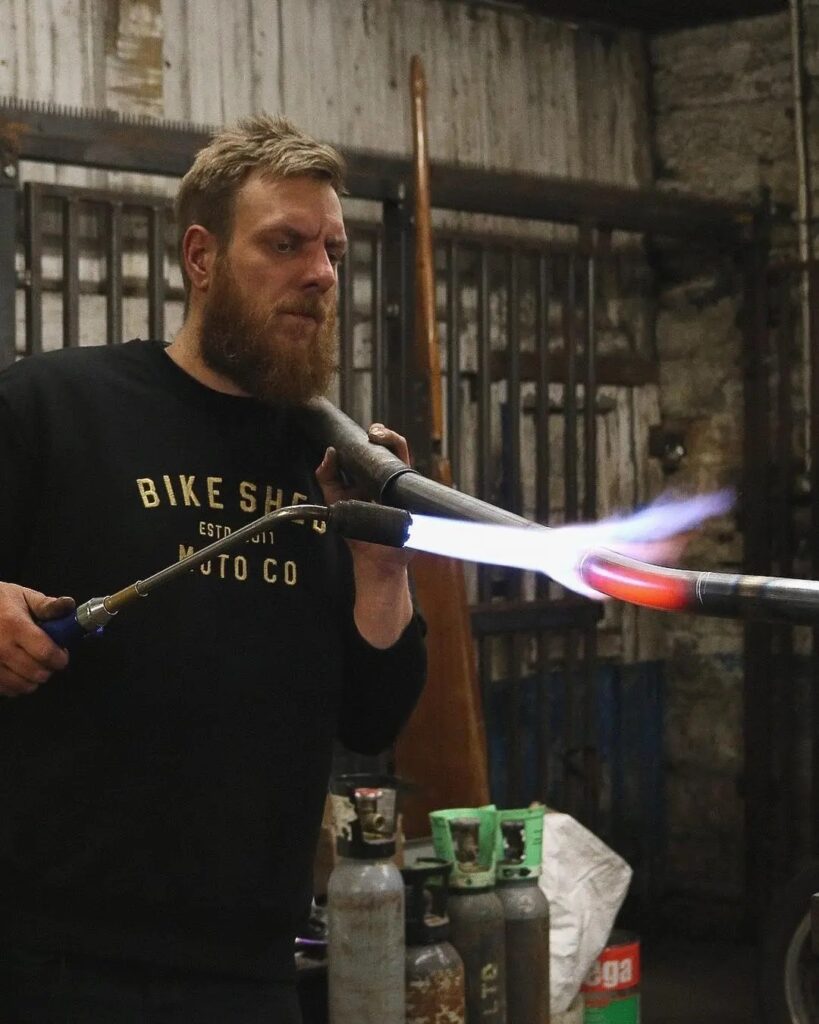
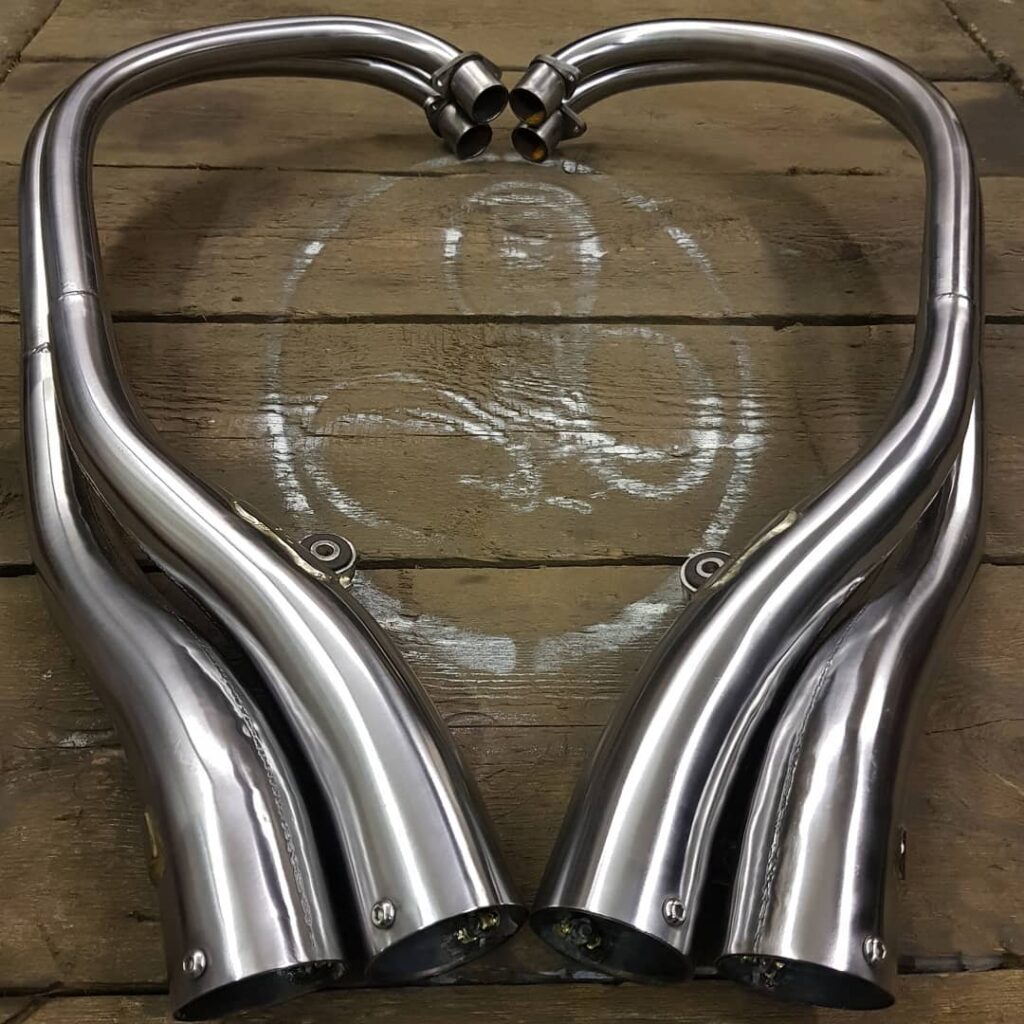

Cross-Country Crowdfunding, in Pink
A TRUE FORM OF ADVENTURE TOURING: GARRETT PETERSON’S PHILOSOPHY OF ‘WRONGEST’
Riding one wildly crazy adventure after another is the fuel that fires motorcycle hobo Garrett Peterson’s existence. Here’s how one of his epic travel stories got its start. In early 2022, Garrett took off on his Harley-Davidson FXR for a two month trip roaming the American Southwest, with a stop in Iowa for some fresh tattoo work. On his way back to Wyoming -- his ‘home’ state, or as close as he gets -- he stopped to buy chain oil at a small independent motorcycle shop. Displayed inside were several pink made-in-China small-bore TrailMaster scooters. A friend he was riding with laughed and said, “I bet you couldn’t do what you’re doing now, riding around the country, on one of those!” Garrett thought about that: “I was like, yeah, that would be kind of funny, wouldn’t it?”
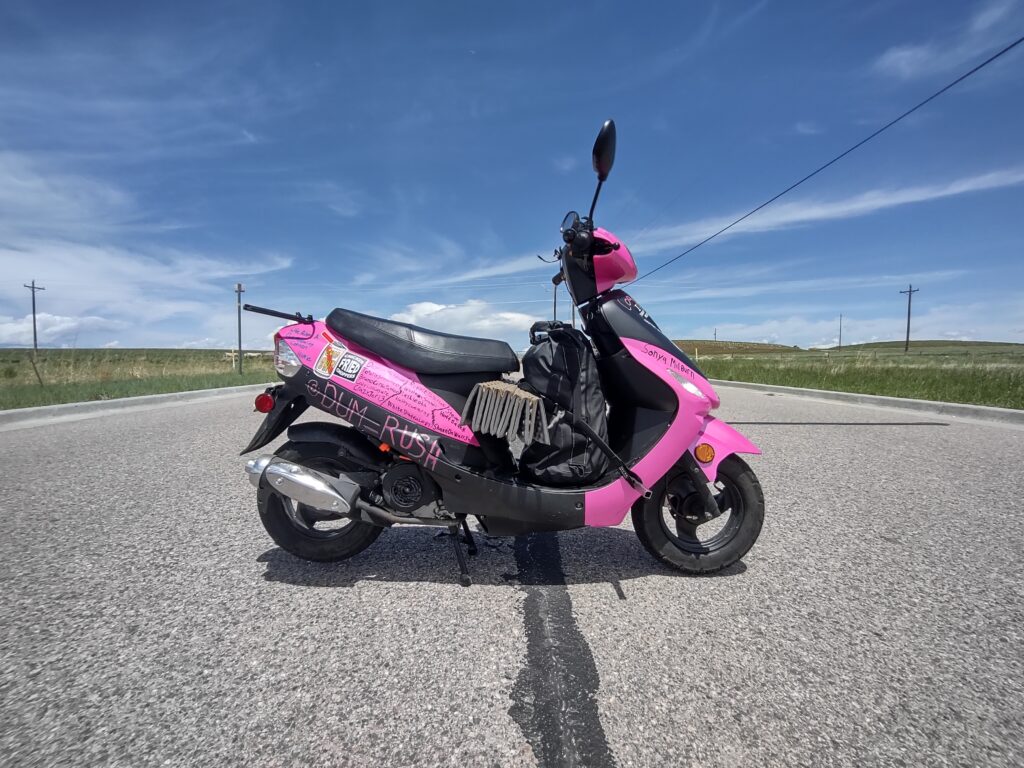
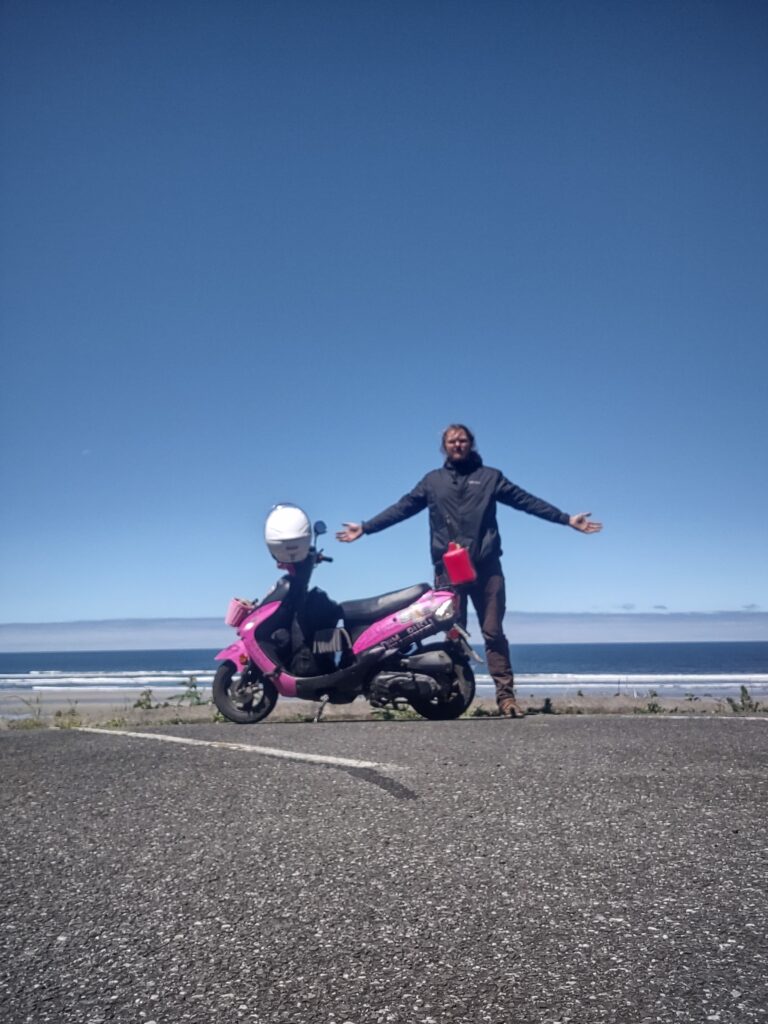
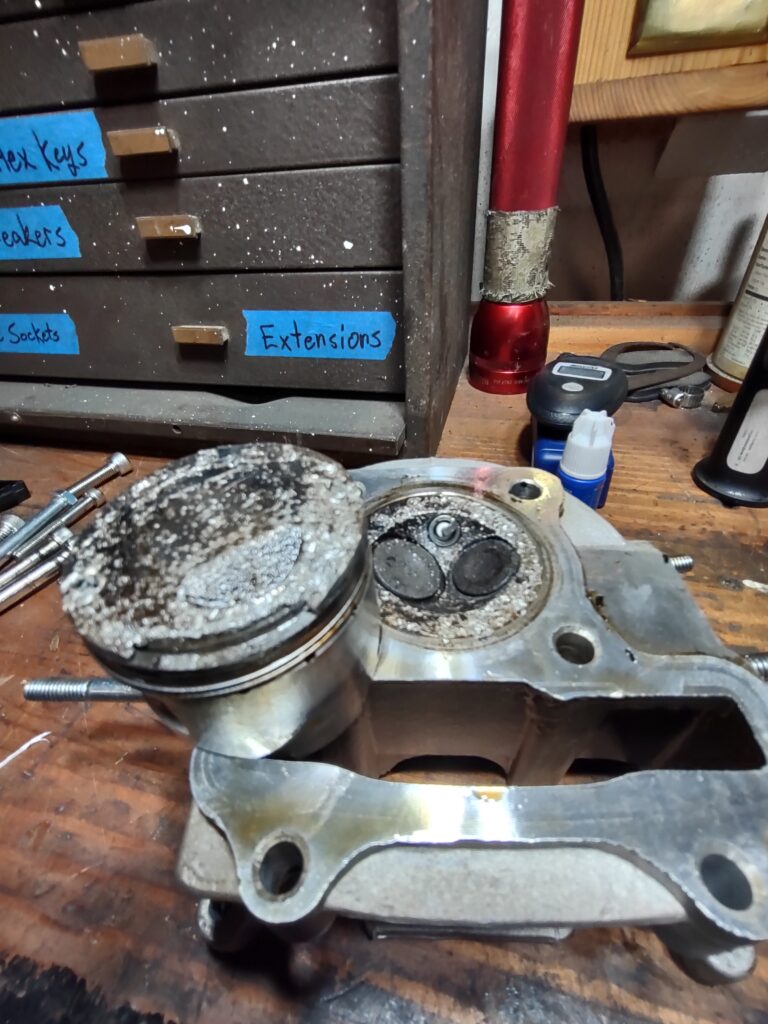
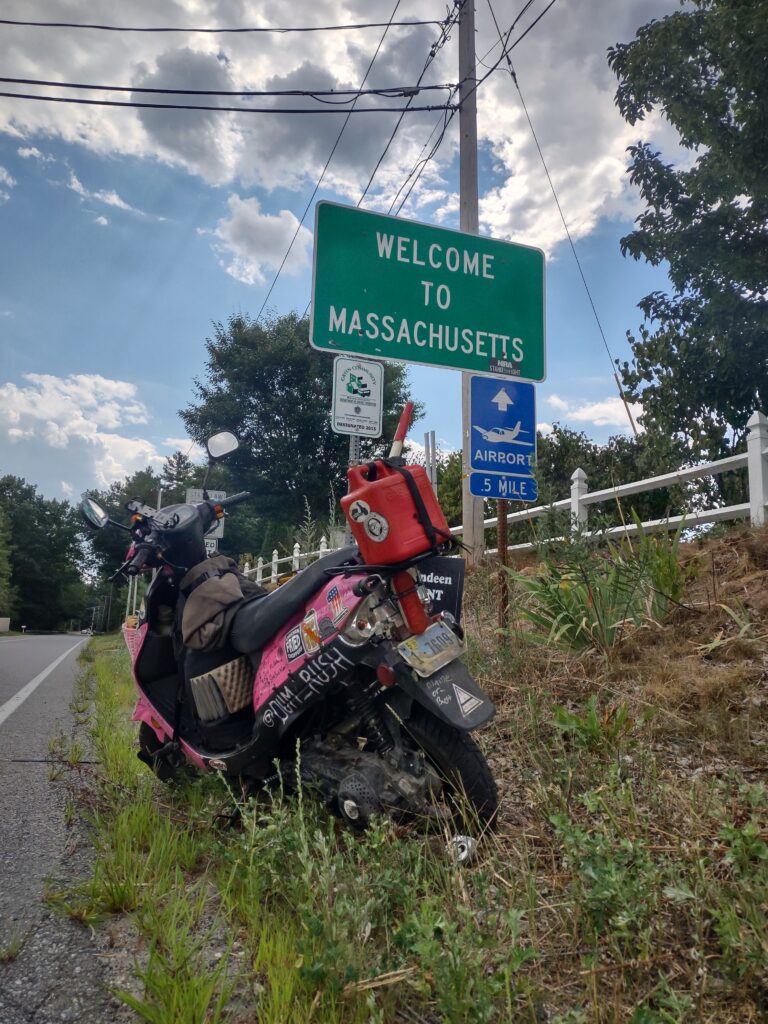
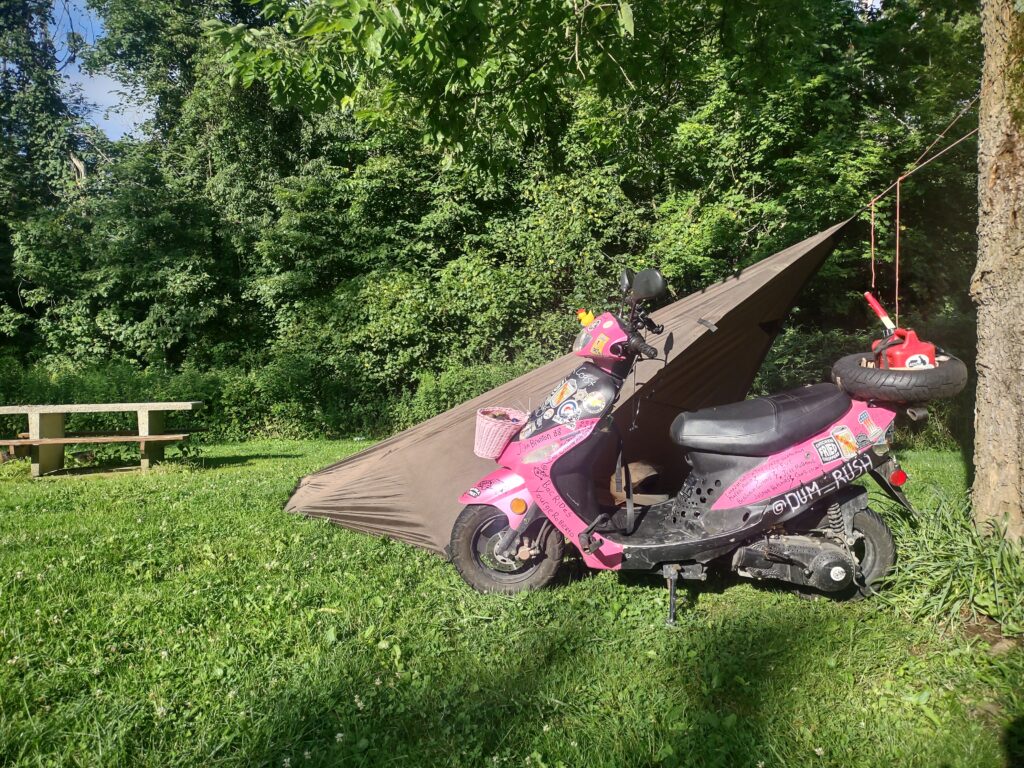
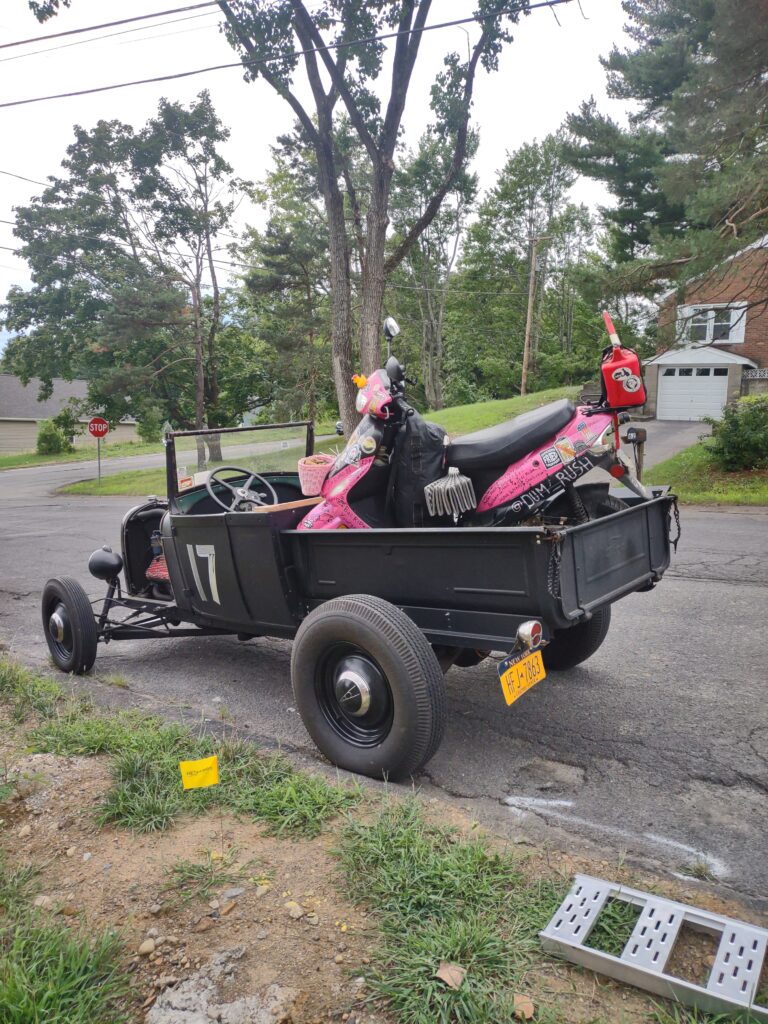
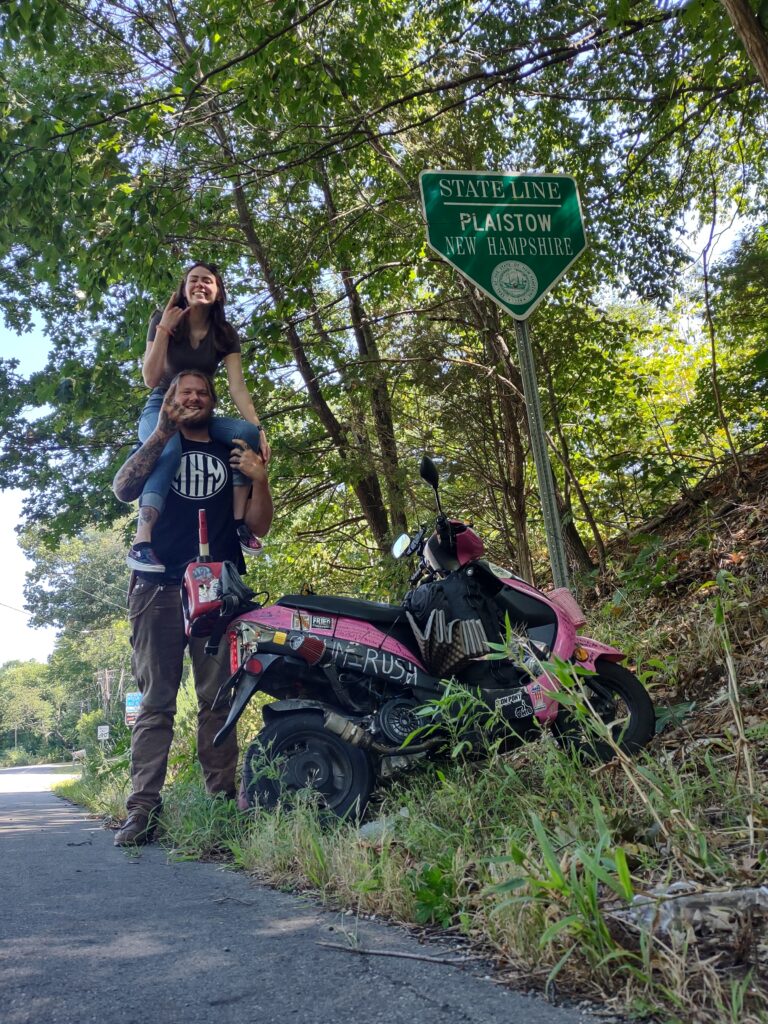
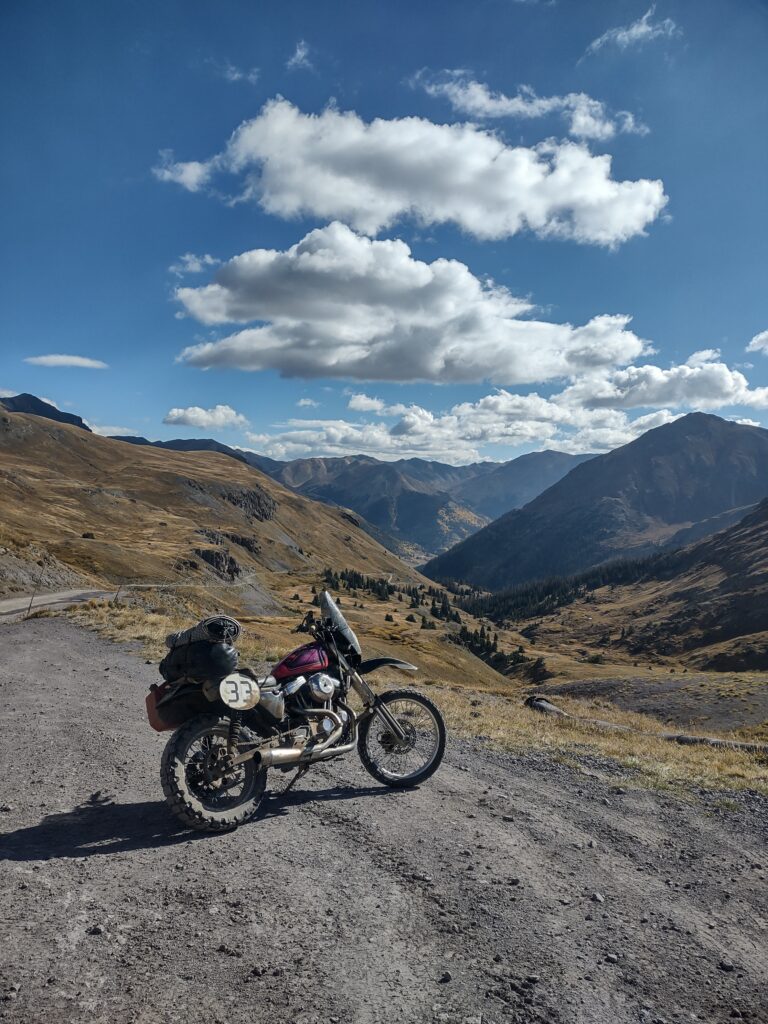
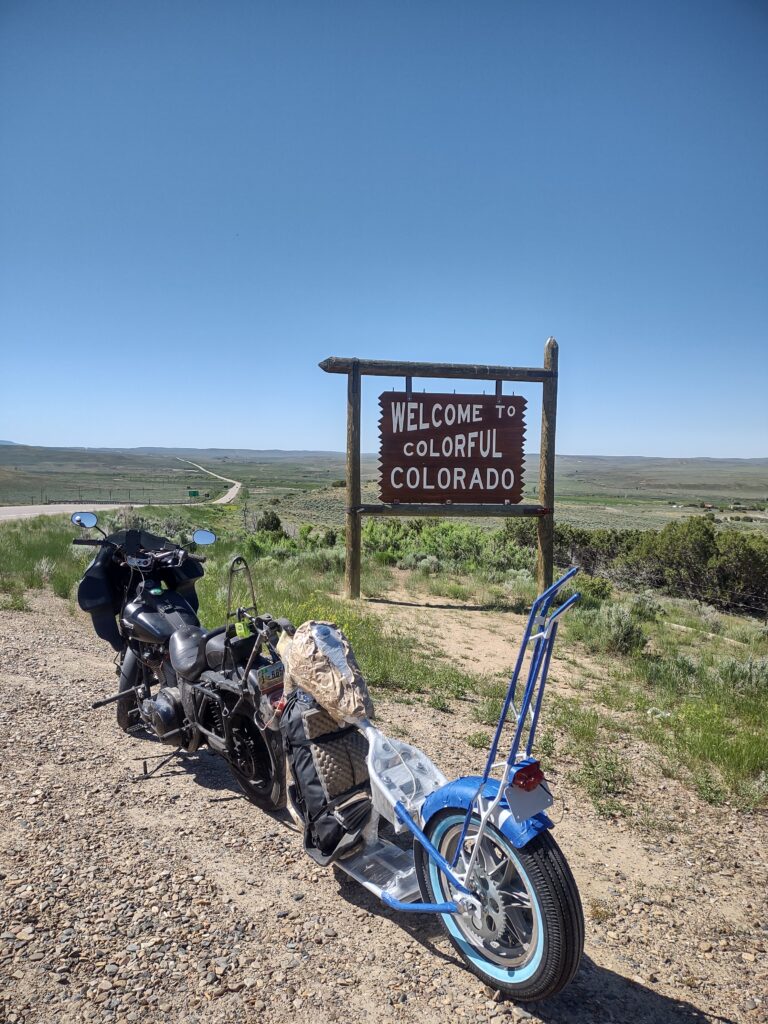
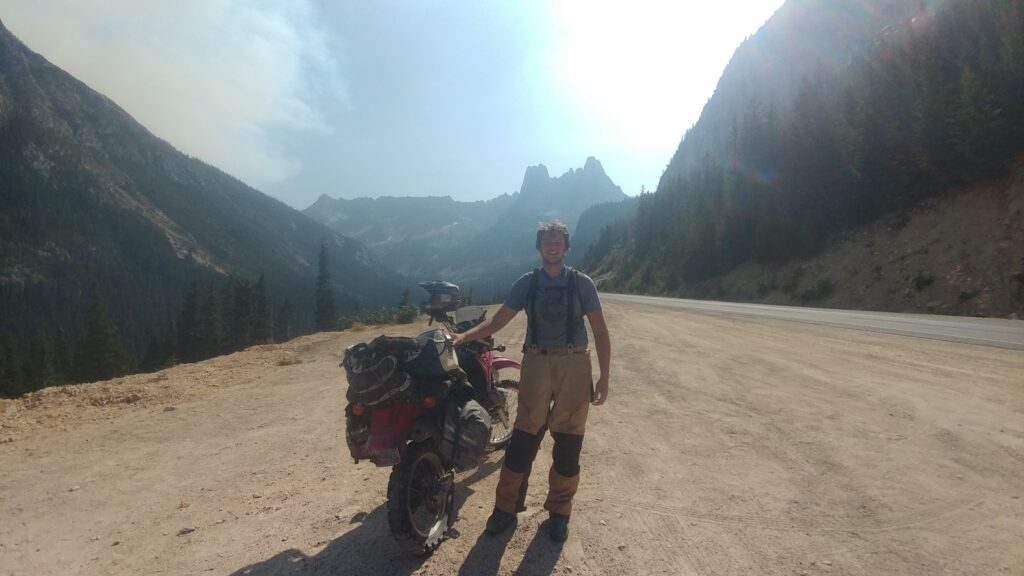

Seeds of the Future - Howard-Yana Shapiro
With a lifetime spent focused on sustainable agriculture and agroforestry – and all that entails in the realm of plant breeding and genetics – renowned scientist Howard-Yana Shapiro balances his inquiry into the world of seeds with his love of motorcycles. On the surface, plants and motorcycles don’t seem to connect, but they're both integral to Howard’s existence. “Is there any connection between motorcycles and what I do with plants?” muses Howard, who over the course of his long career has been a Fulbright Scholar and Ford Foundation Fellow, university professor and author. He’s also the recipient of the University of California, Davis, College of Agricultural and Environmental Sciences Award of Distinction. To answer that question, he describes a delightful scene, one where days before our conversation, he’d been out for a spin near his Davis, California home aboard his 650cc Moto Guzzi Lario. “The almond trees were blossoming, and these are little pink/white flowers on the trees. Riding through the almond grove it just looks like a series of balls of this kind of color, and the blossoms were dropping their petals because the bees had been pollinating. The wind blows the petals off, and the center forms the almond of course. But the ground looked like it was covered with snow. We can’t see that anywhere else, unless we walk or ride a bicycle, or ideally, a motorcycle. Riding in third gear, 25 miles an hour, just putting along on the Lario wearing an open face helmet and safety glasses, I could see everything and I could smell everything.”
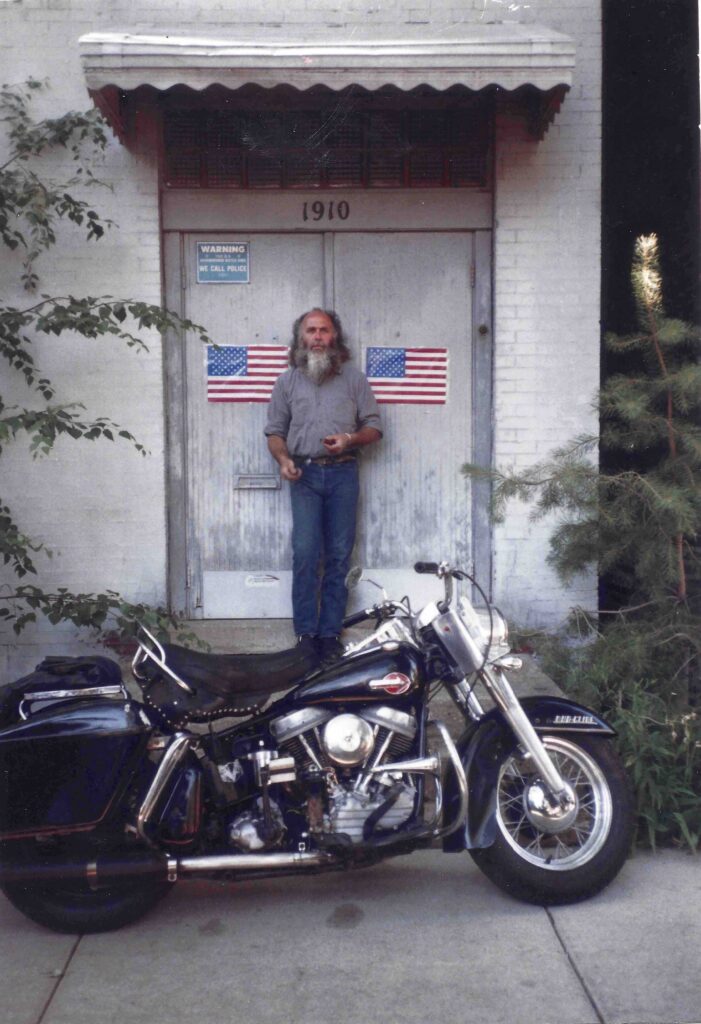
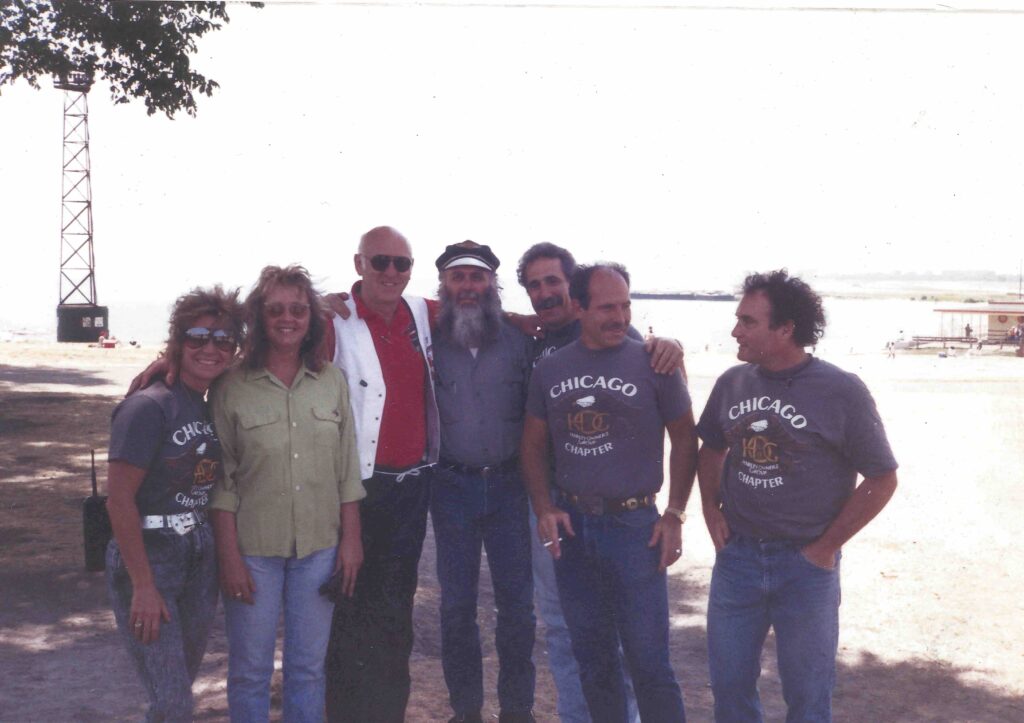
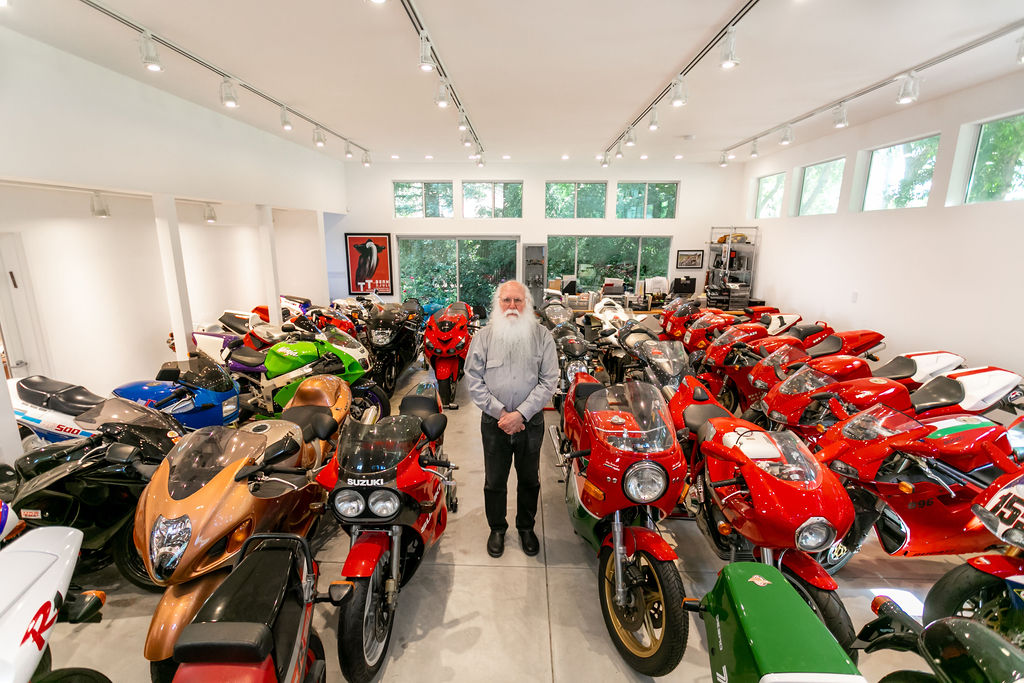
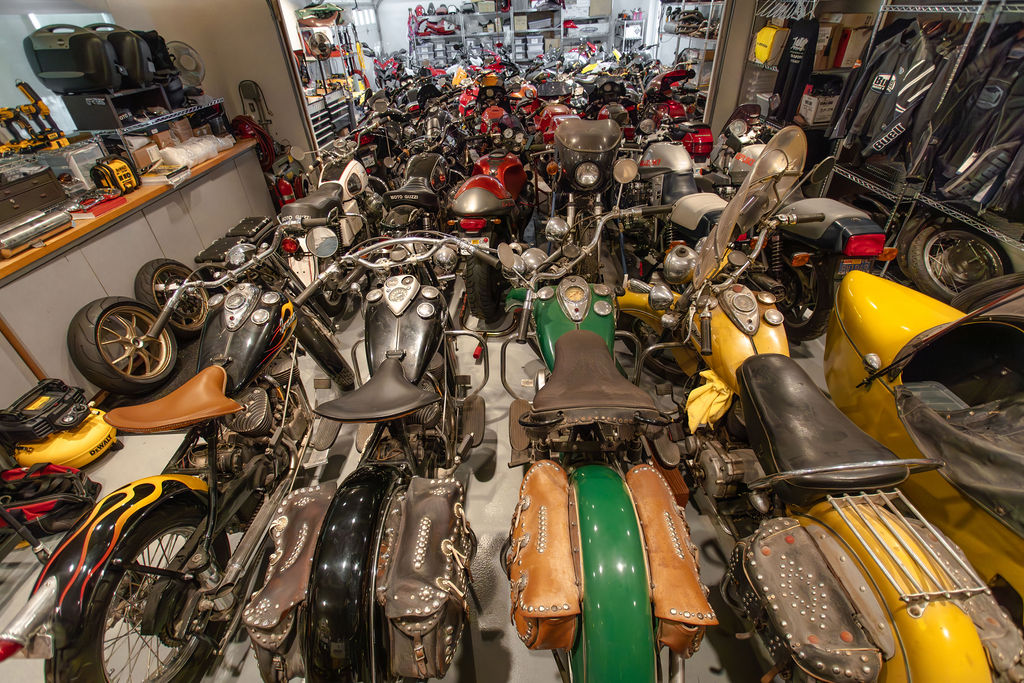
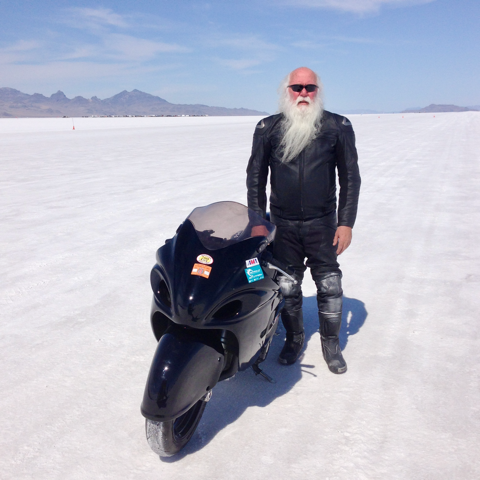
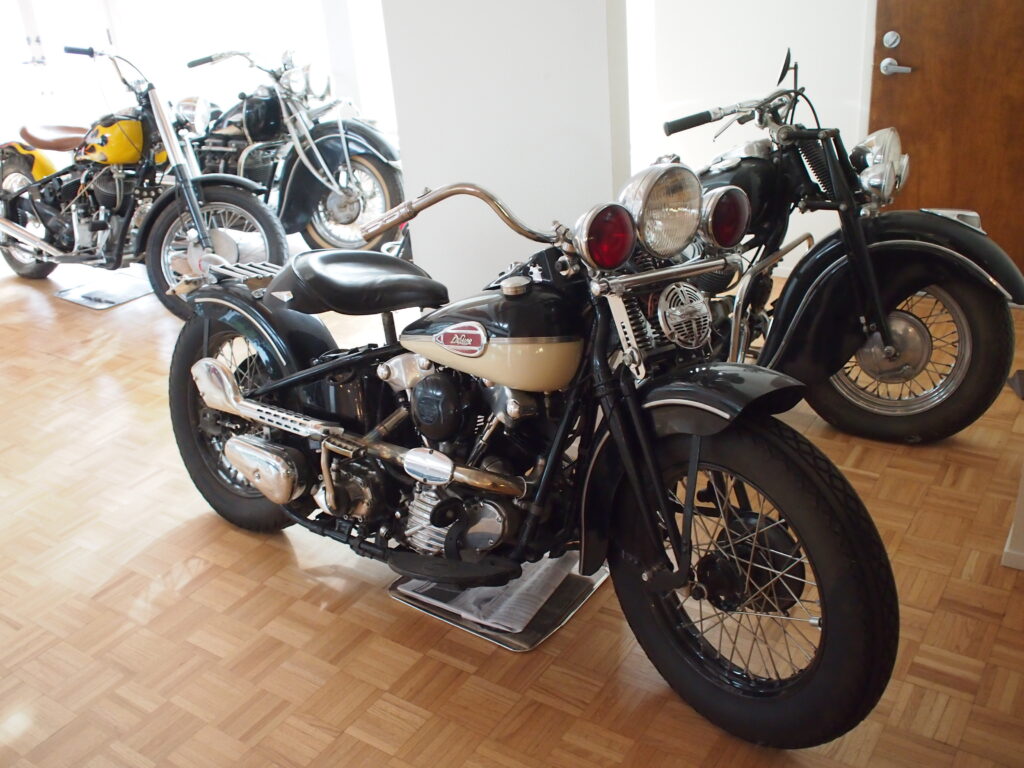
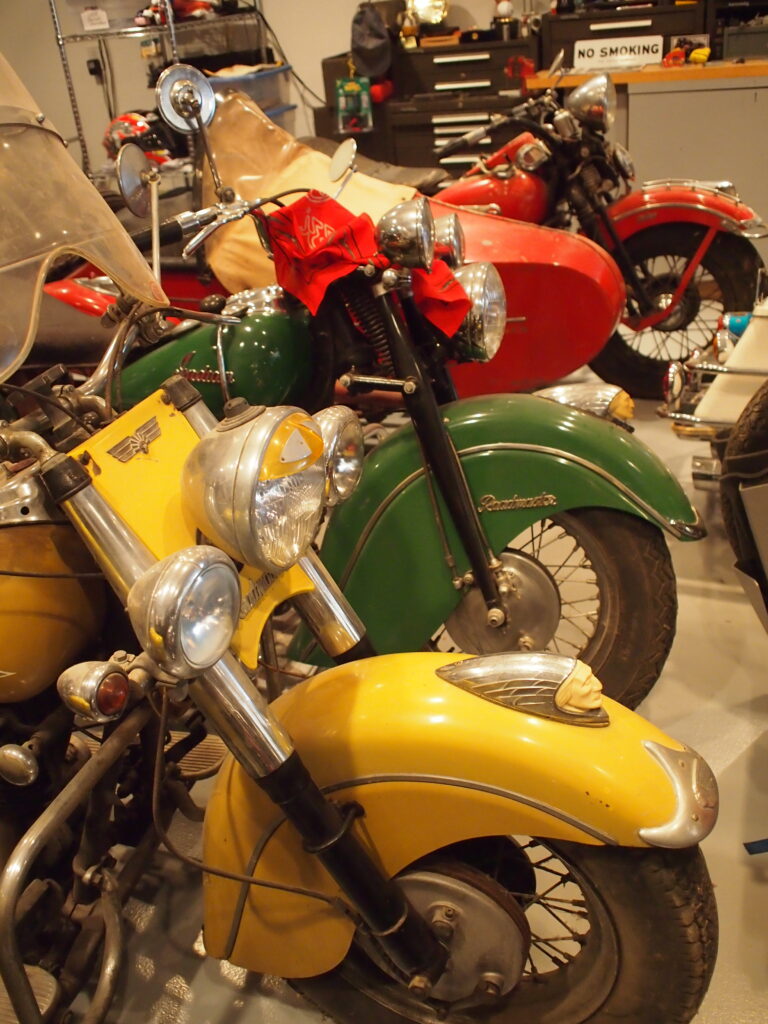
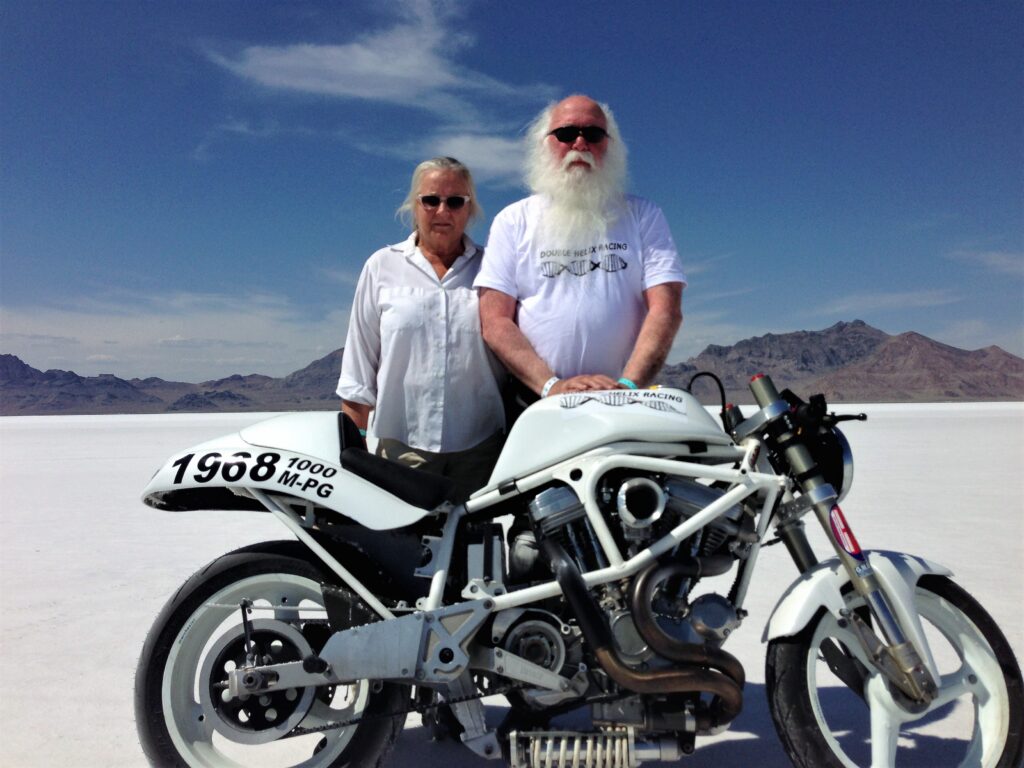
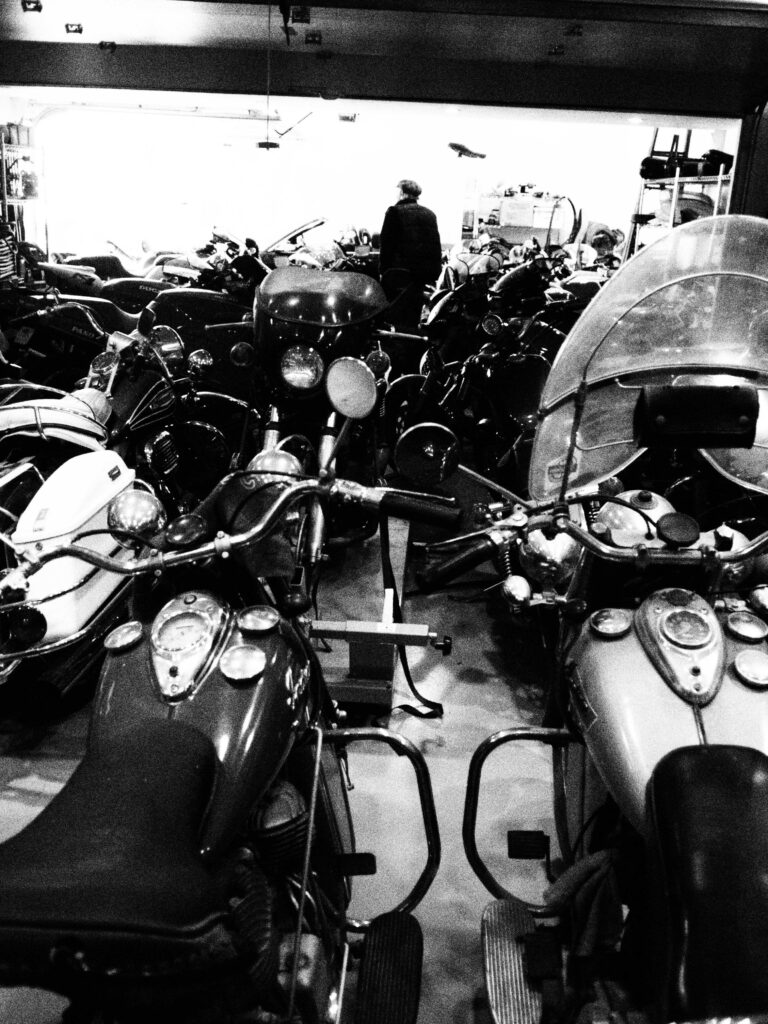
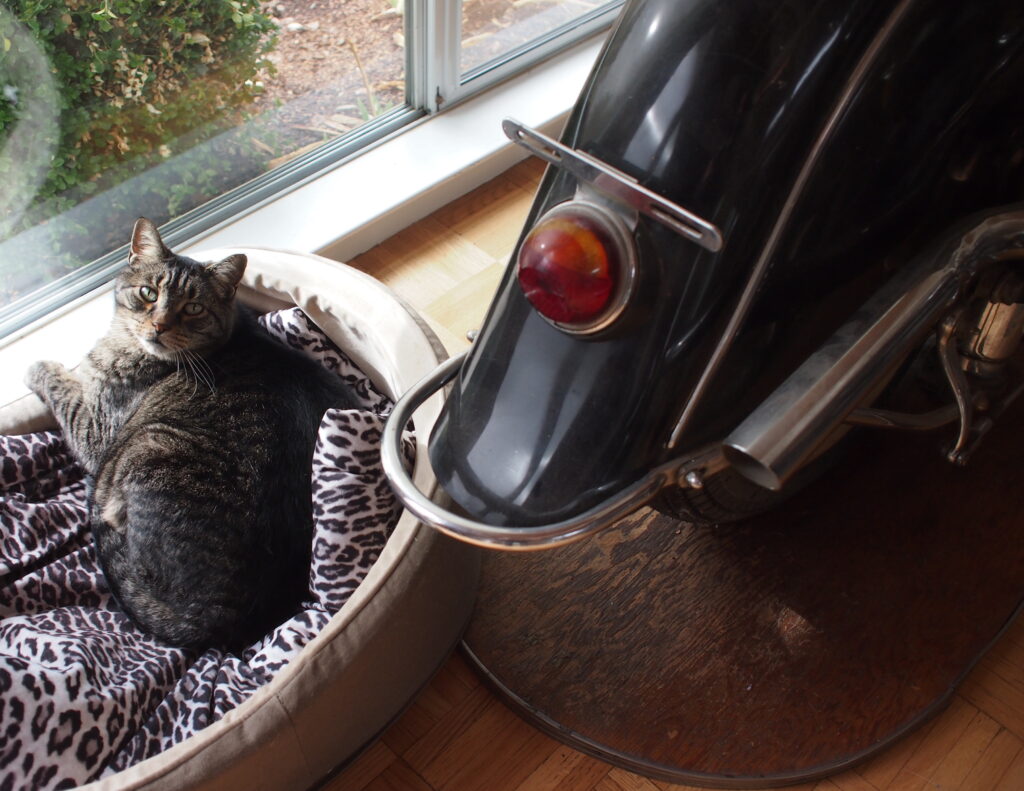
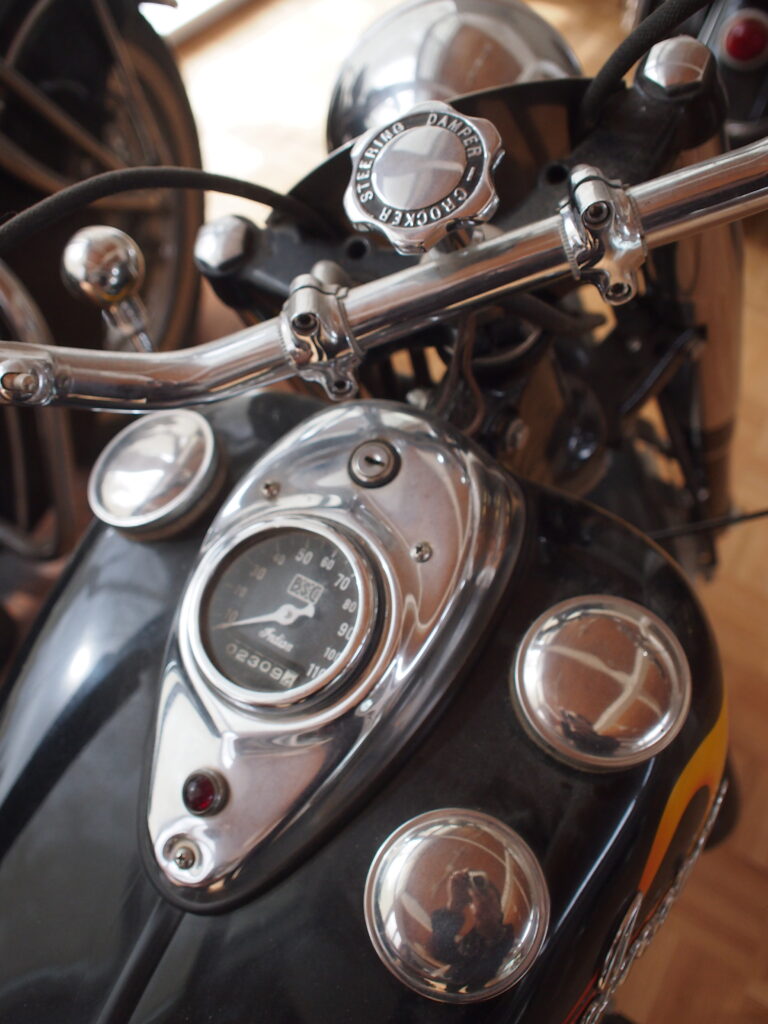

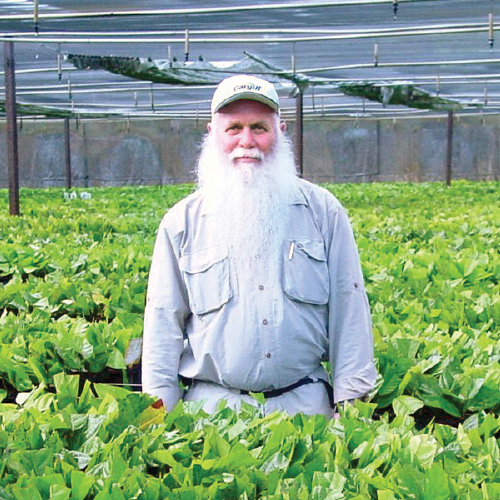

"Give a Bike, Change a Life" - Bill Getty
Here’s a novel idea. If you have more than, say, five or six motorcycles and you have the means to do so, give one away to a young person. For years, that’s what Bill Getty of JRC Engineering in Perris, California has been doing. Importantly, more than just giving away the machine, Bill also mentors the kid and figures he’s passed along close to 100 motorcycles – thus introducing dozens of youngsters to the thrills of riding. As aging enthusiasts bemoan the lack of enthusiasm for motorcycles among Teens and pre-Teens, isn’t this one solution? The idea harkens back to Bill’s early days as a Boy Scout; he wasn’t given a machine, but Bill's Scoutmaster brought a couple of 80cc Yamahas to a Scout weekend to watch the Big Bear Grand Prix races at Dead Man’s Point. “He let us go out and ride around on them,” Bill recalls. “I came home from that and I told my mother, ‘I’m going to get me a motorcycle’, and she said, ‘You’ll get a motorcycle over my dead body’. I told her I’d risk it.”
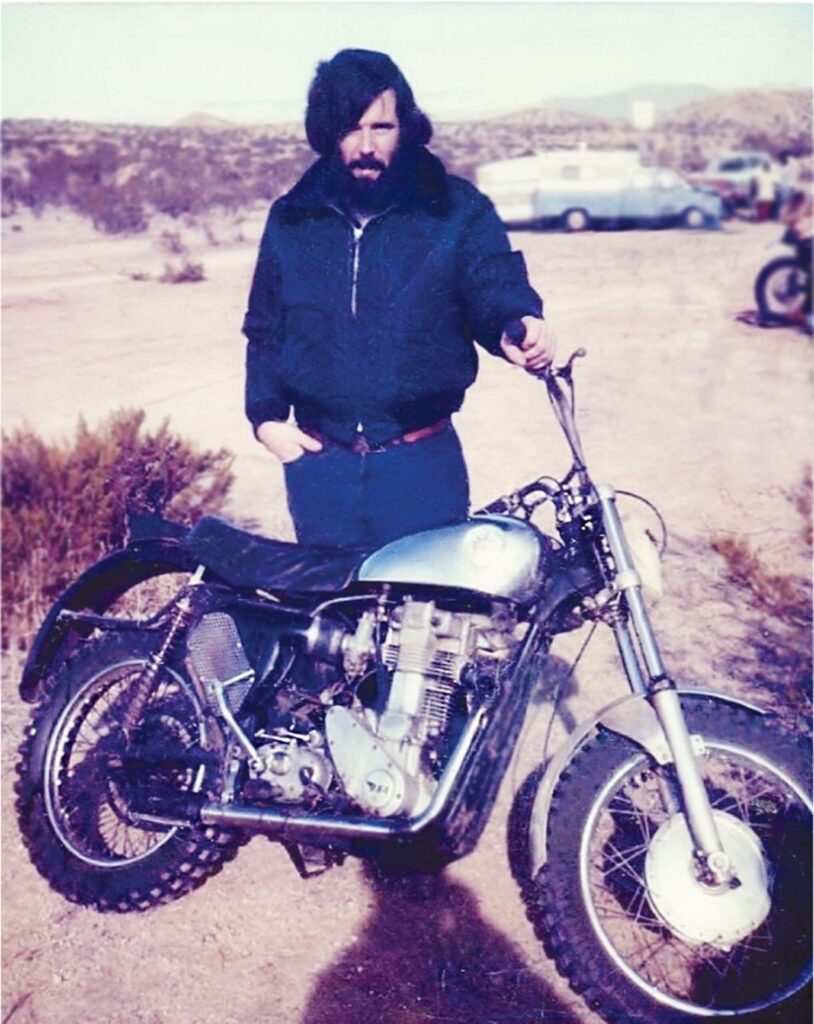
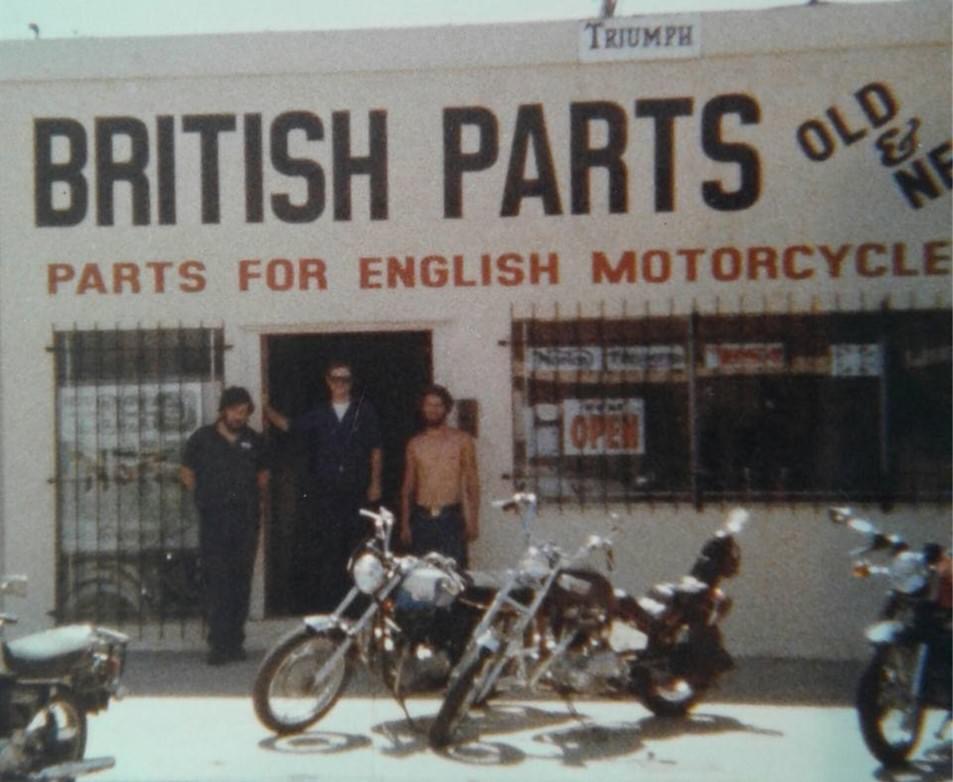
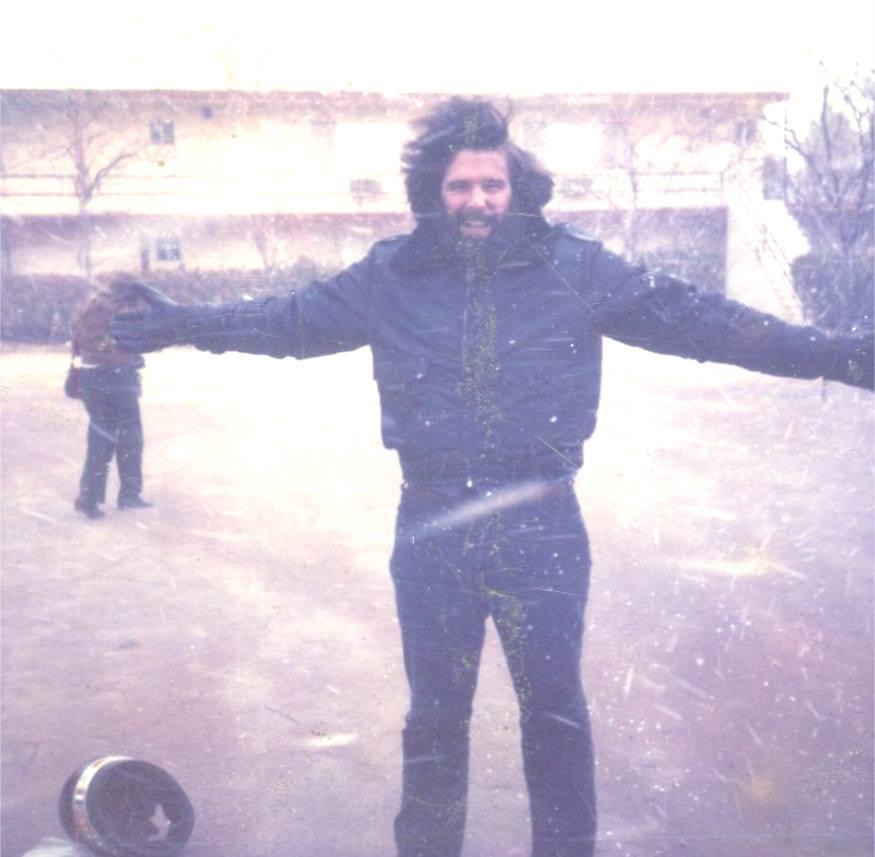

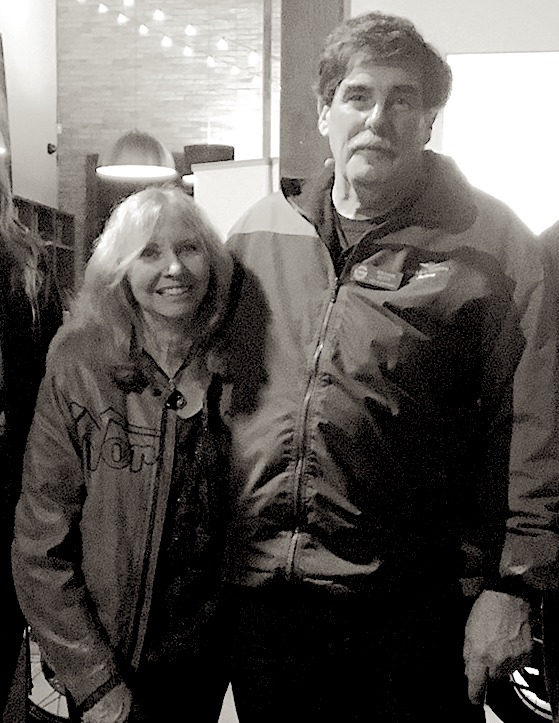
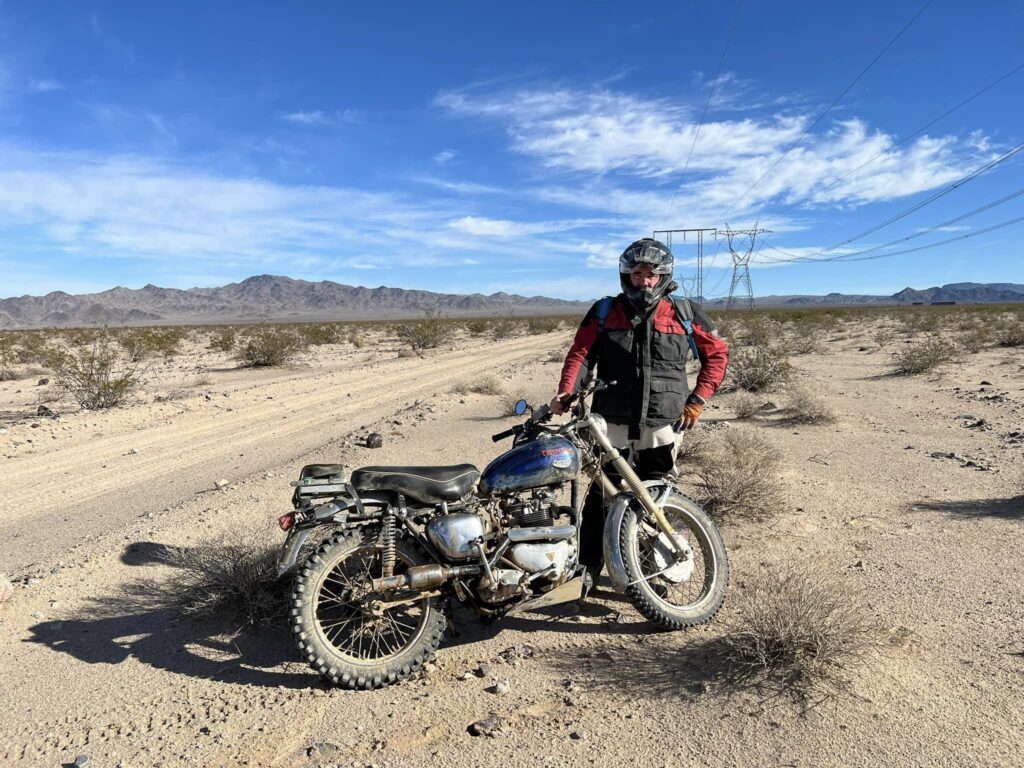
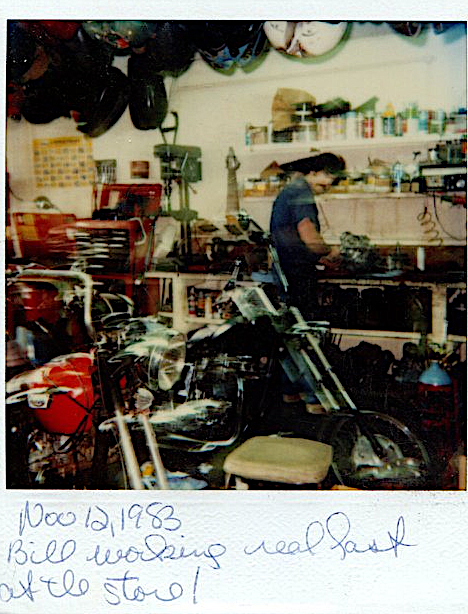
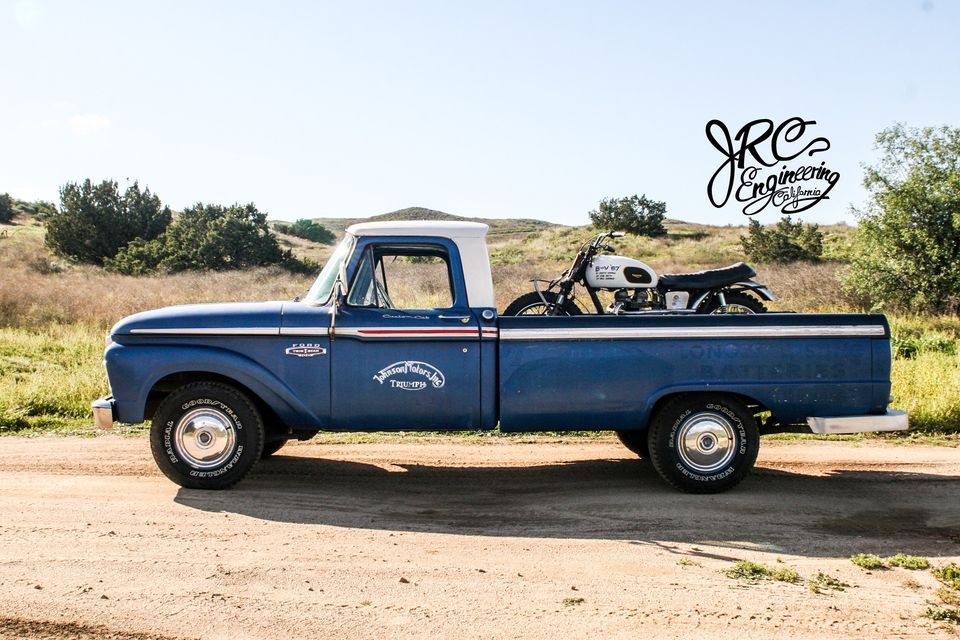
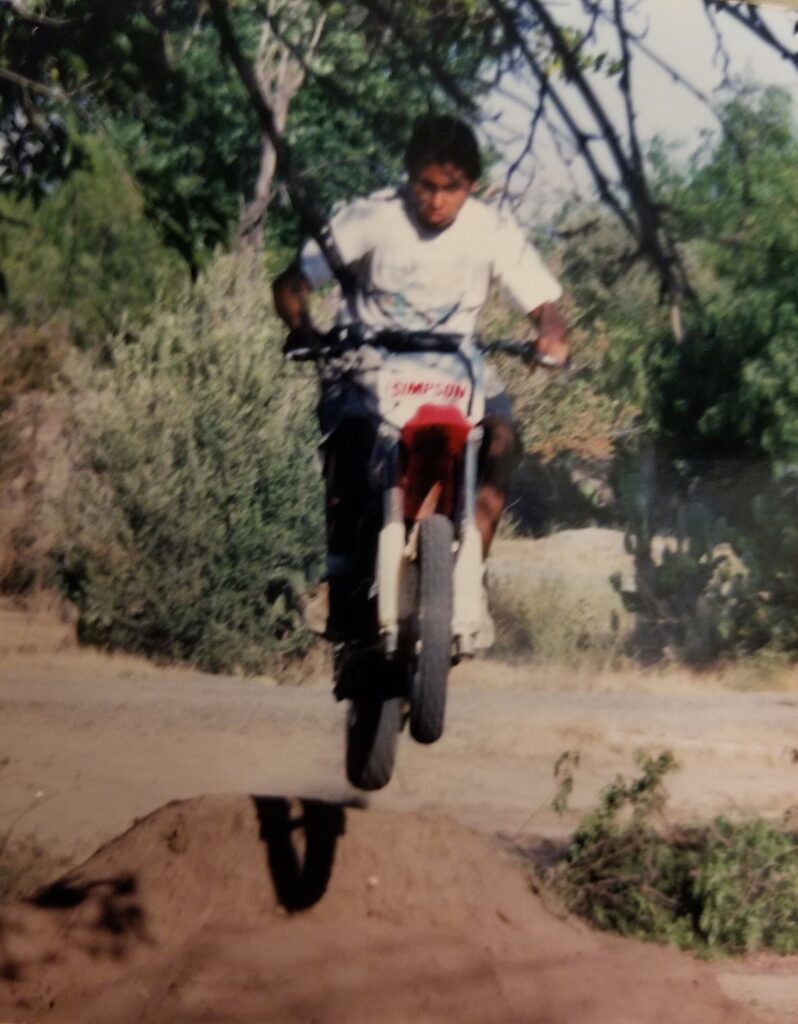
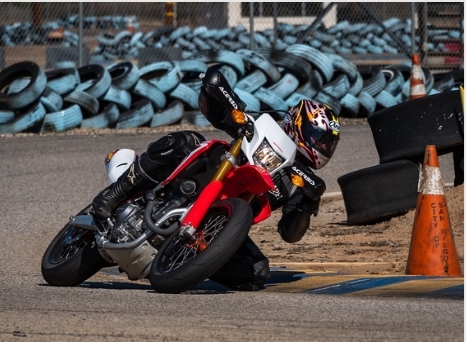
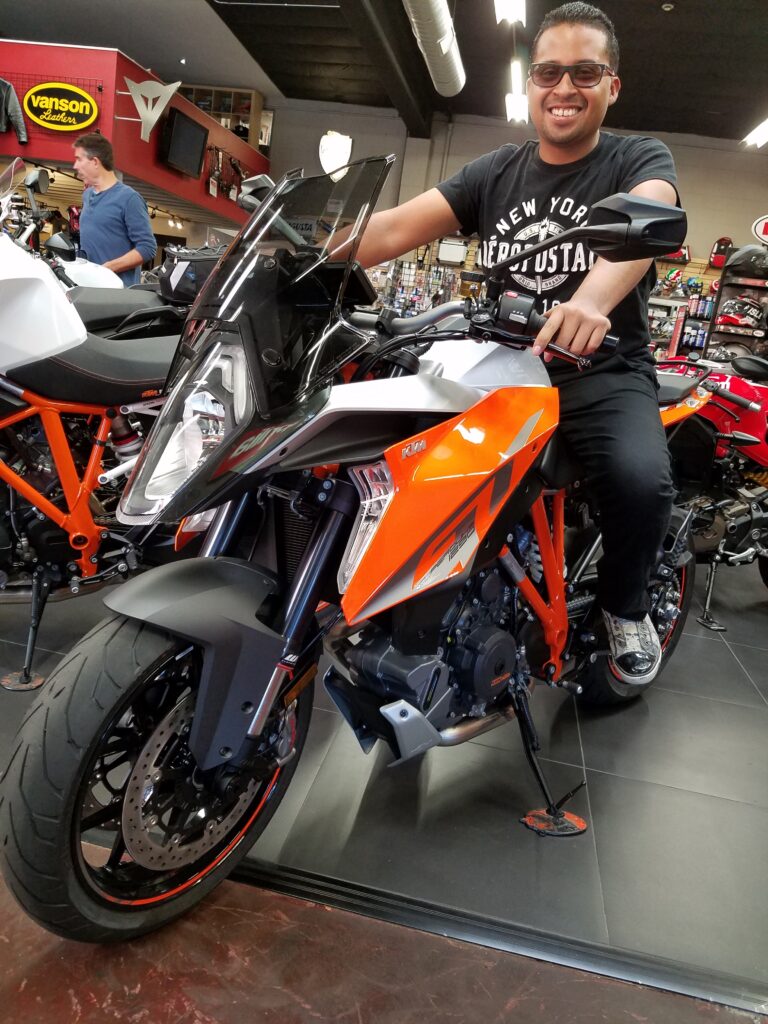
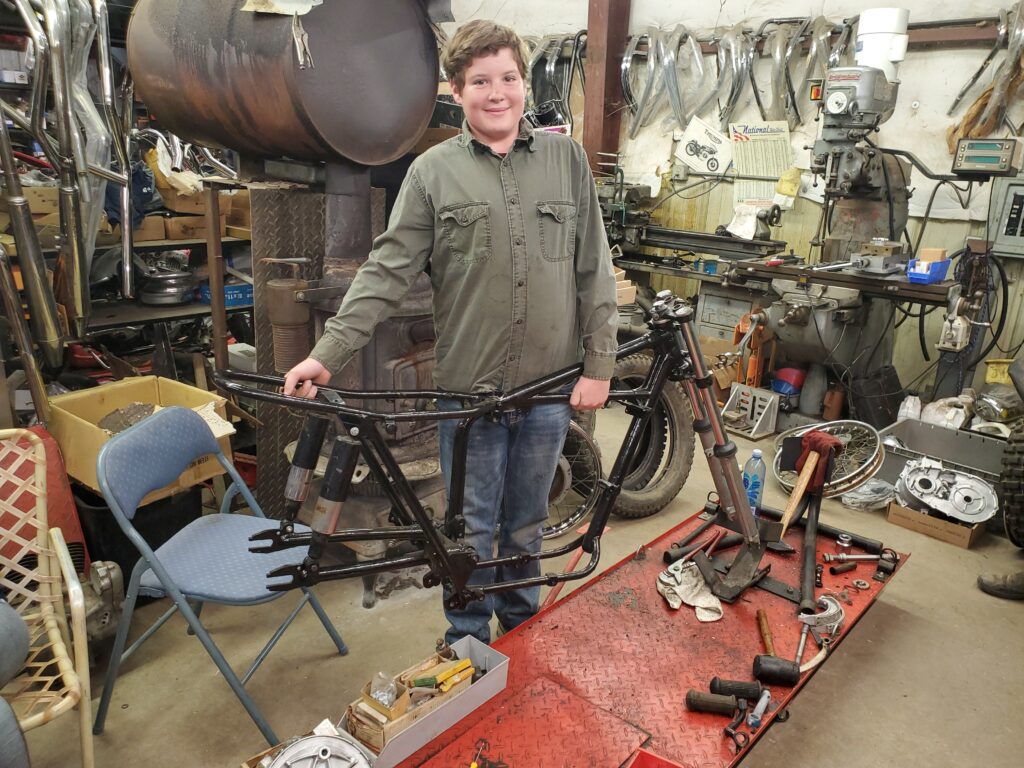
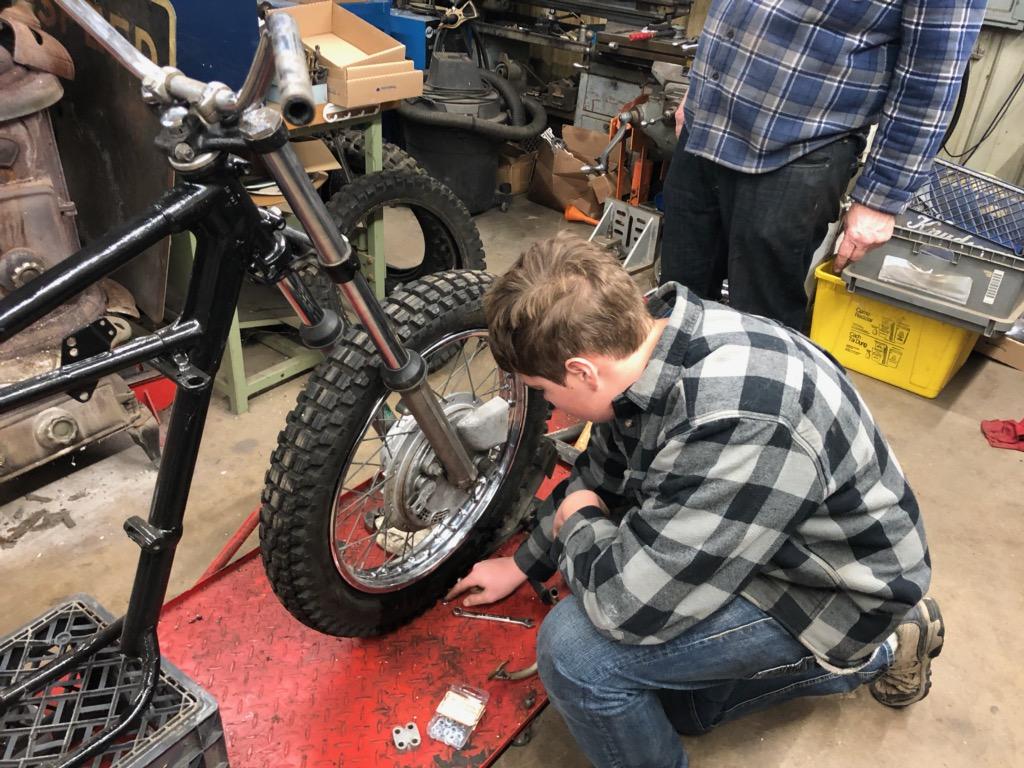
Author’s Note - Greg Williams:
Bill Getty is on to something by passing along motorcycles and providing mentorship to young people. In my case, I’ve known Griffin Smith, now 27, his entire life. When he was a youngster, I’d give him tin motorcycle wind-up toys. When he was 7, he and his dad came over to help unload a 1939 Triumph Speed Twin project without the forks. In his early teens we mechanically rebuilt an early D1 BSA Bantam, then, with his dad, a 1969 BMW R69S. He took a motorcycle training course, and then took his test aboard my 1972 Honda CB350. After completing a 1952 Triumph T100 bob job, I had Griffin put some miles on the bike. I was impressed with how he handled the machine, and thinking I’d leave the Triumph to him in my will, I quickly realized I’d rather see him riding the bike while I was still around to witness it.
